Chefchauen
We started the trip driving down from Aveiro, Portugal, and our first stop was the lovely blue village of Chefchaeun, where we stayed for one night. Our hotel was near the Outa El Hammam square, which has several colorful restaurants with breakfast and dinner menus. Even though this is a touristic area within Chefchauen, the food prices are reasonable even for portuguese standards.
There are some narrow streets where markets are held, but in this village we were never approached by the merchants nor passing locals, which is more frequent in other parts of the country.
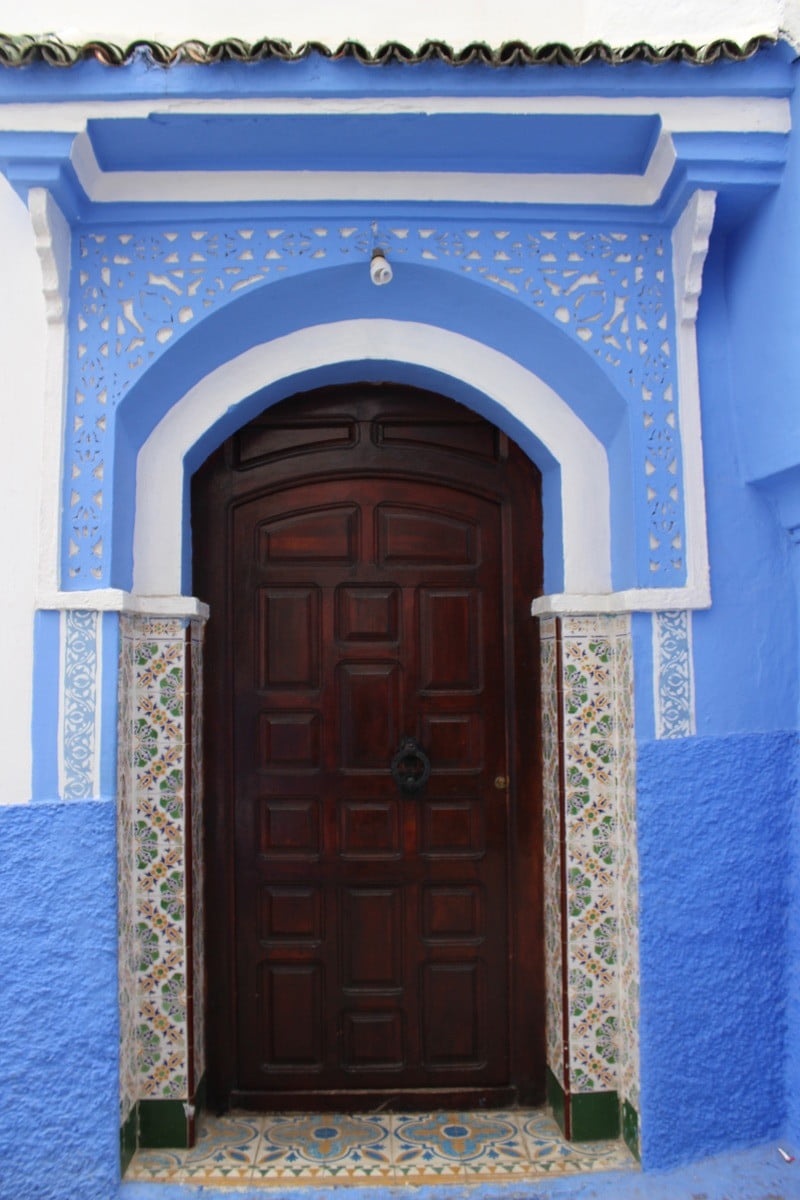
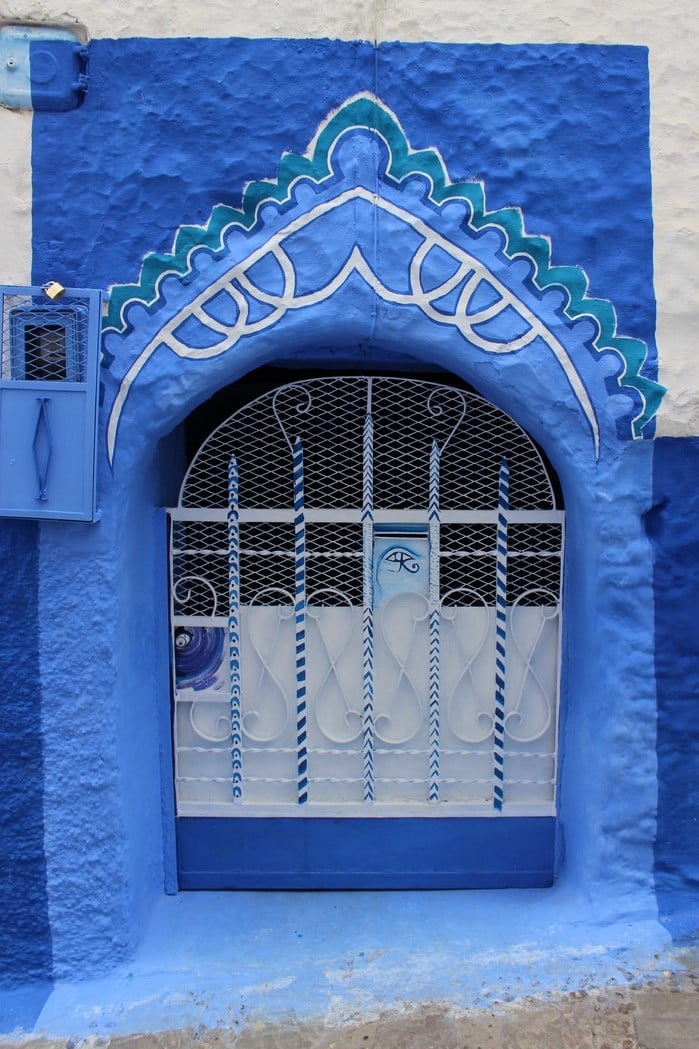
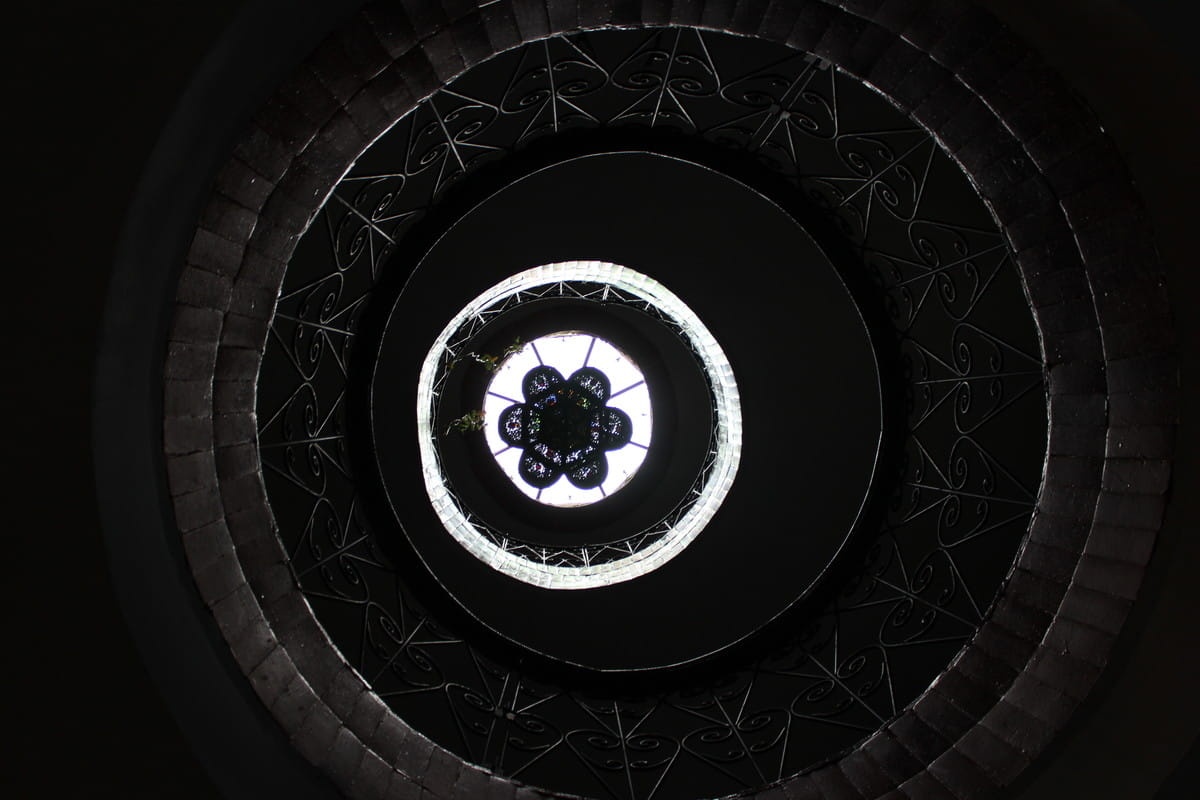
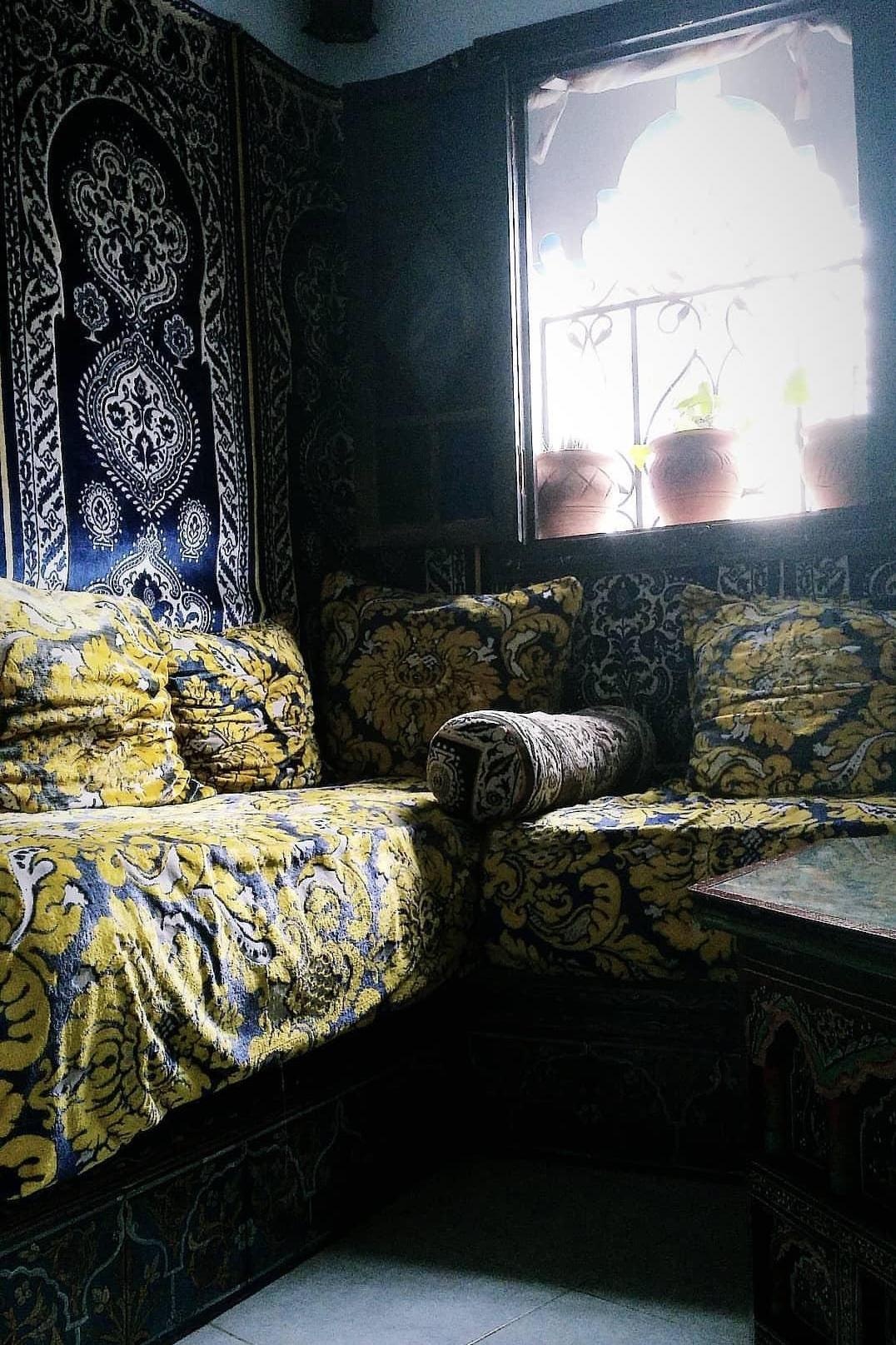
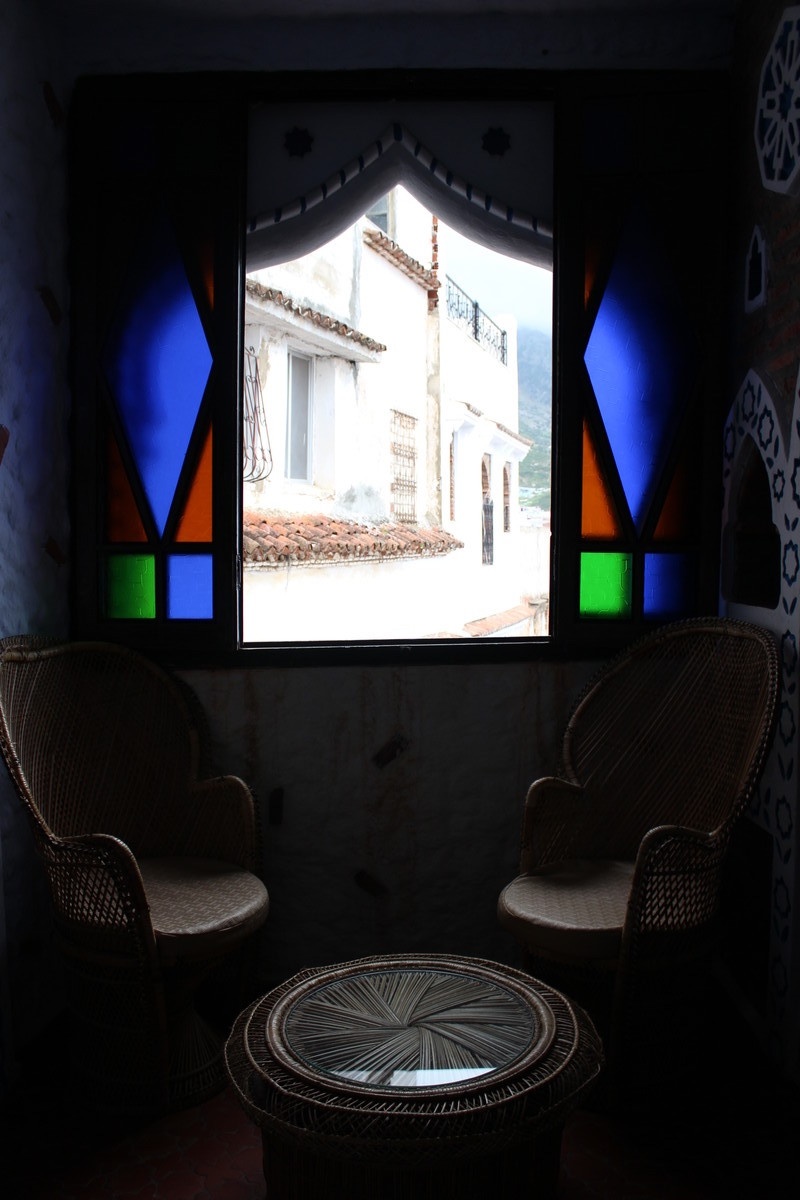
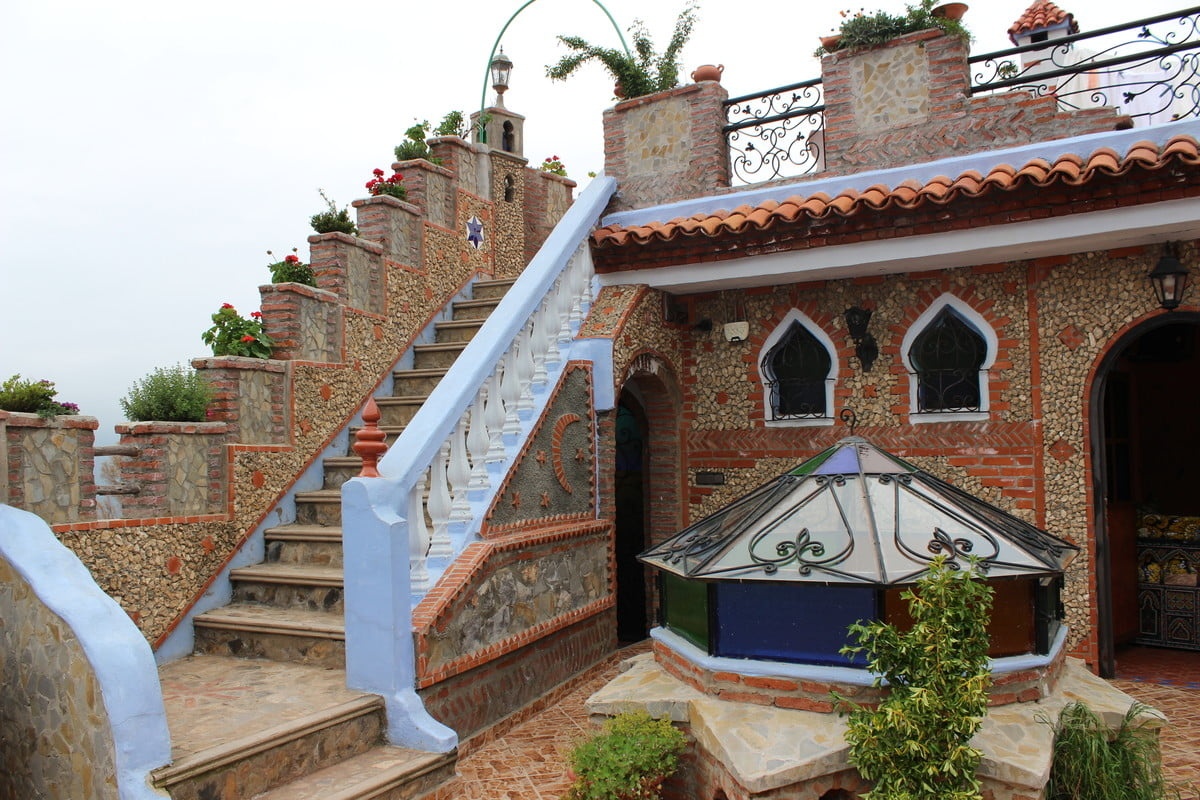
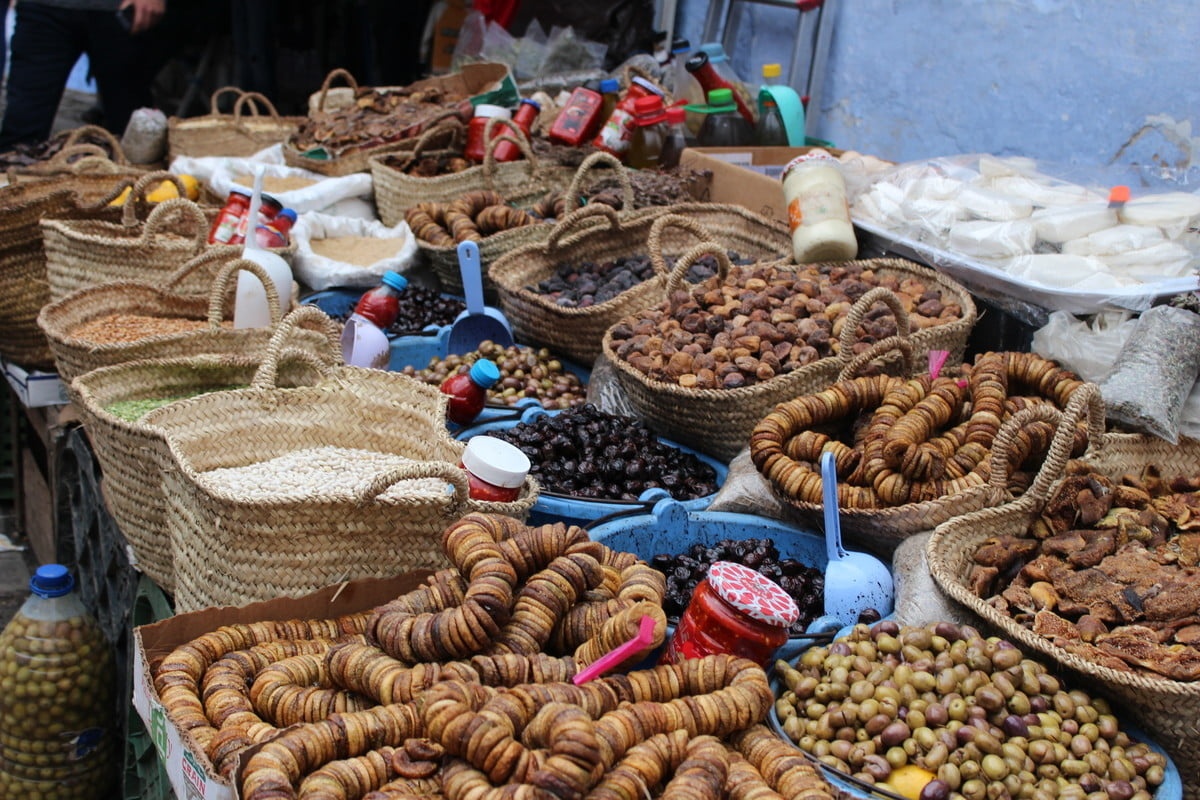
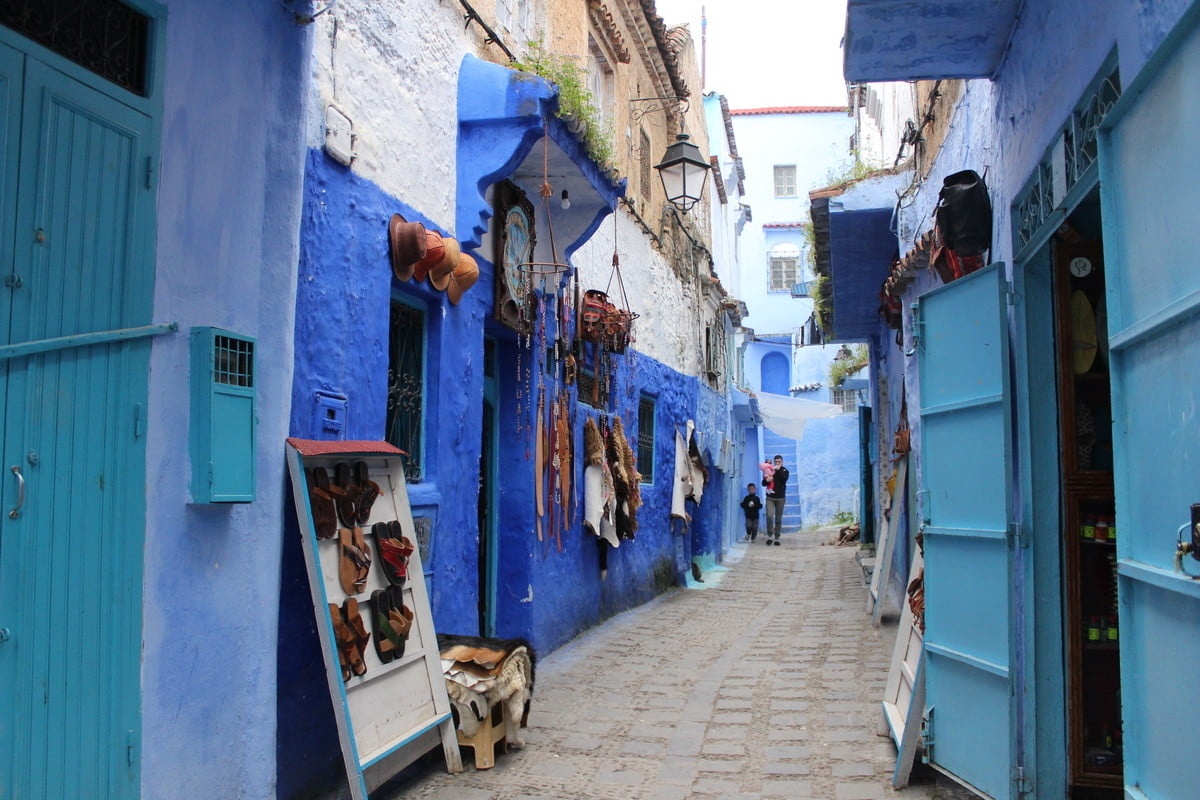
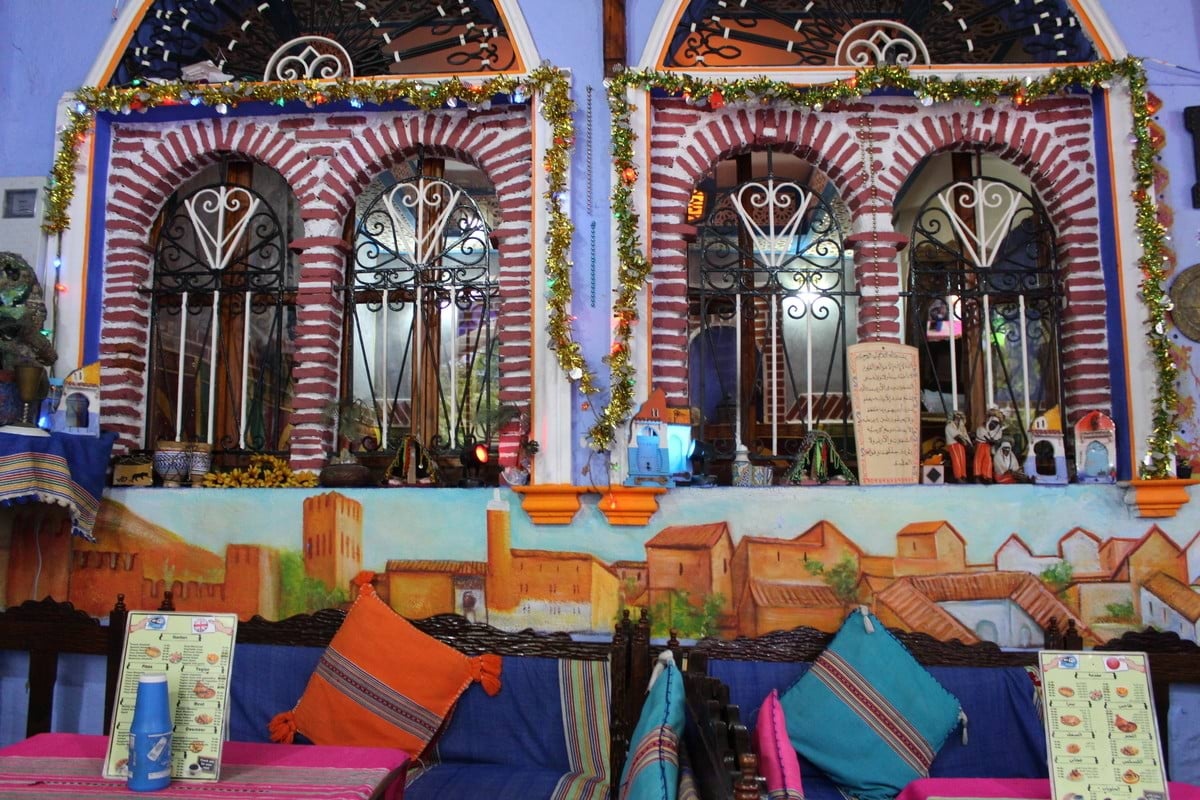
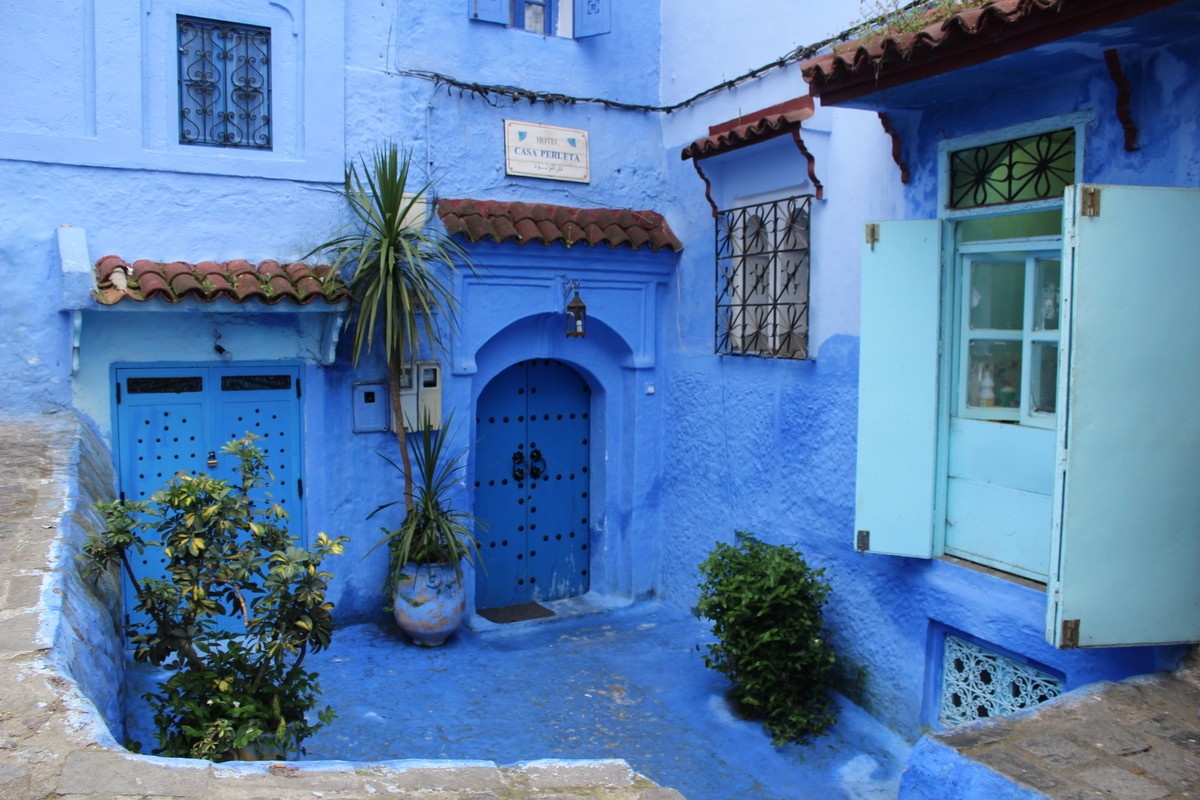
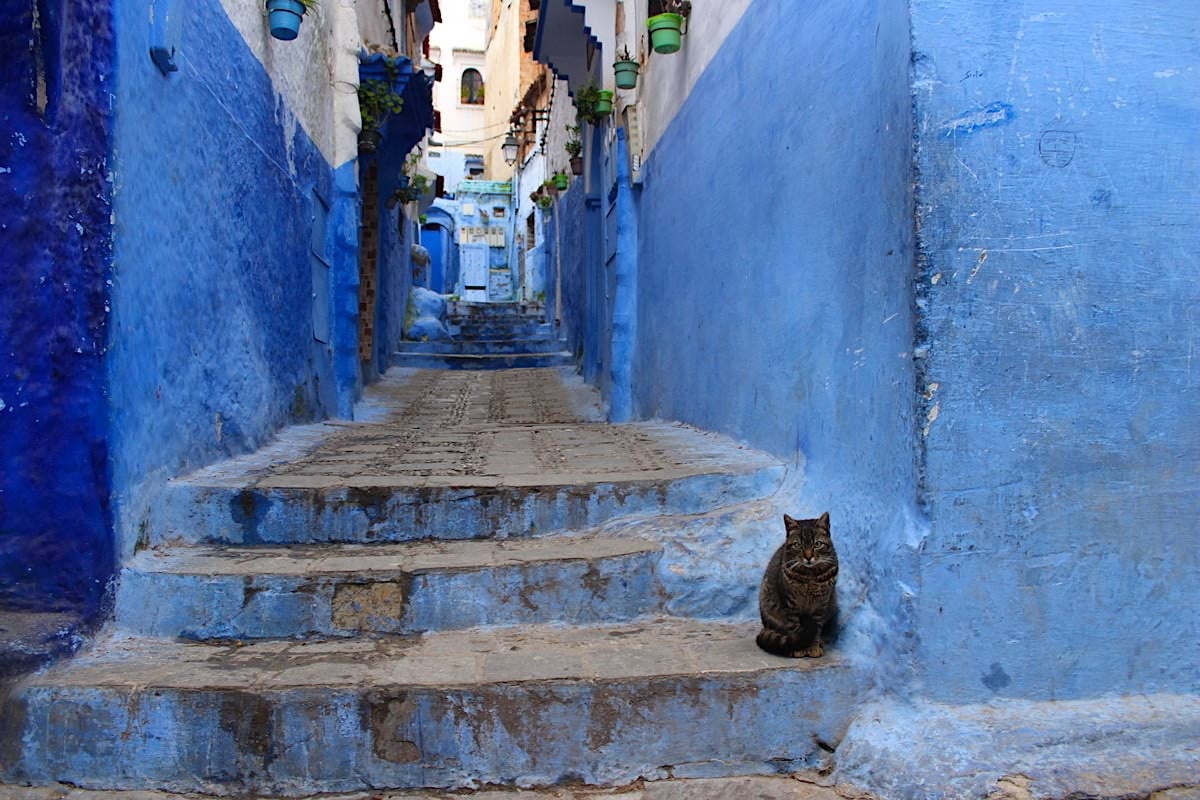
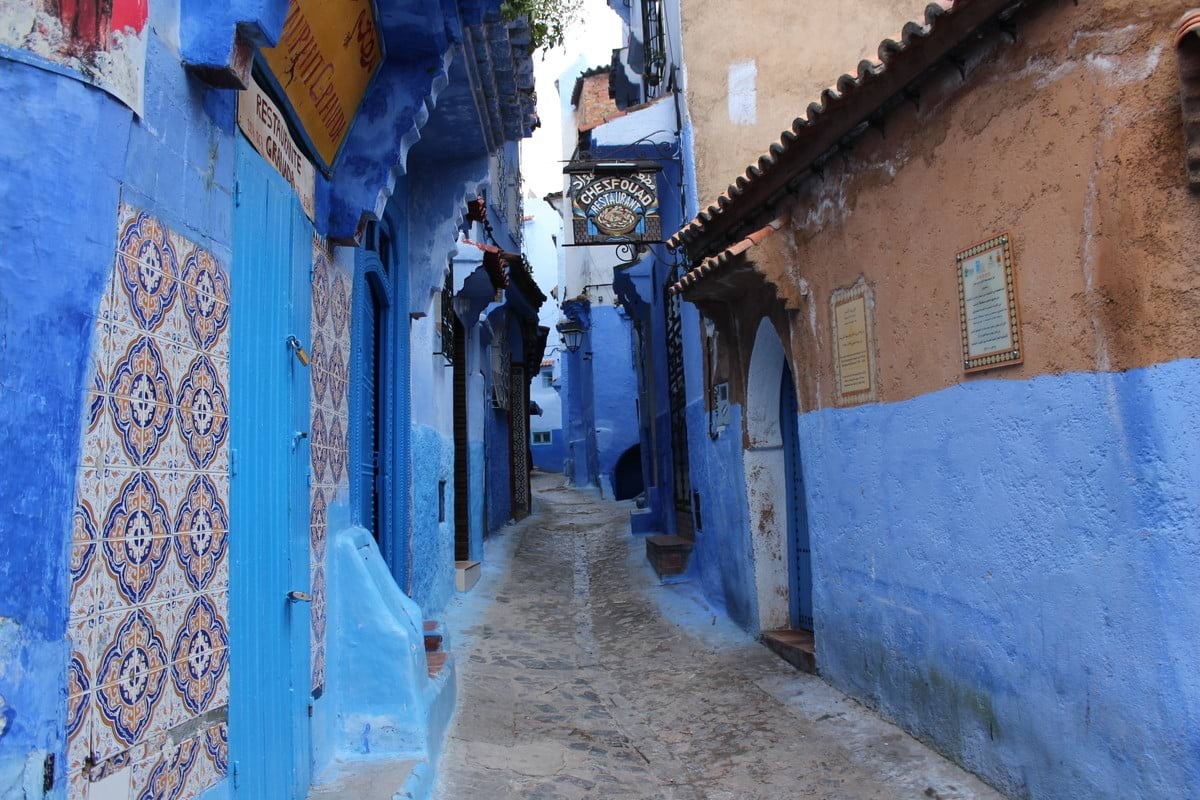
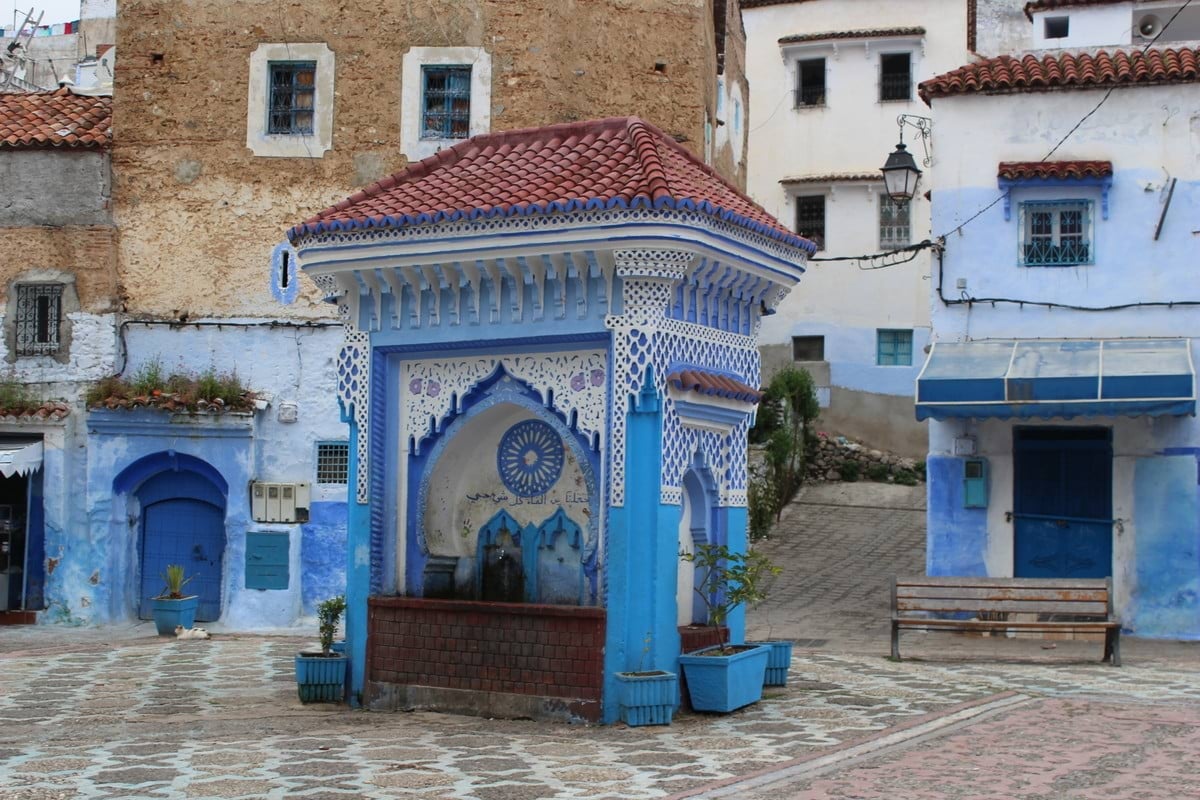
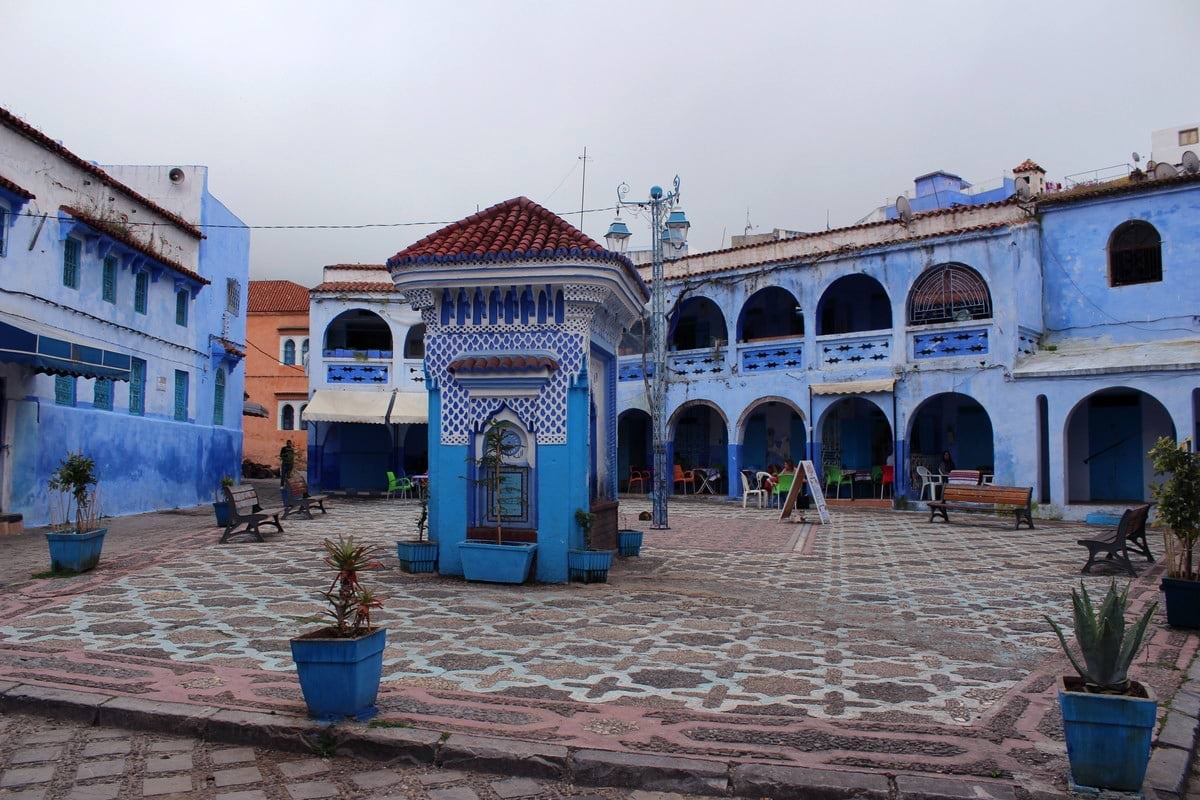
On our way to Marrakesh, we made a pit stop in Casablanca, as there is located the only Mosque in Morocco that allows non-Muslim tourists to visit inside — in any other part of the country, that is forbidden by law. We bought our tickets at the entrance, and were assigned a tour guide. This was a quick process, but, of course, waiting times may vary depending on the time of the year.
Side note: by then we were starting to feel the effects of the foreign food, and we highly recommend that you go prepared.



We stayed in Marrakesh for two days and it was the most chaotic part of our journey. Since the traffic can be very busy (and not exactly as organized as we’re used to!), and parking can be difficult, we hired a guide to drive us around the city.
There, we visited the Koutoubia Mosque's surrounding gardens, the Saadian Tombs, the Bahia Palace, the Jardin Majorelle, and the Djemaa El Fna, a large square with a market and some other attractions put up by the locals—a good place to interact with the people of Marrakesh.




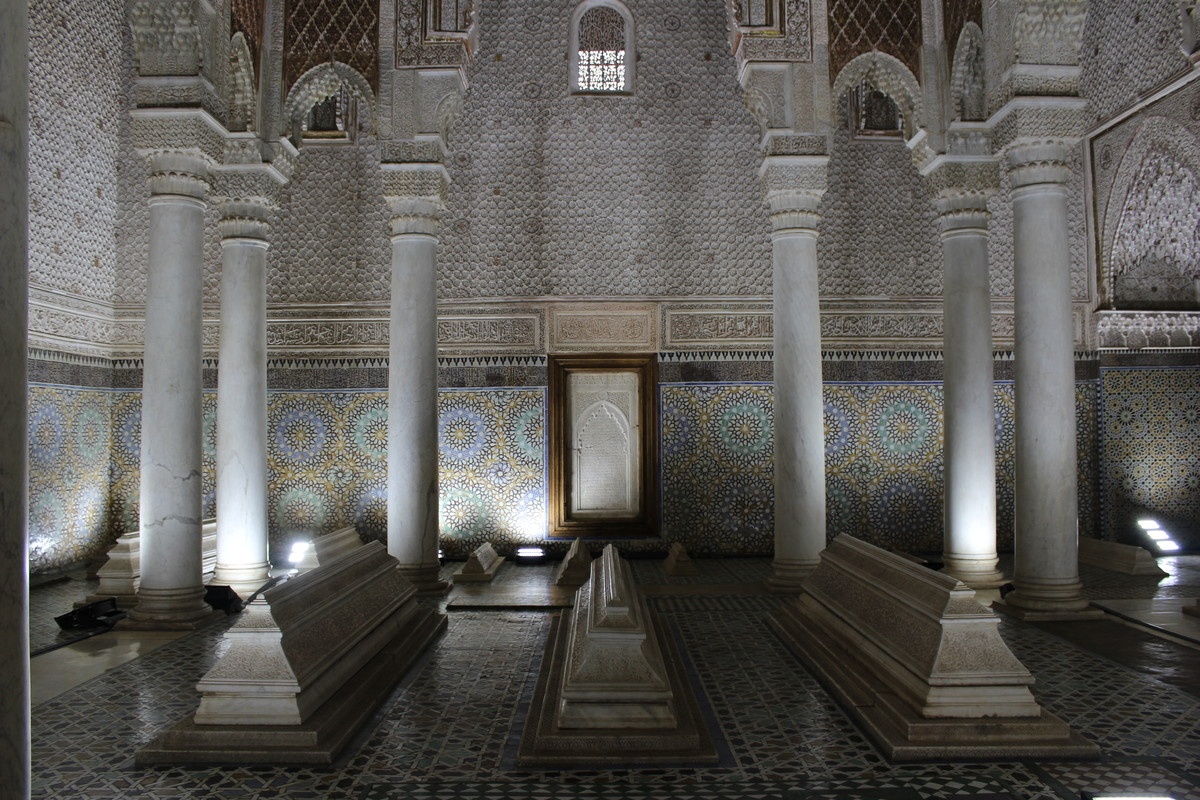

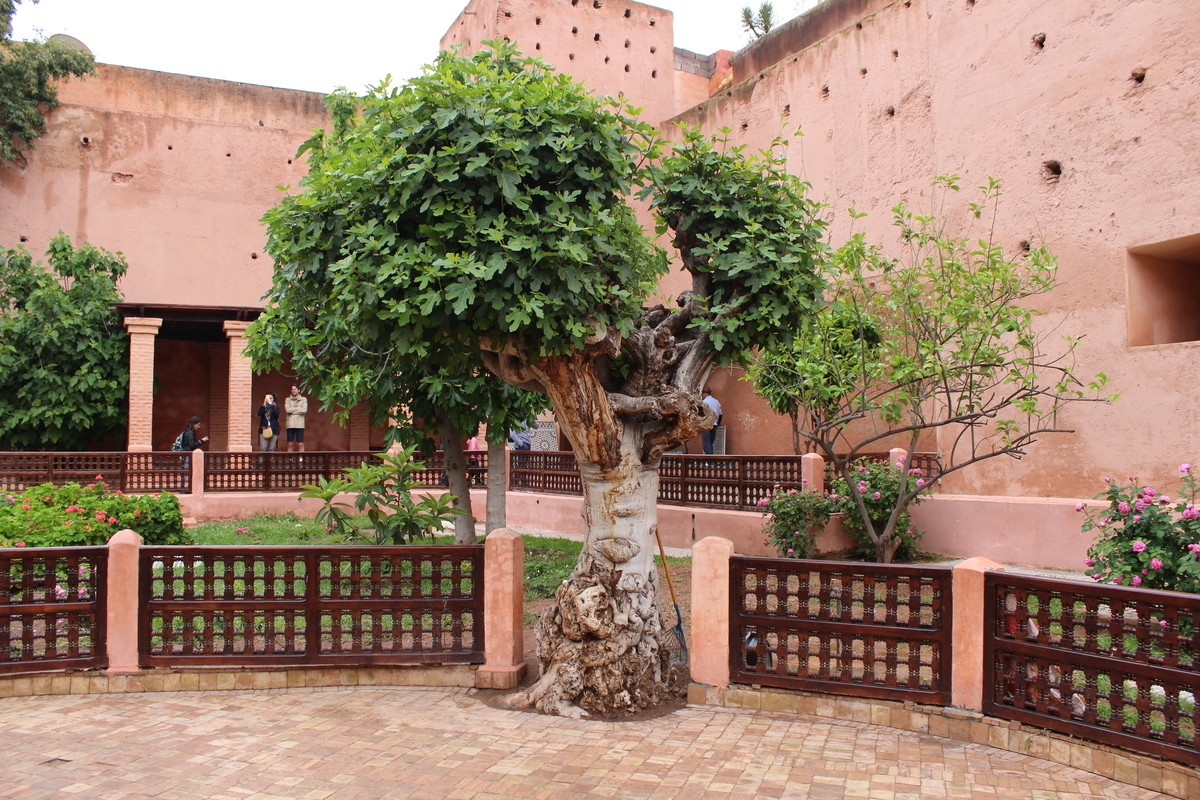
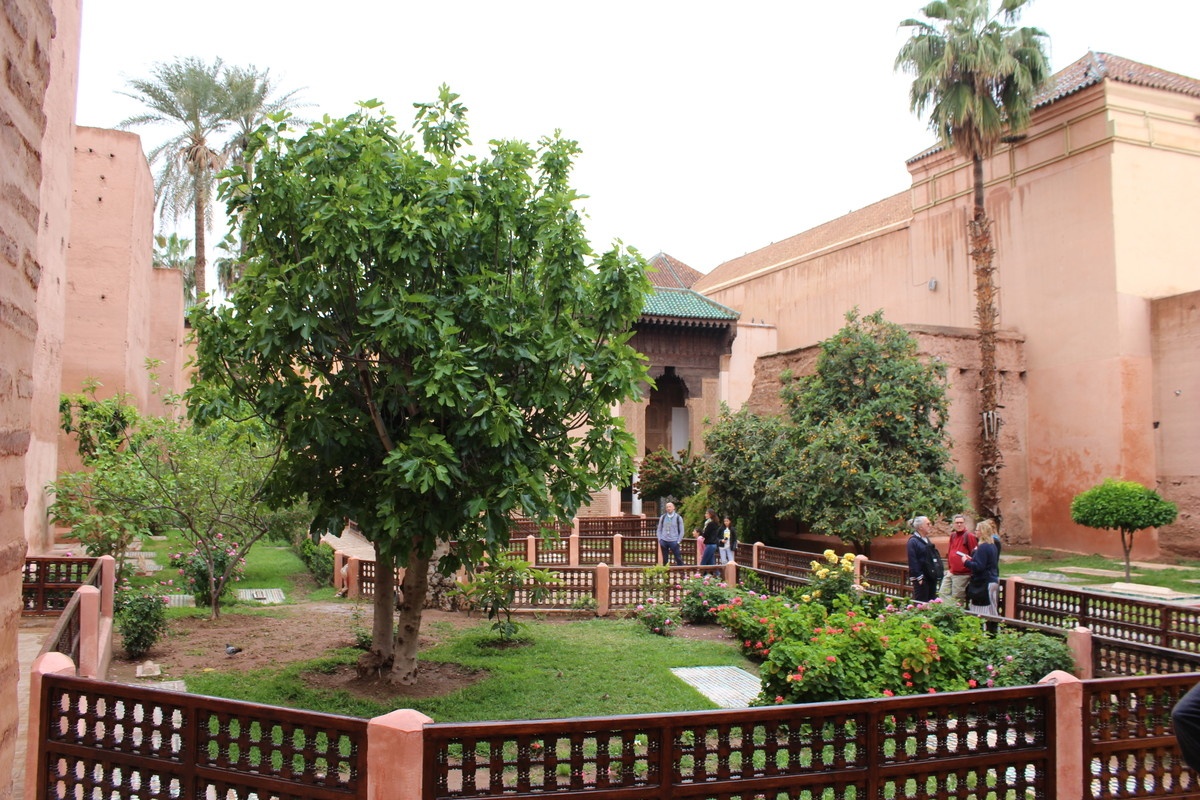
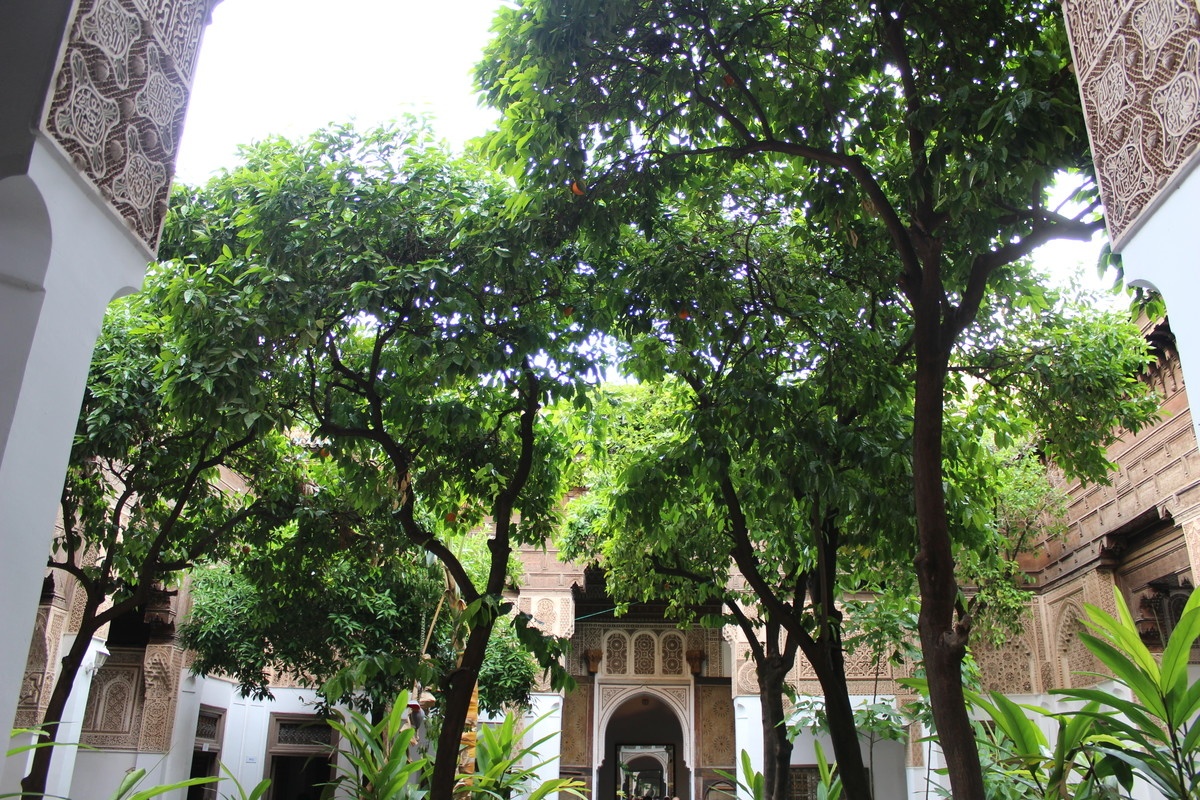
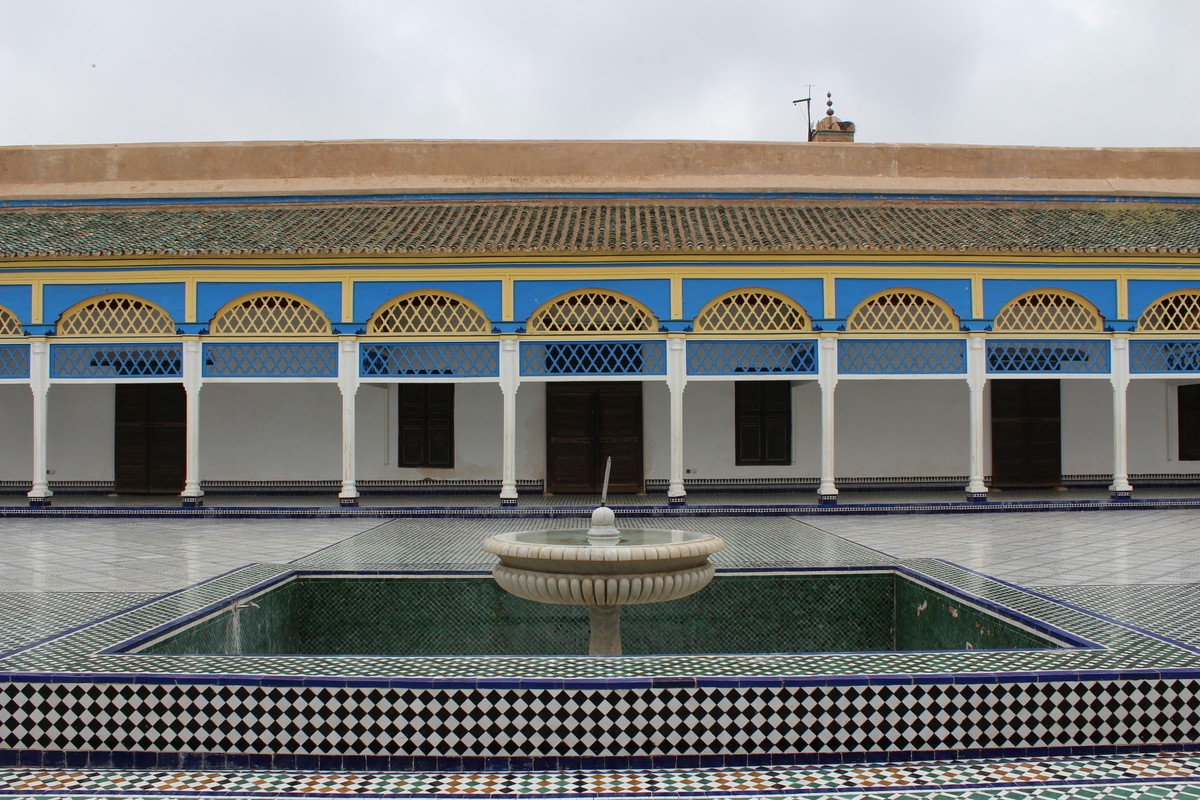
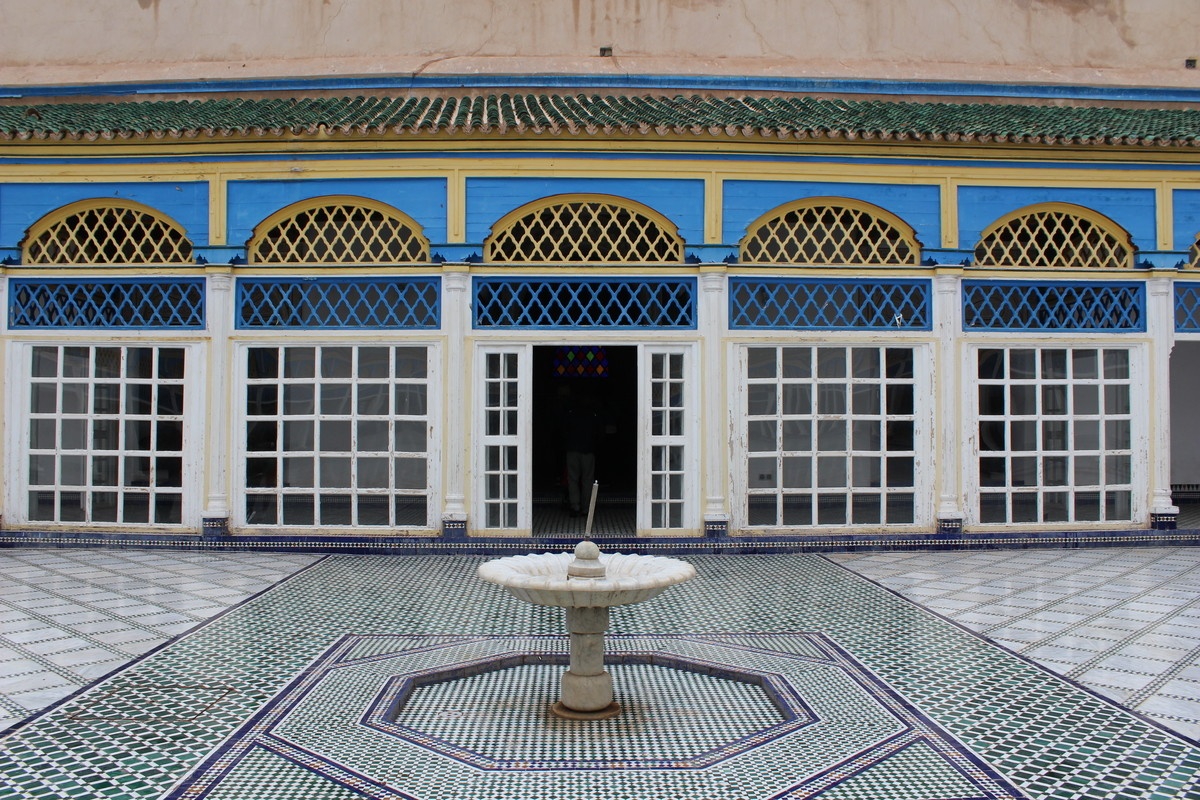
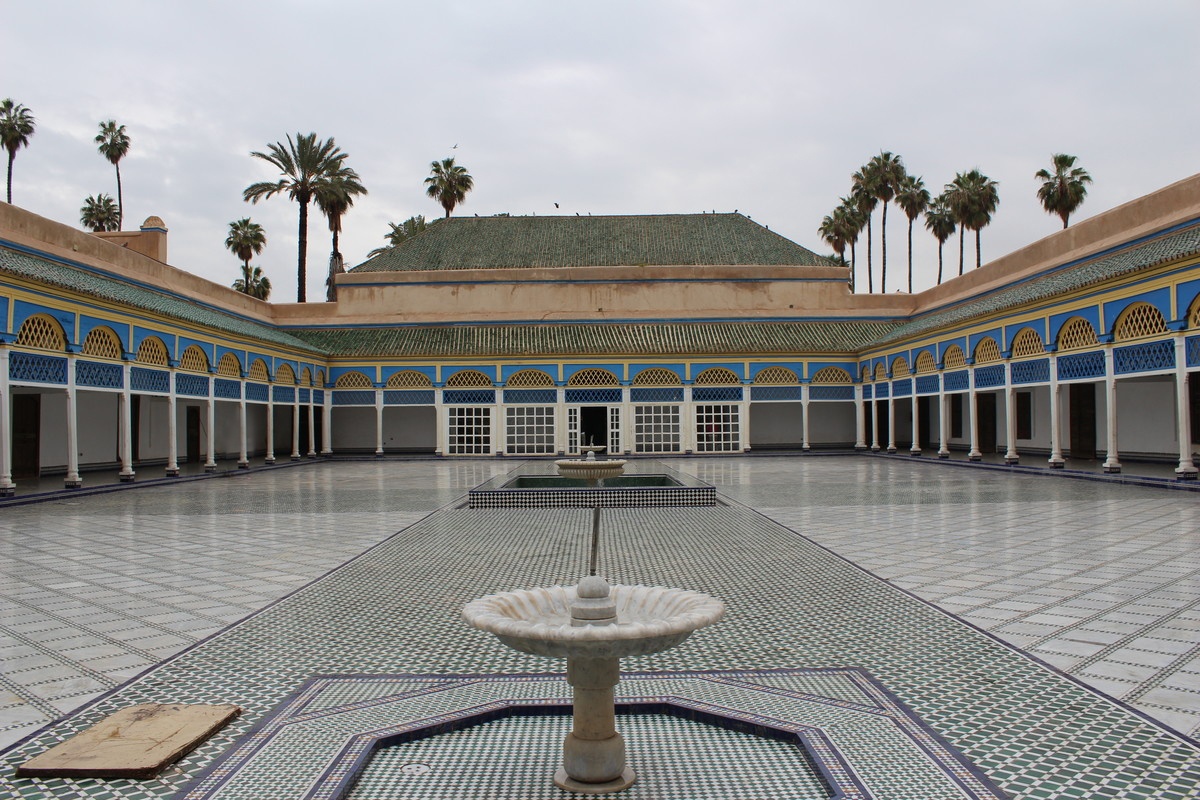
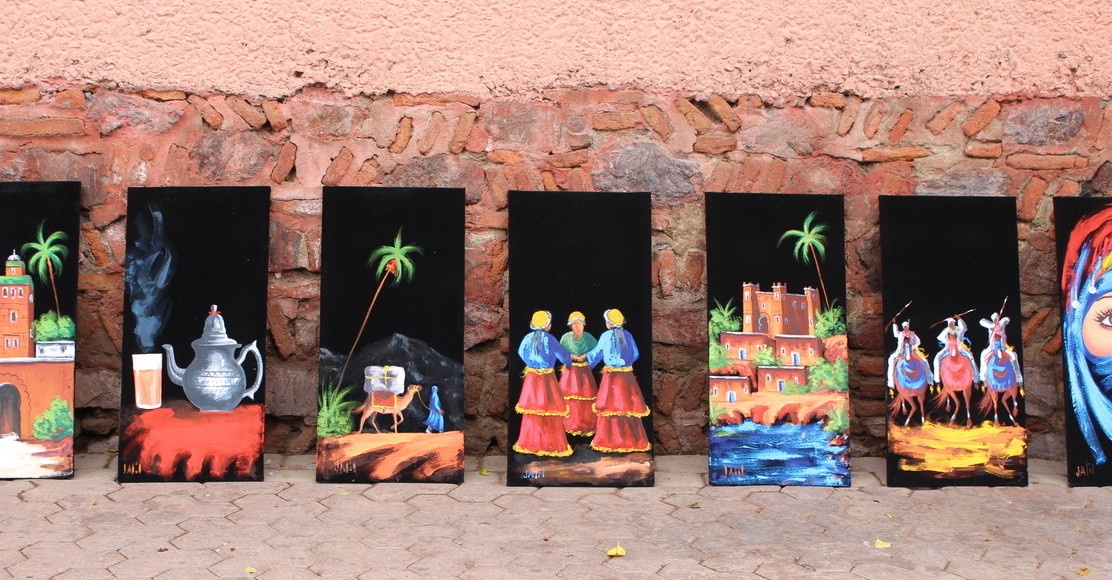
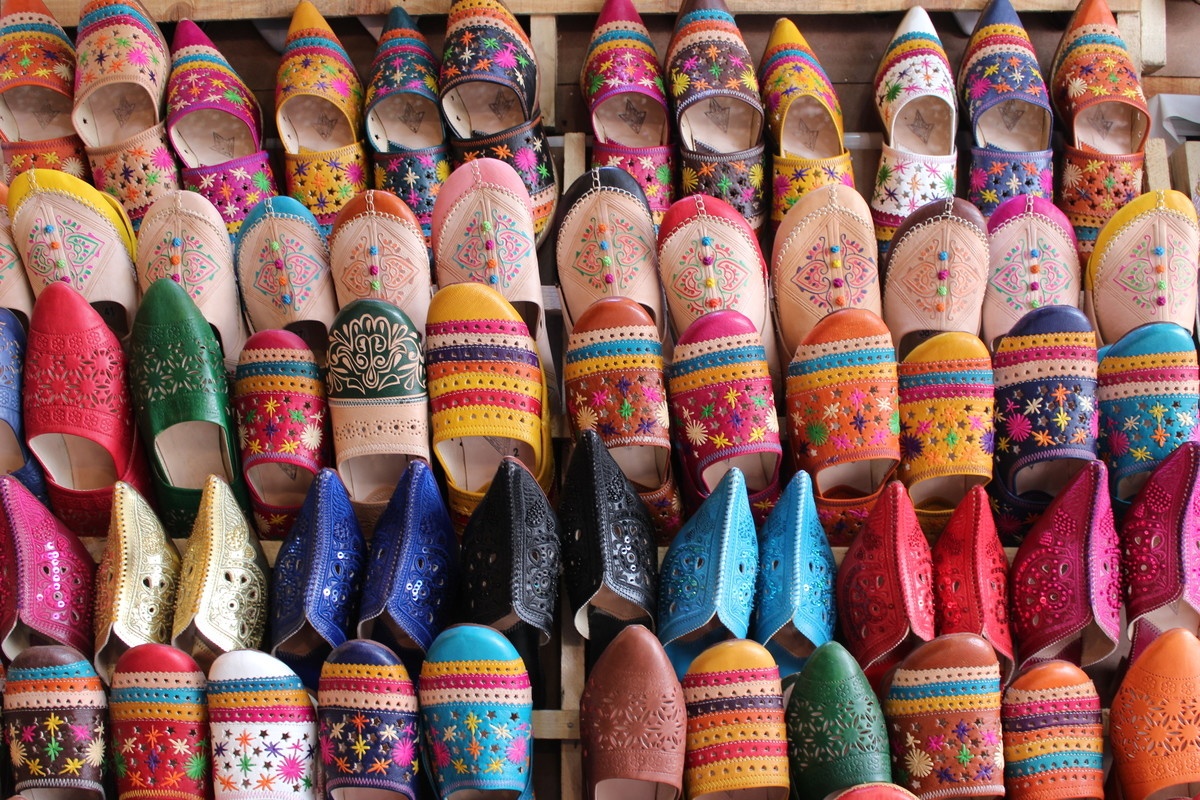
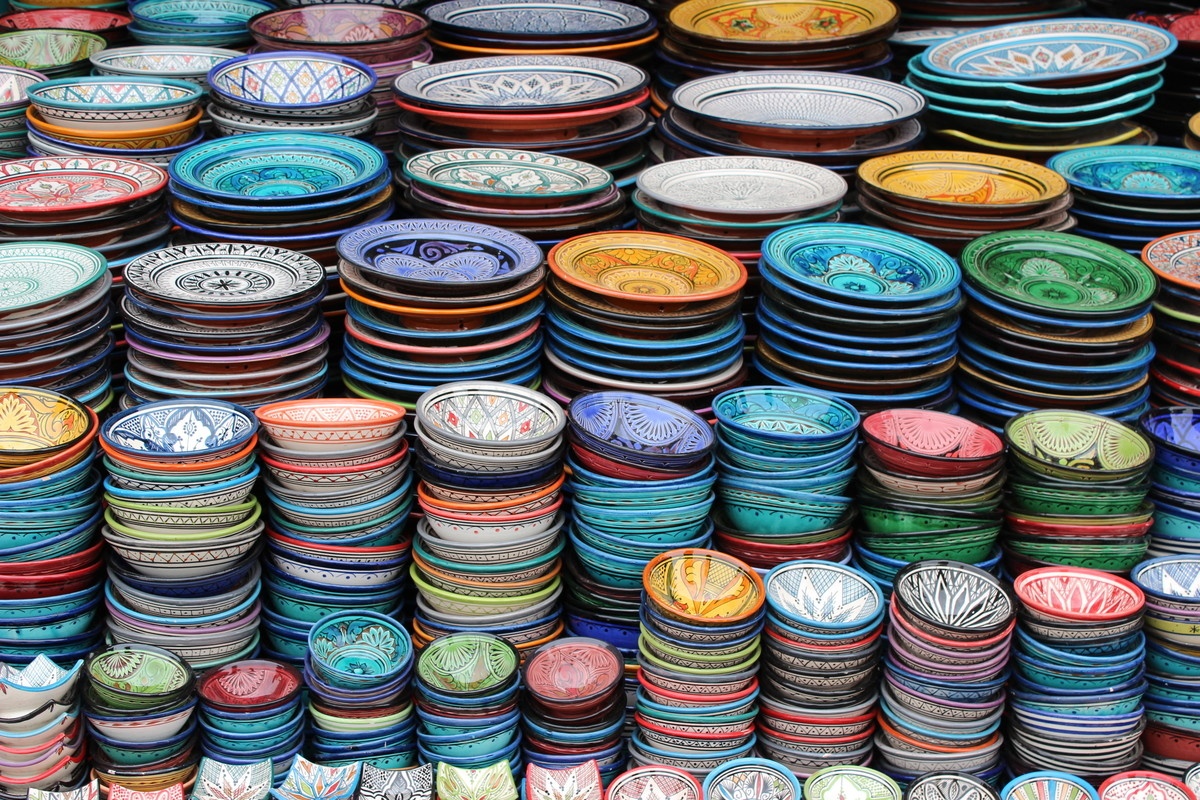
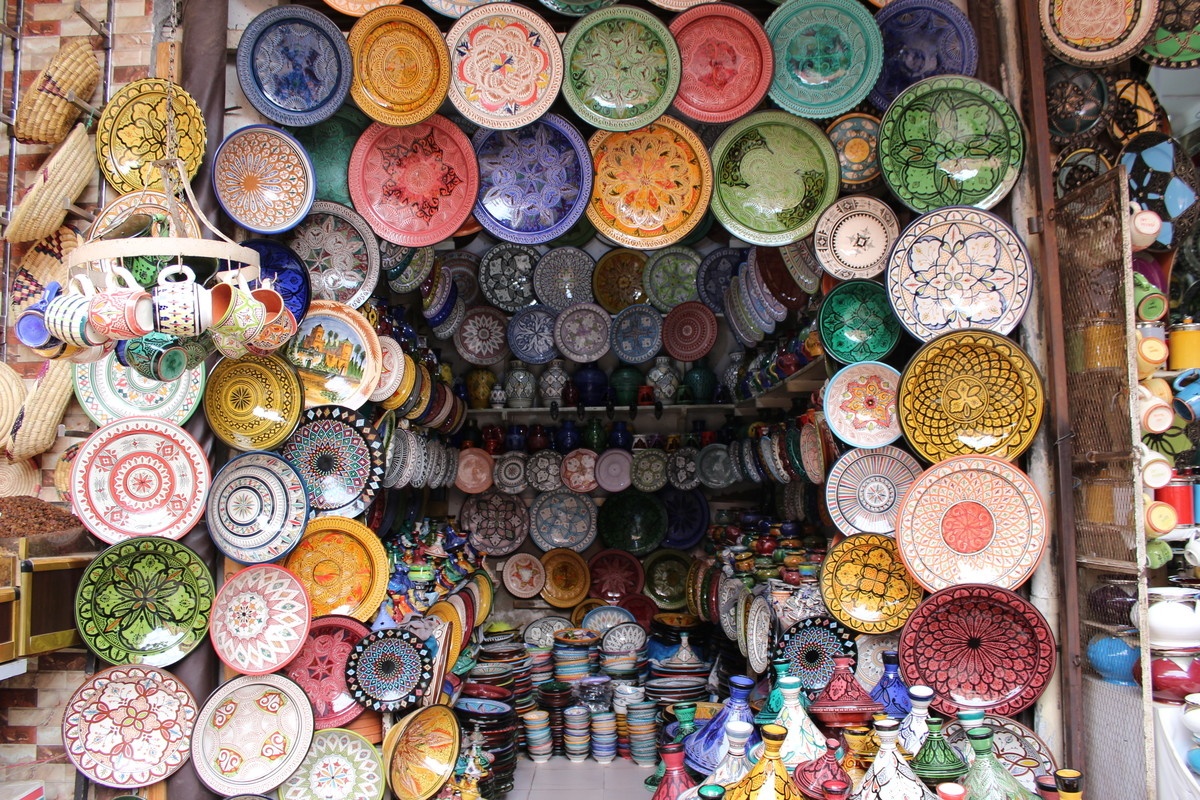
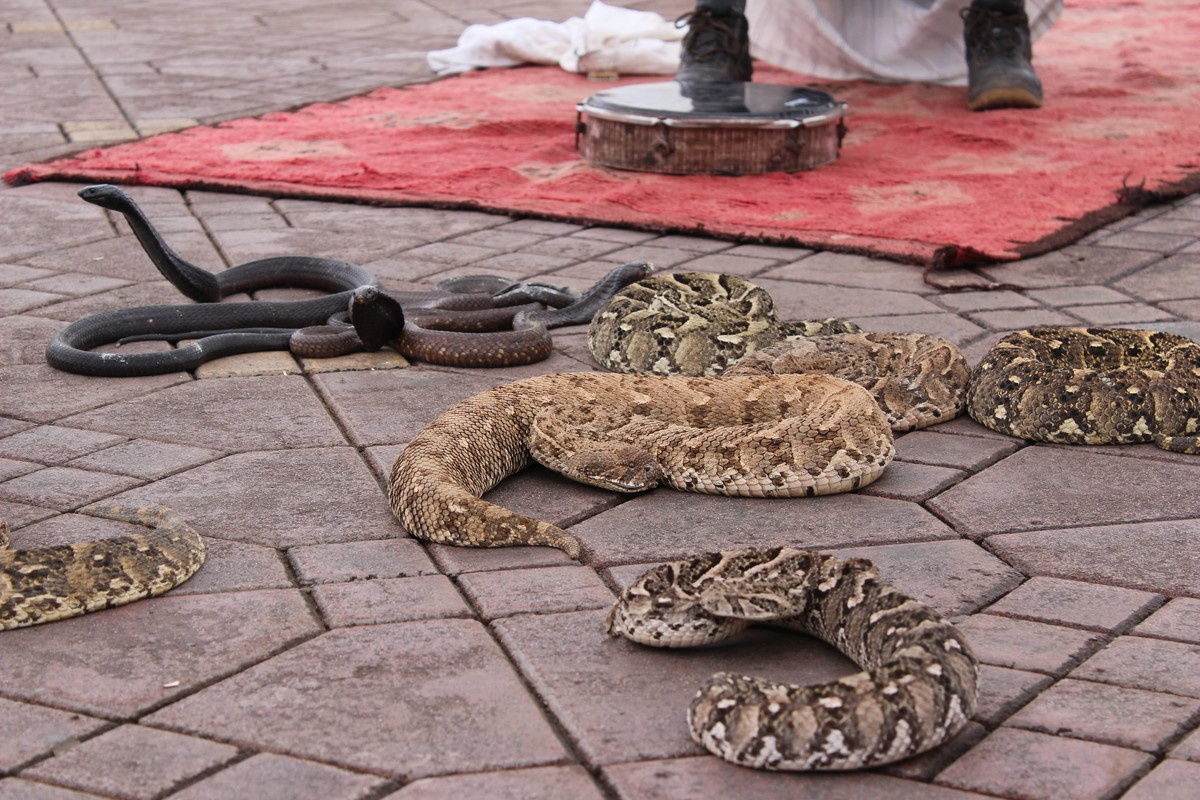
Jardin Majorelle
If you’re not a huge fan of cactus and don’t have much time to spend in Marrakesh, you might want to skip the Jardin Majorelle. Despite being a pleasant garden, it was by far the most expensive site we visited in Morocco and was crowded with tourists.
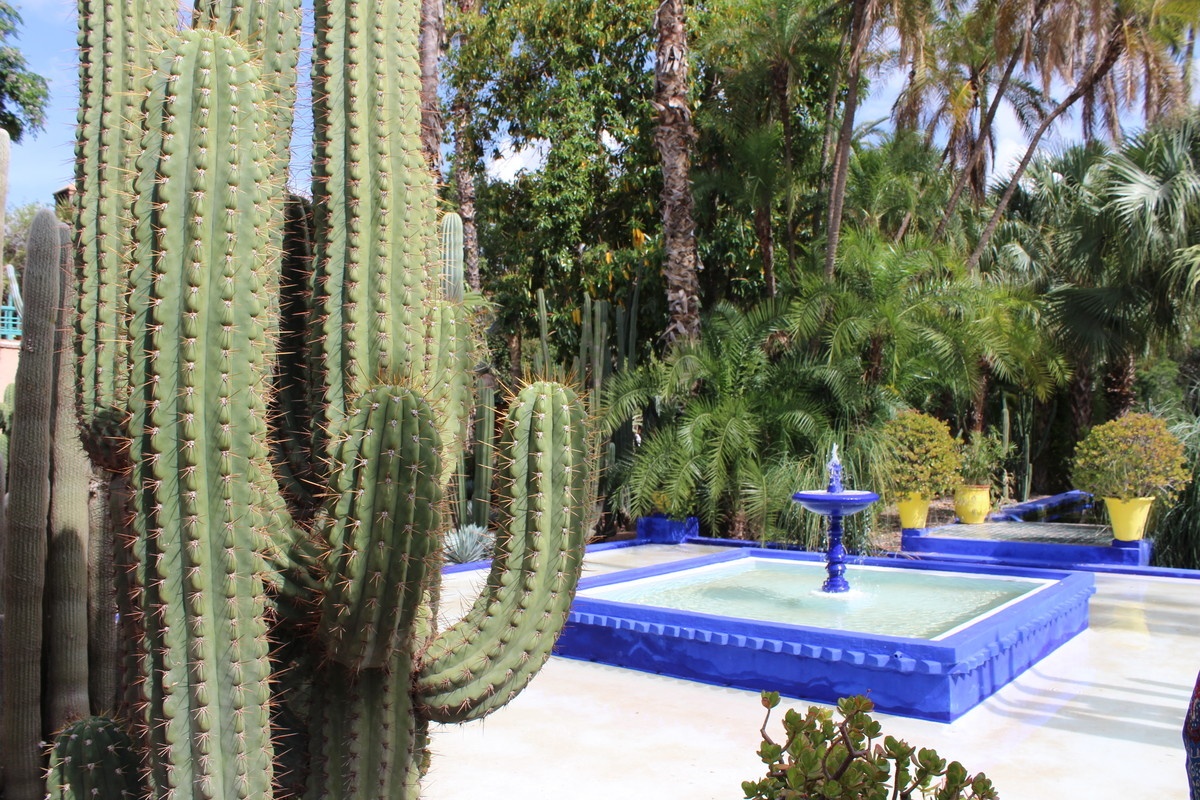
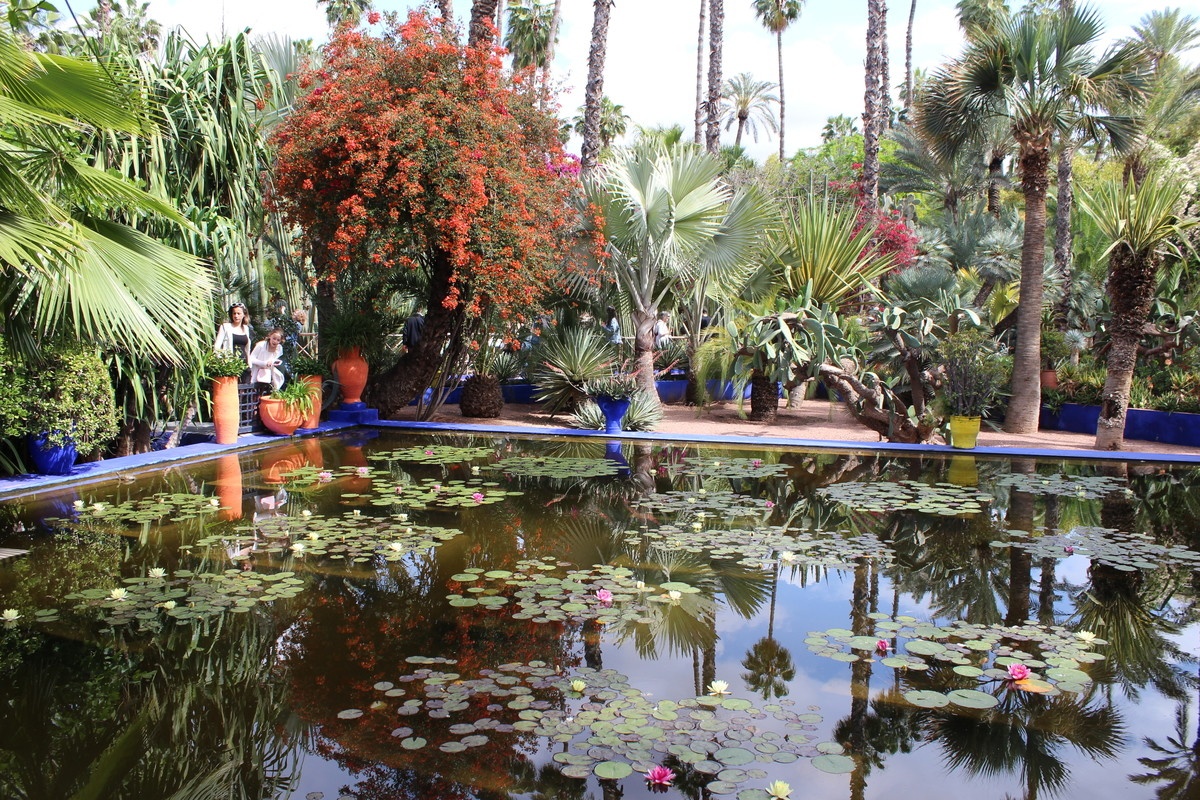
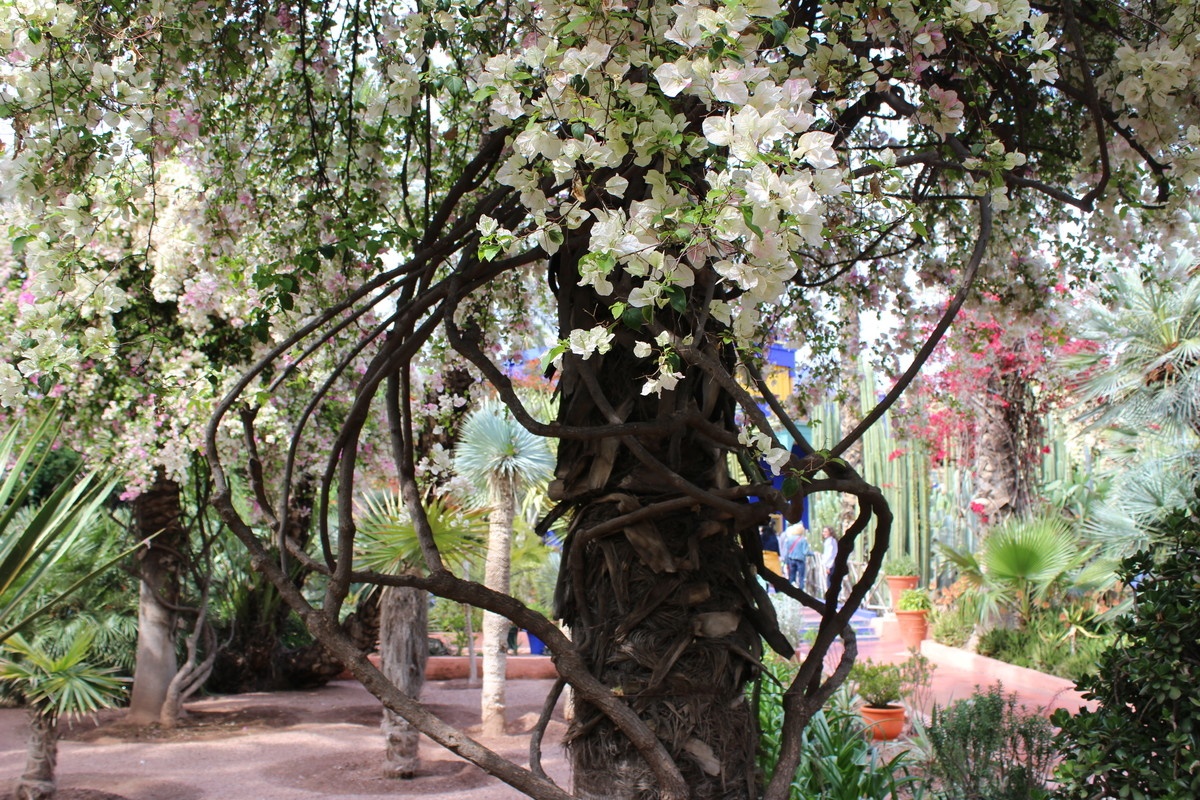
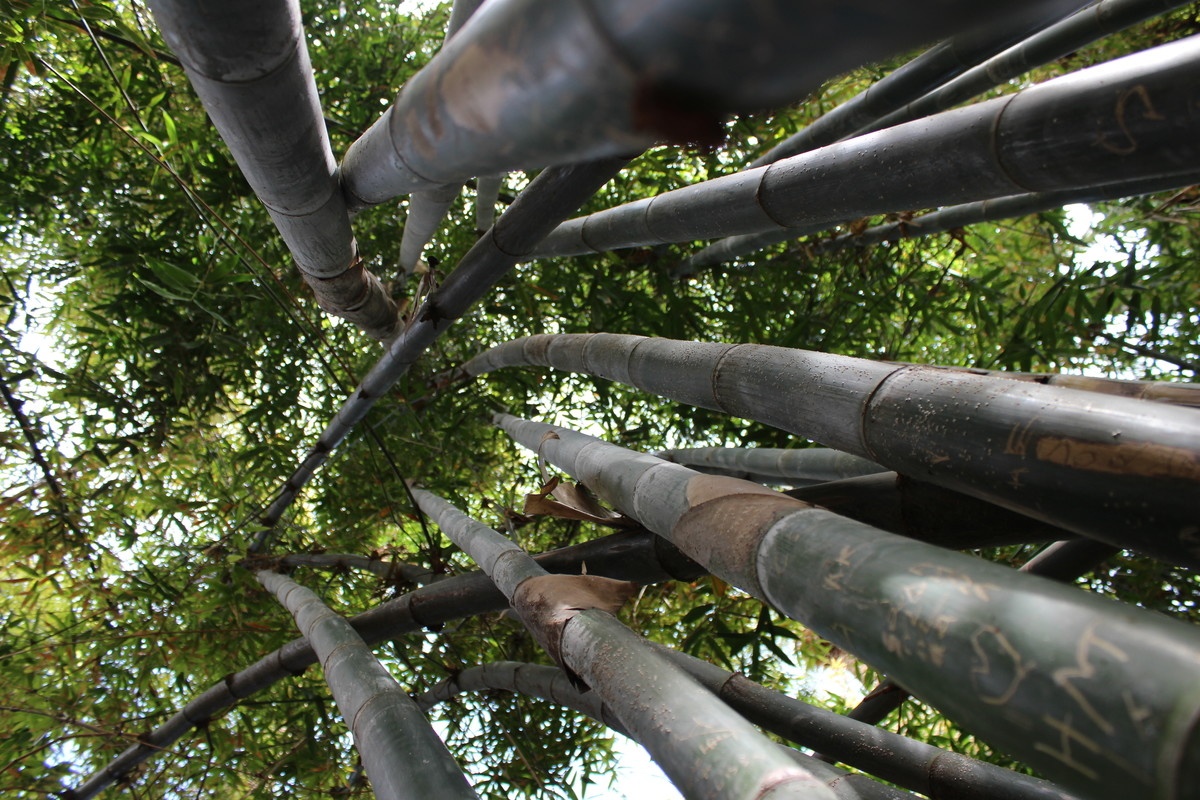
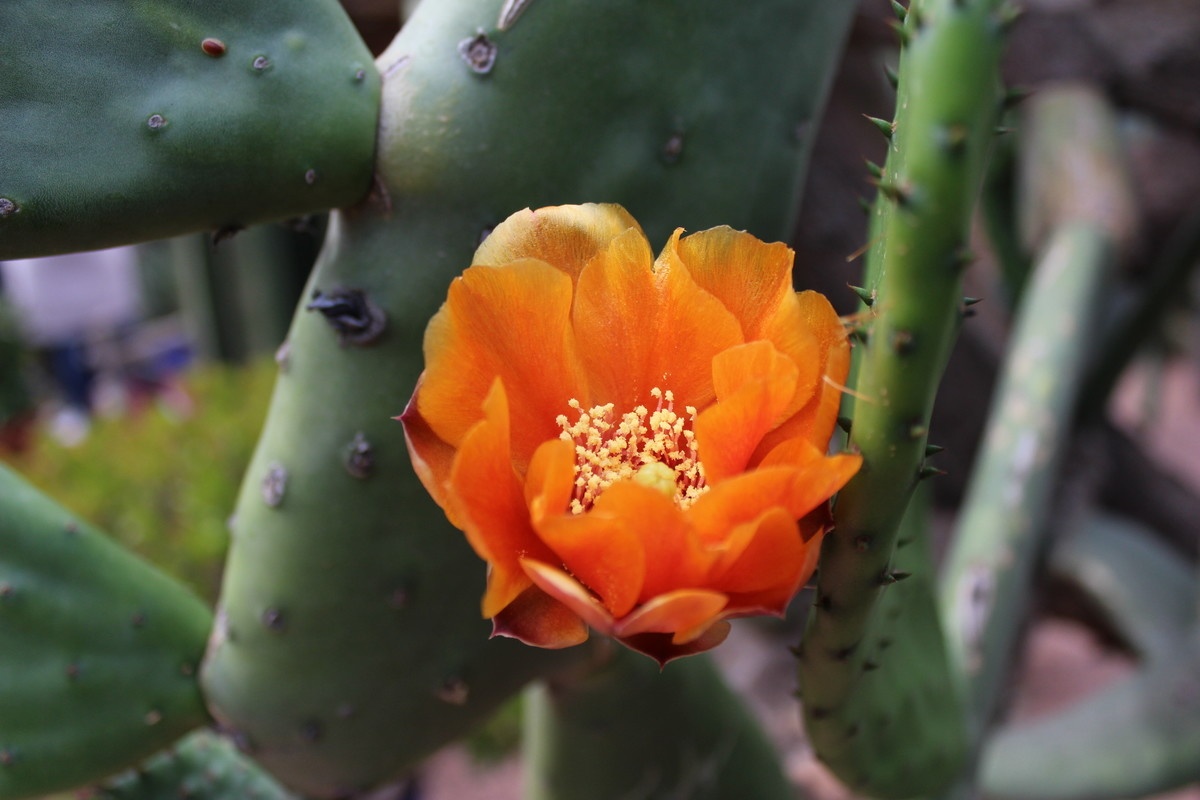
The Ourika valley is near Marrakesh, and there you can visit some waterfalls, traditional houses and local markets. We were unlucky with the weather so we can only imagine how the valley looks on a busier day.










A ksar is a small fortified village; its purpose was to protect the population from bad weather, and nomadic tribes who pillaged the oasis after the harvests. Ksour (plural of ksar) are built with mud and clay bricks and while most of the habitants of Aït Benhaddou now live across the river in a more modern area, eight families still live inside this fortress.
Ksour are quite common in the south, but this ksar is a UNESCO heritage because it is the most well-preserved ksar in Morocco.
As if this wasn’t enough of an attraction, Aït Benhaddou is well-known for being the set of several movies: Lawrence of Arabia, The Mummy, Gladiator, Alexandre the Great, Prince of Persia, amongst others. As for TV shows, the famous Game of Thrones used Aït Benhaddou to shoot the scenes of "Yunkai" and "Pentos", namely the scene of Daenerys' battle with the Second Sons for the freedom of the slaves.

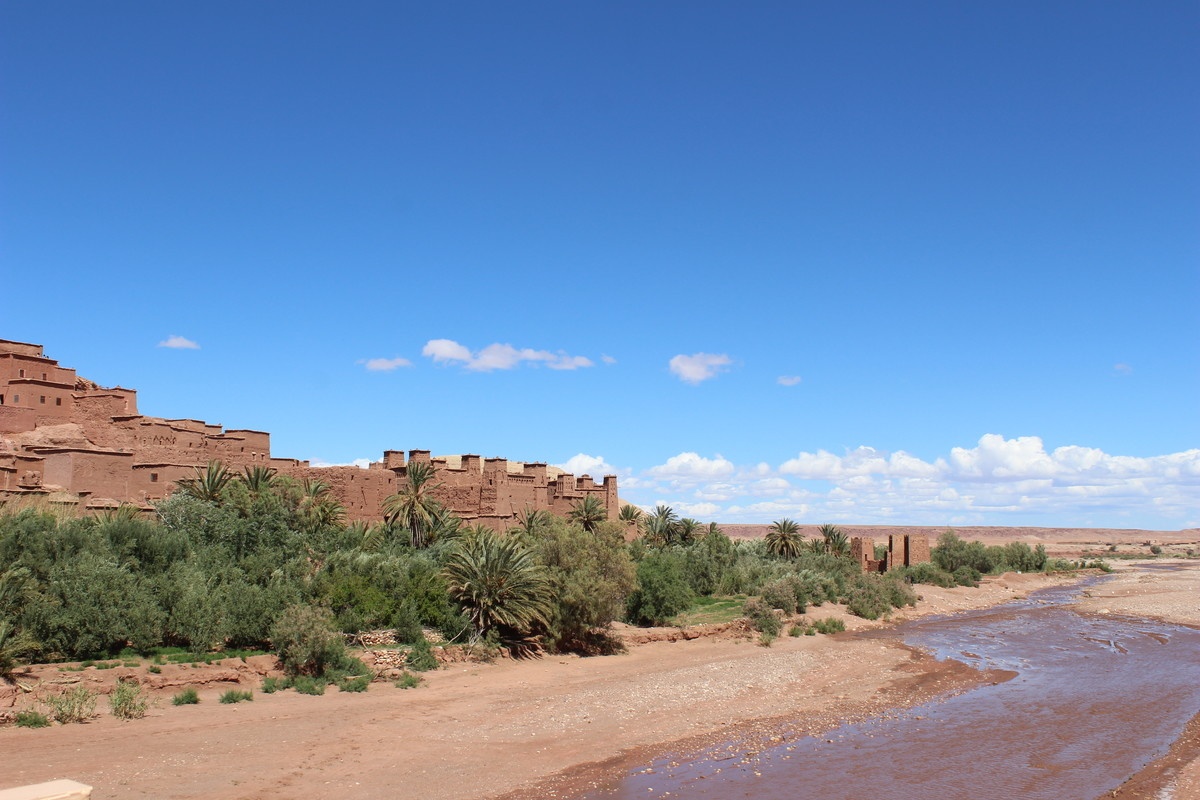
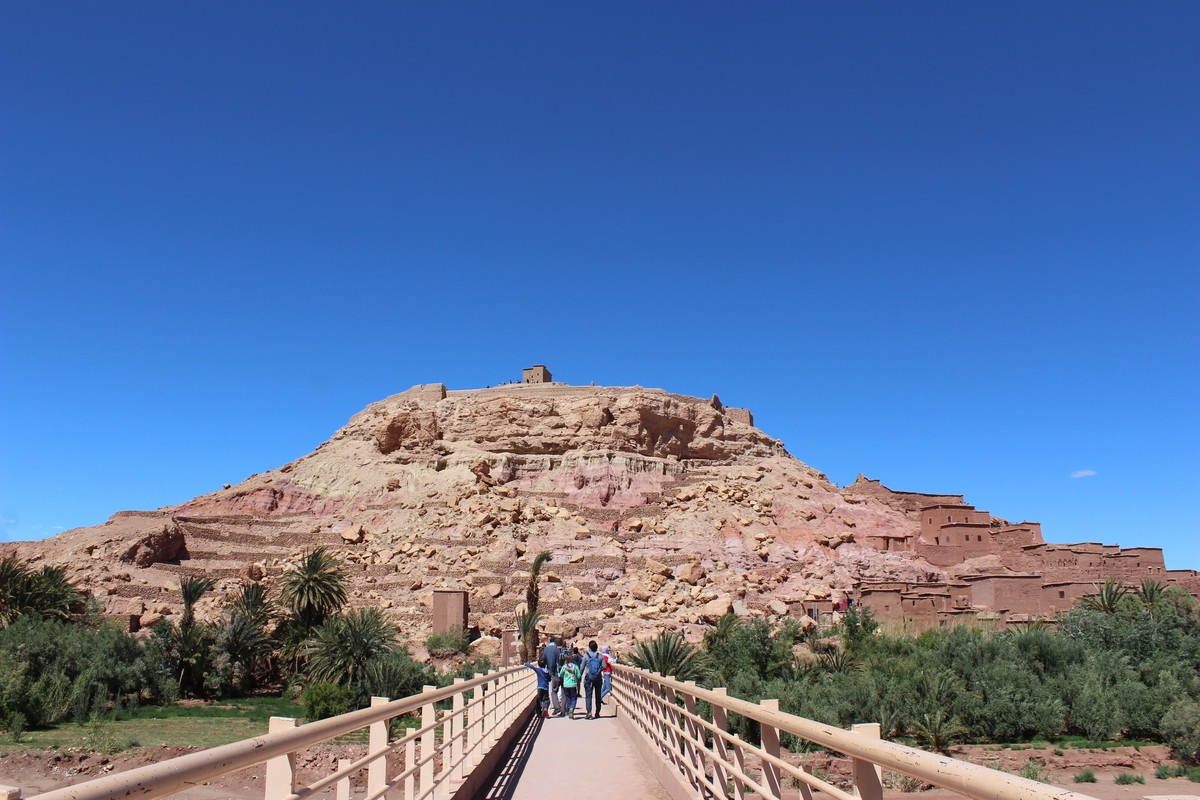




The Aït Benhaddou ksar is not the only place with cinematographic history in Morocco. In fact, all the surrounding region of Ouarzazate is one of Morocco’s favorite filmmaking destinations. Besides the landscapes, the sun often shines on Ouarzazate for more than 300 days each year, making it very attractive for movie directors from all parts of the world.
If you’re a cinema enthusiast, you'll be thrilled to know that in Ouarzazate you have the chance to visit the world’s largest film studio: Atlas Studio. Despite the sets and props not being in the best conservation state because of the harsh environment, it gave us a really nice insight into how things look beyond the screens.
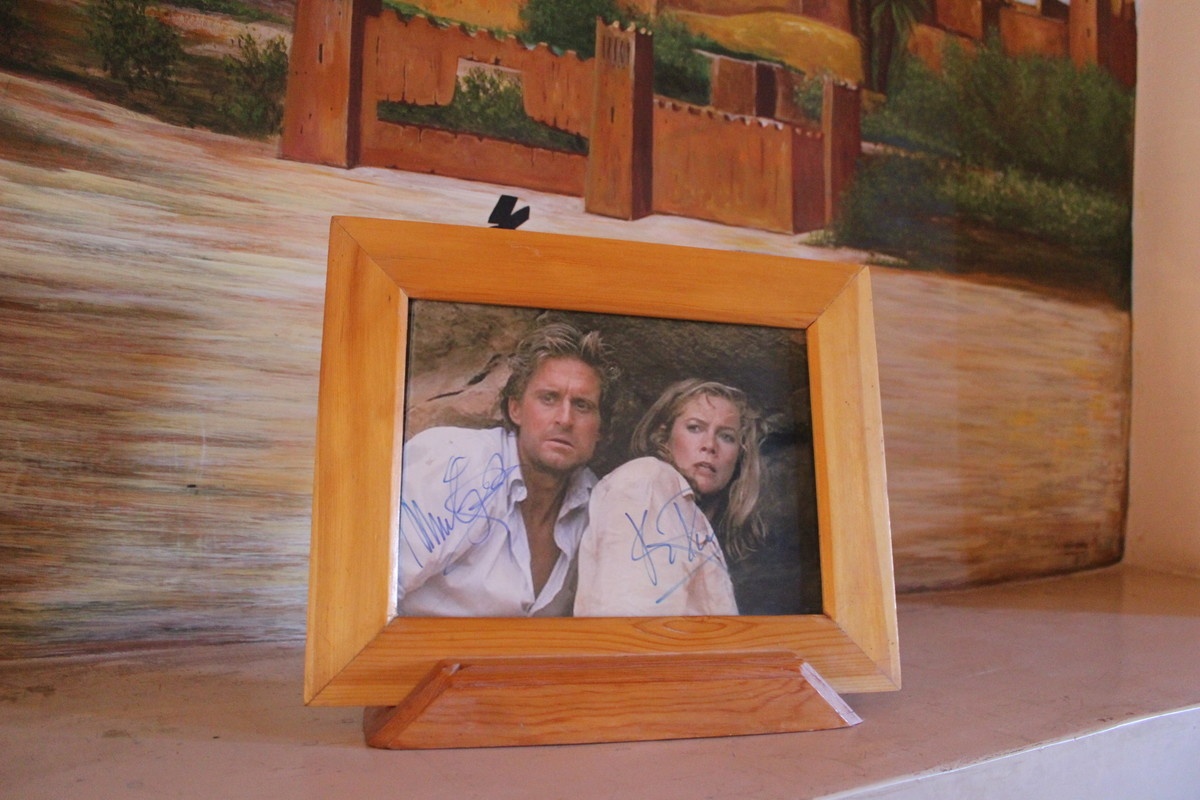
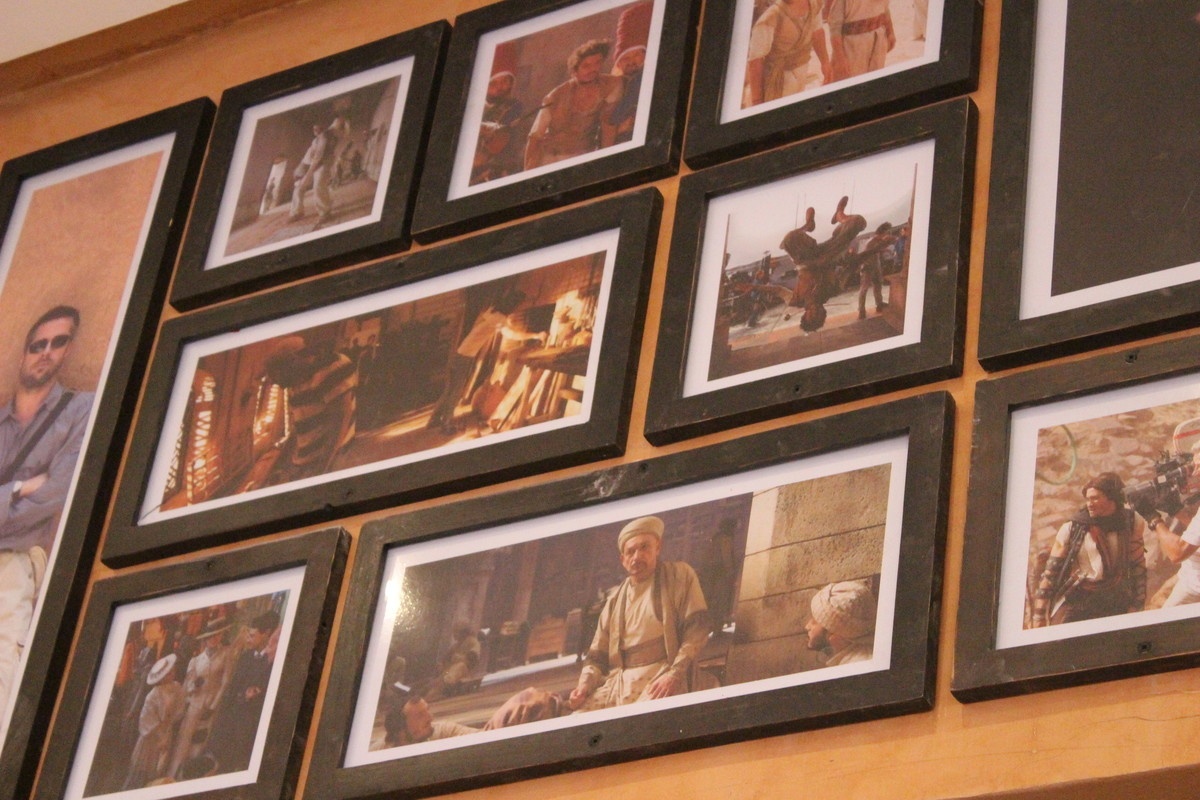
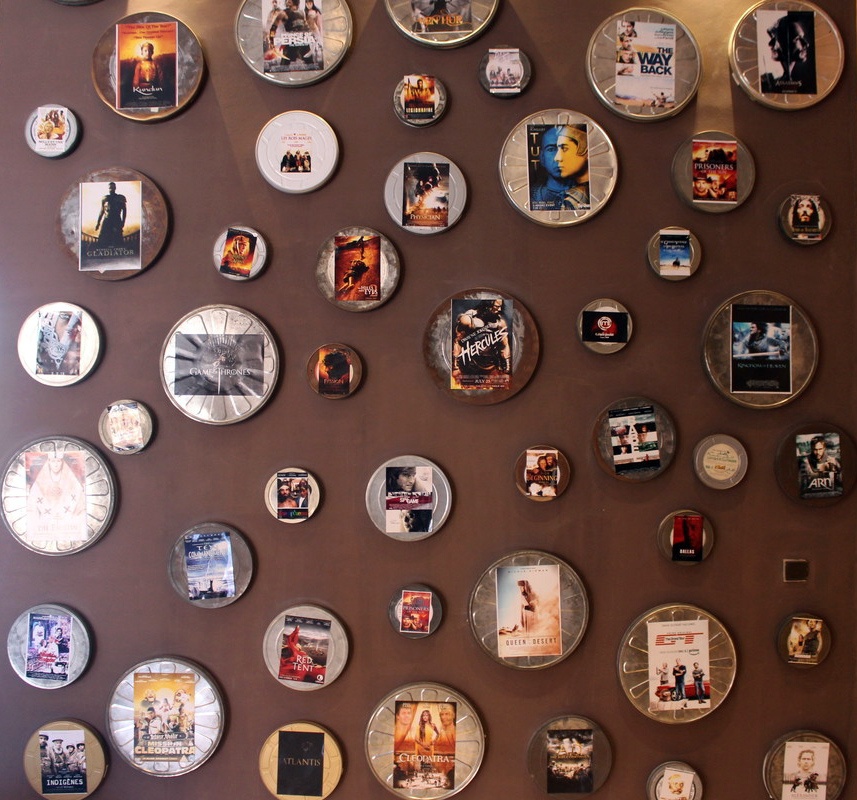
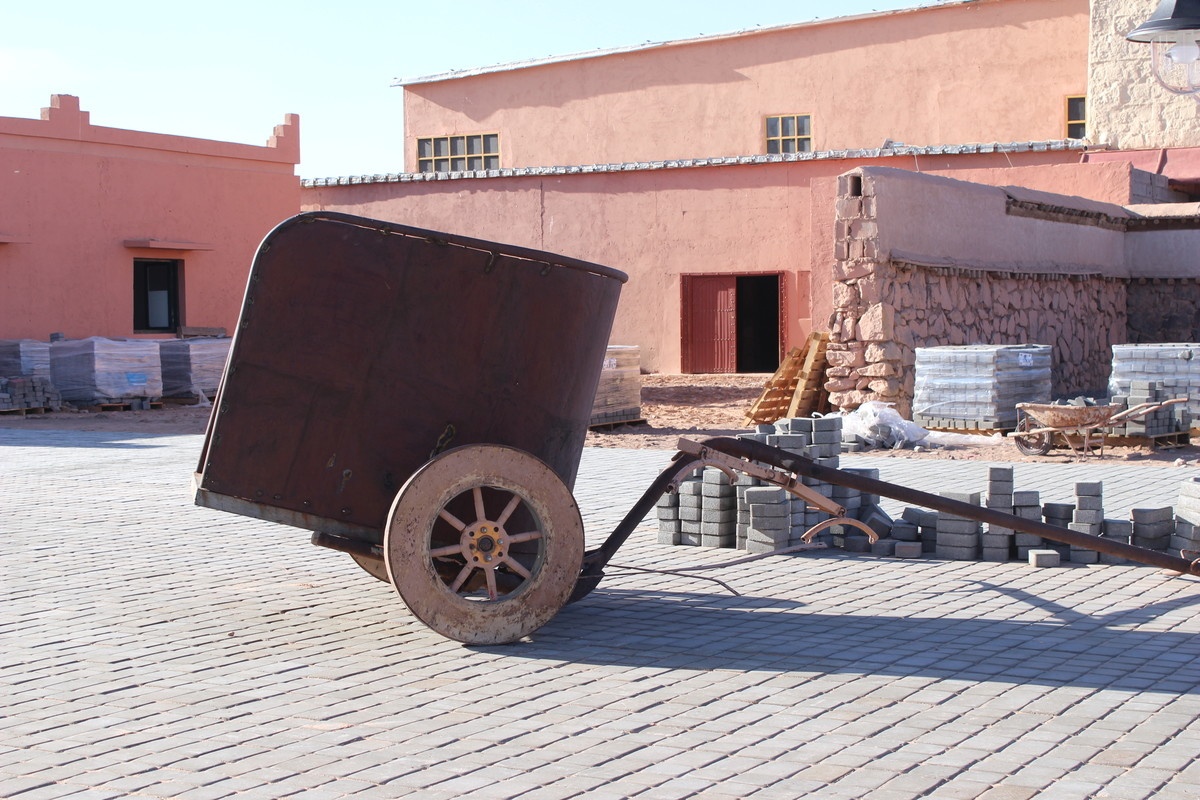
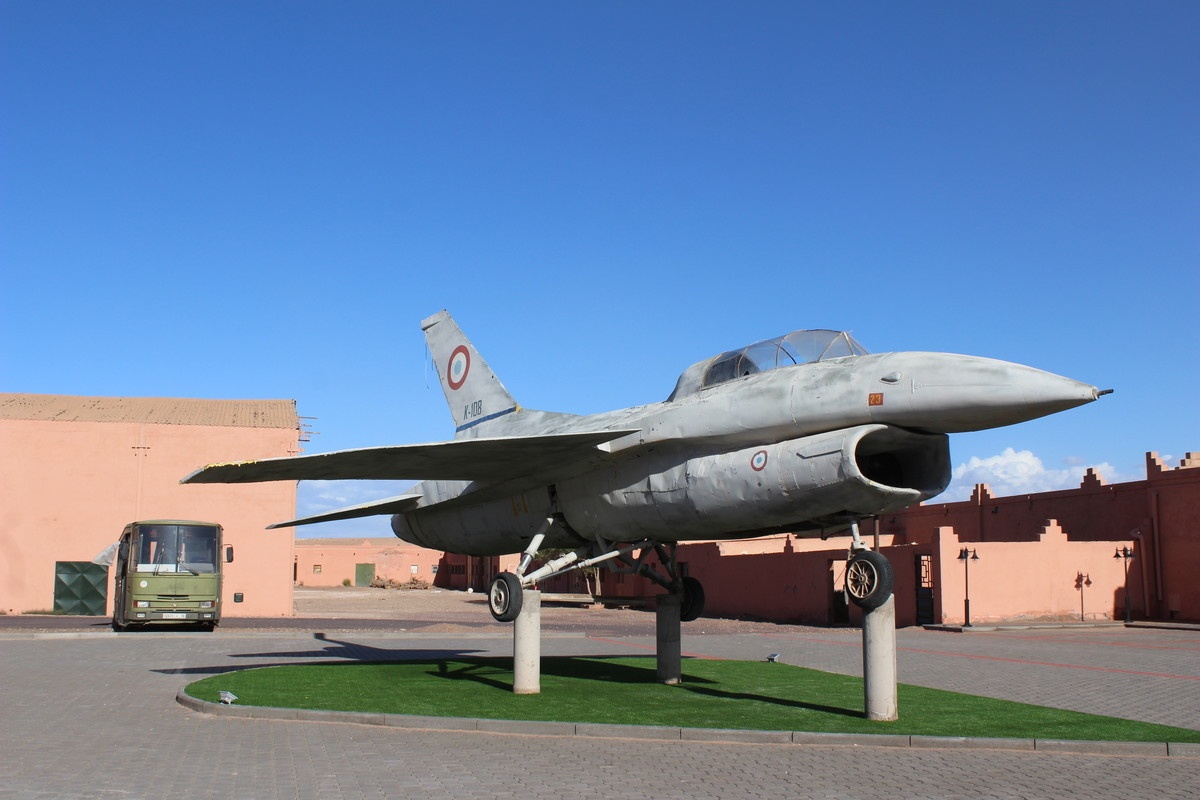
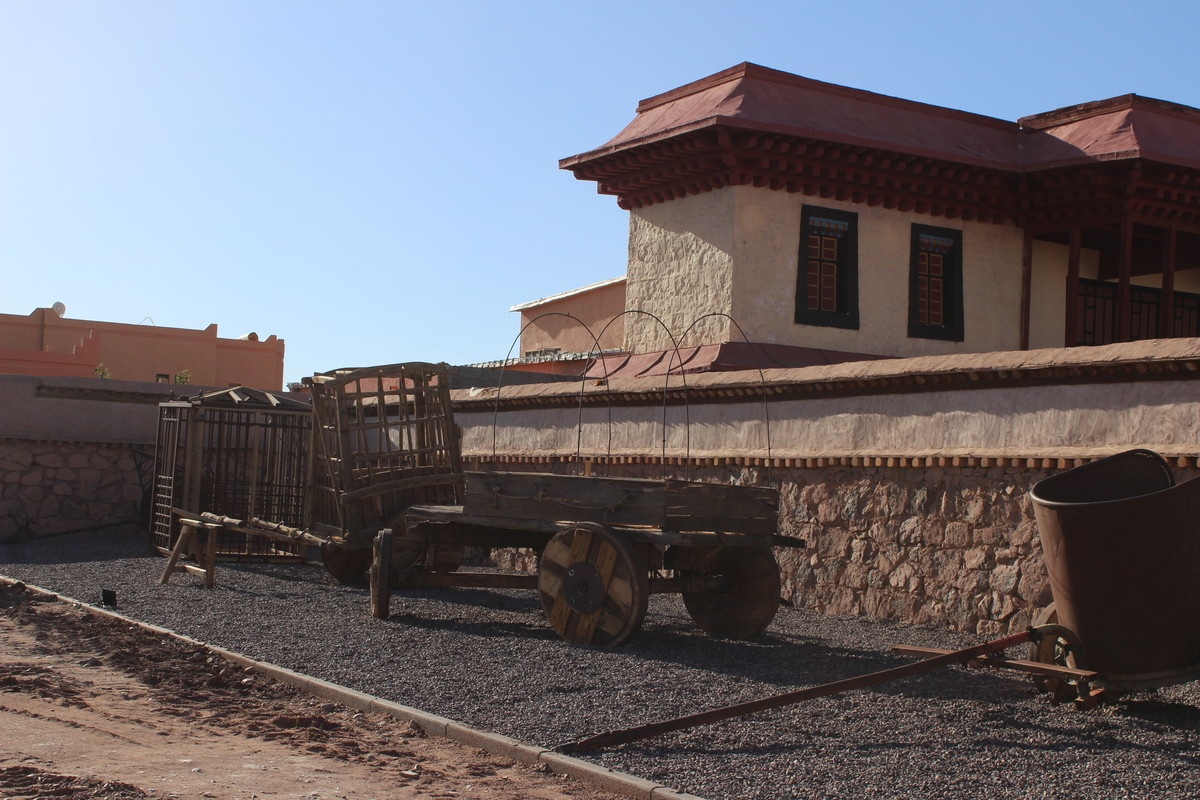
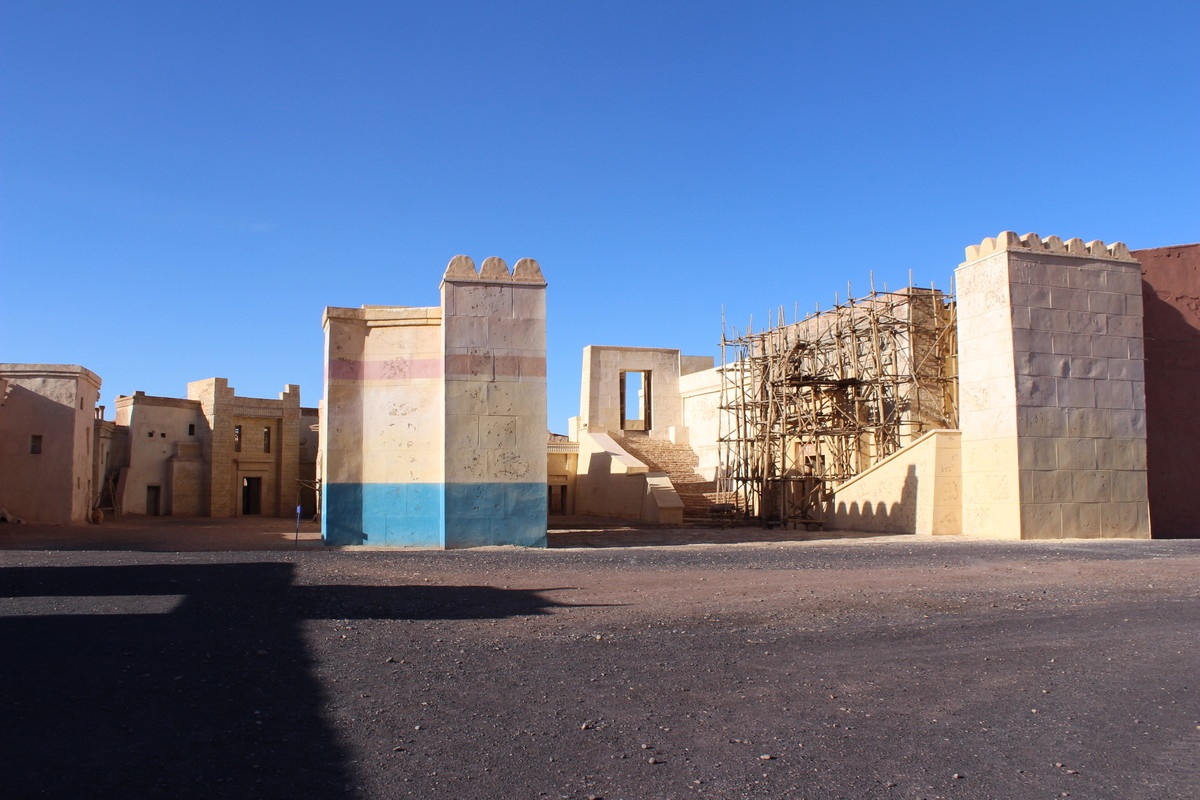
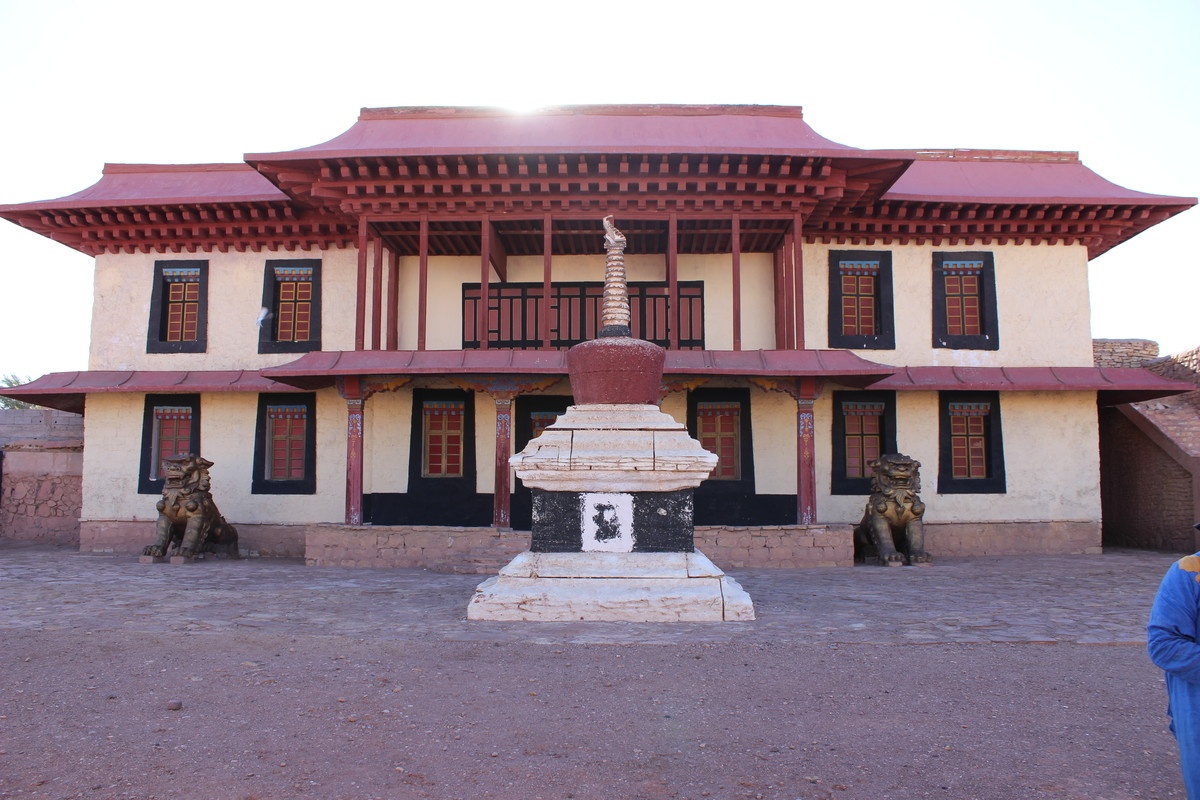
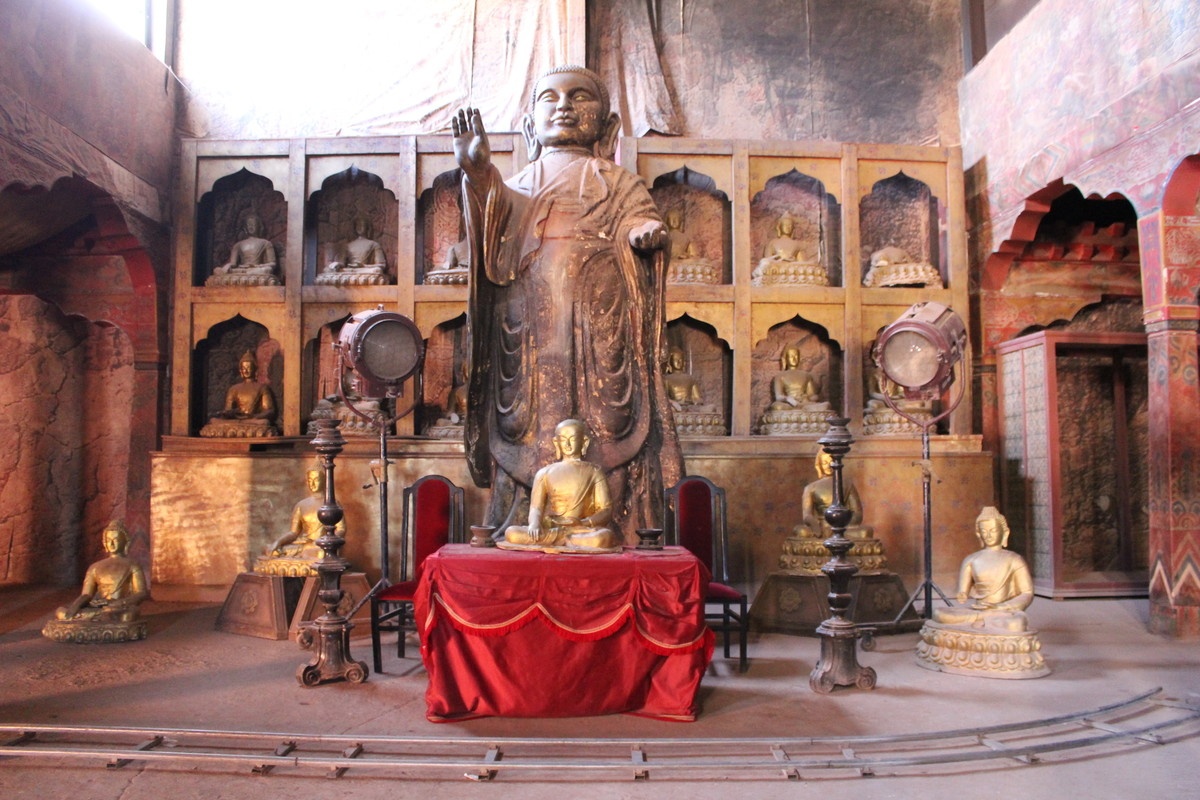
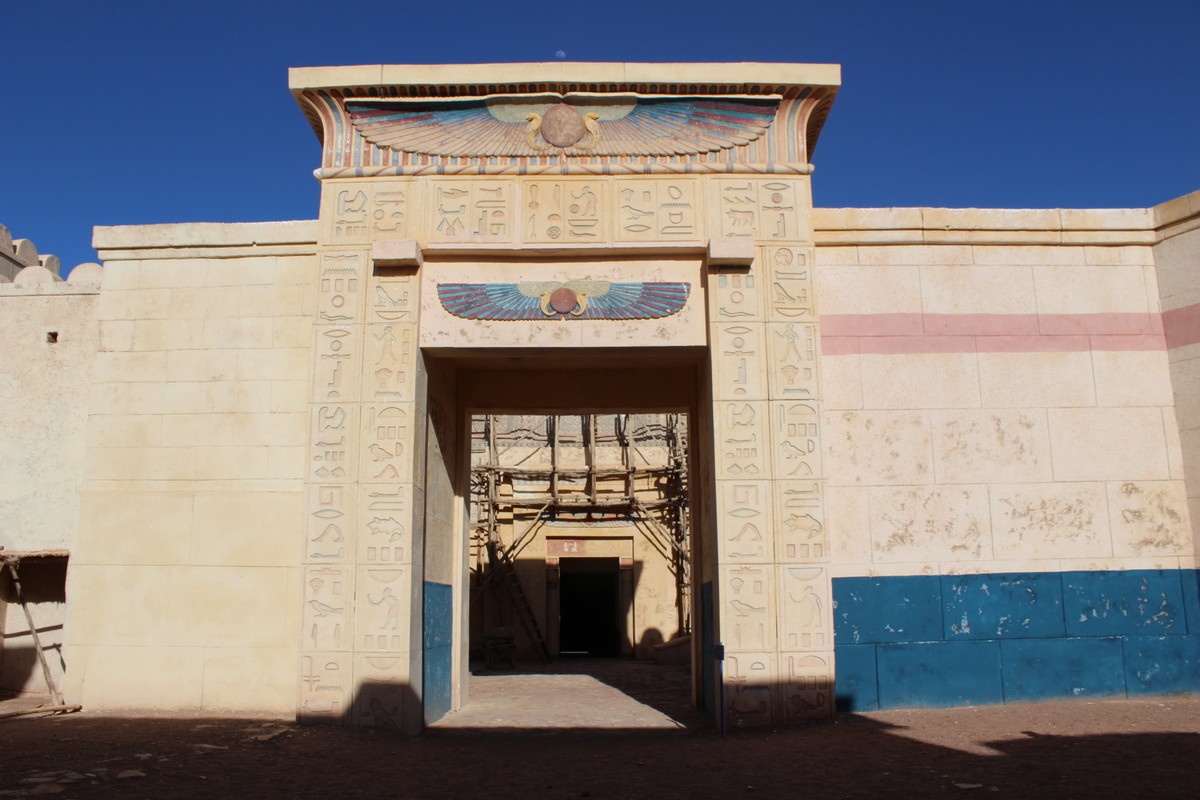
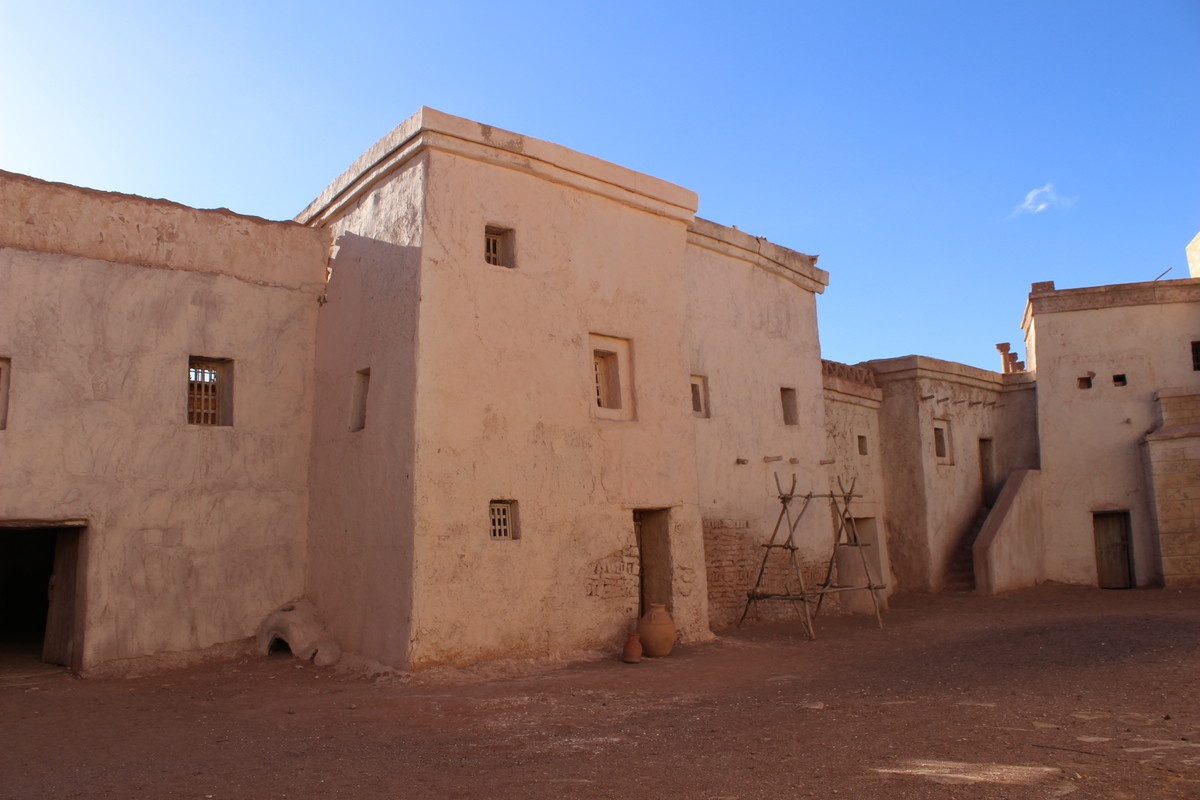
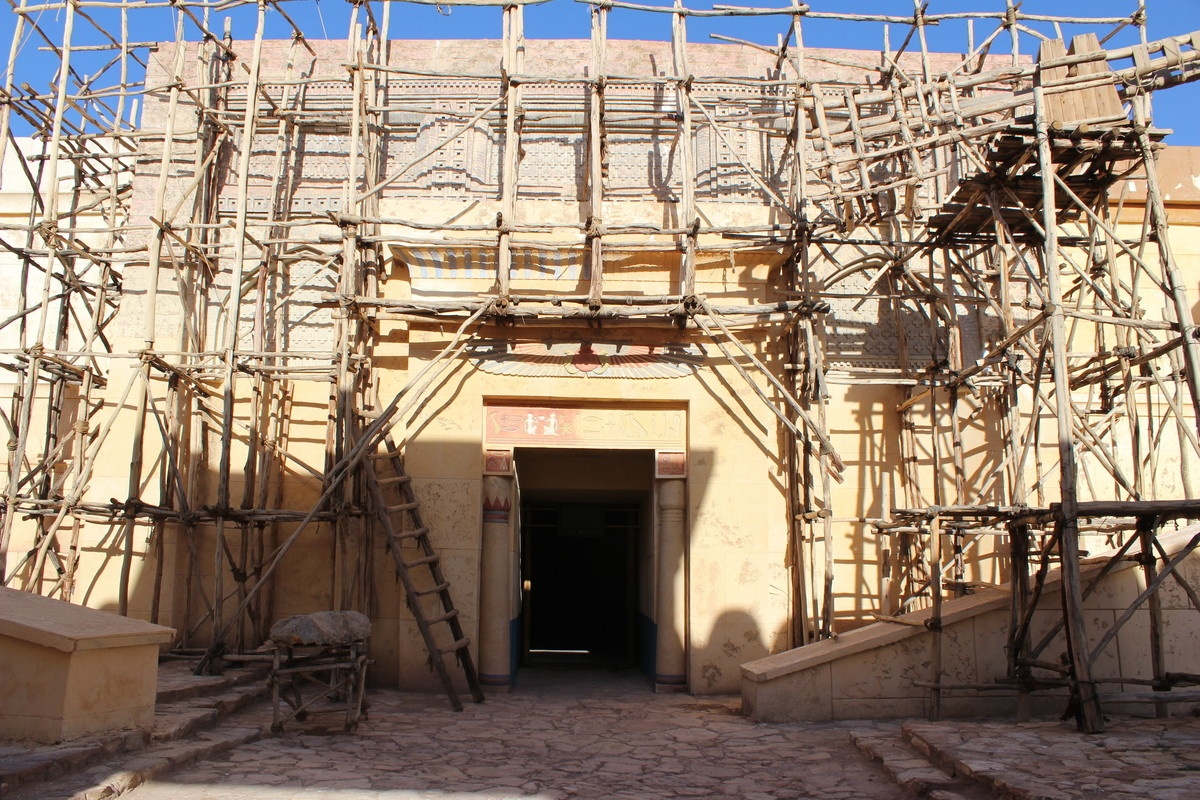
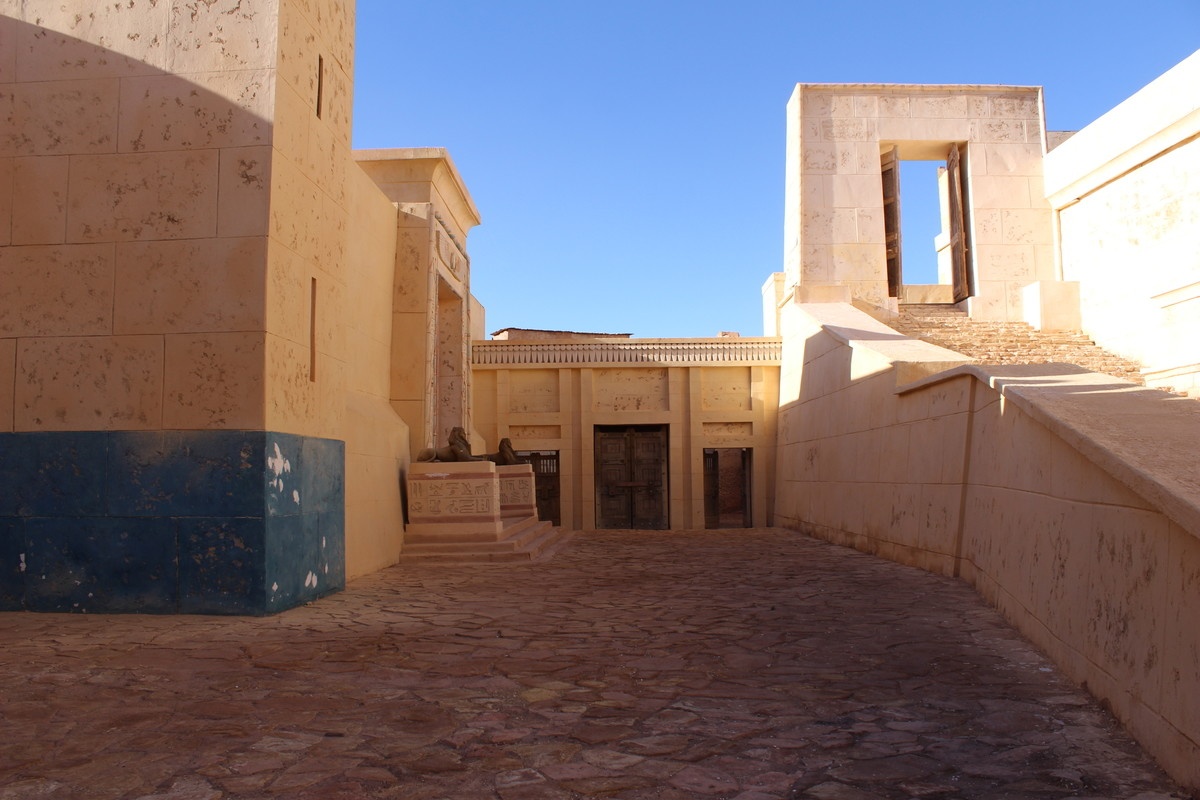
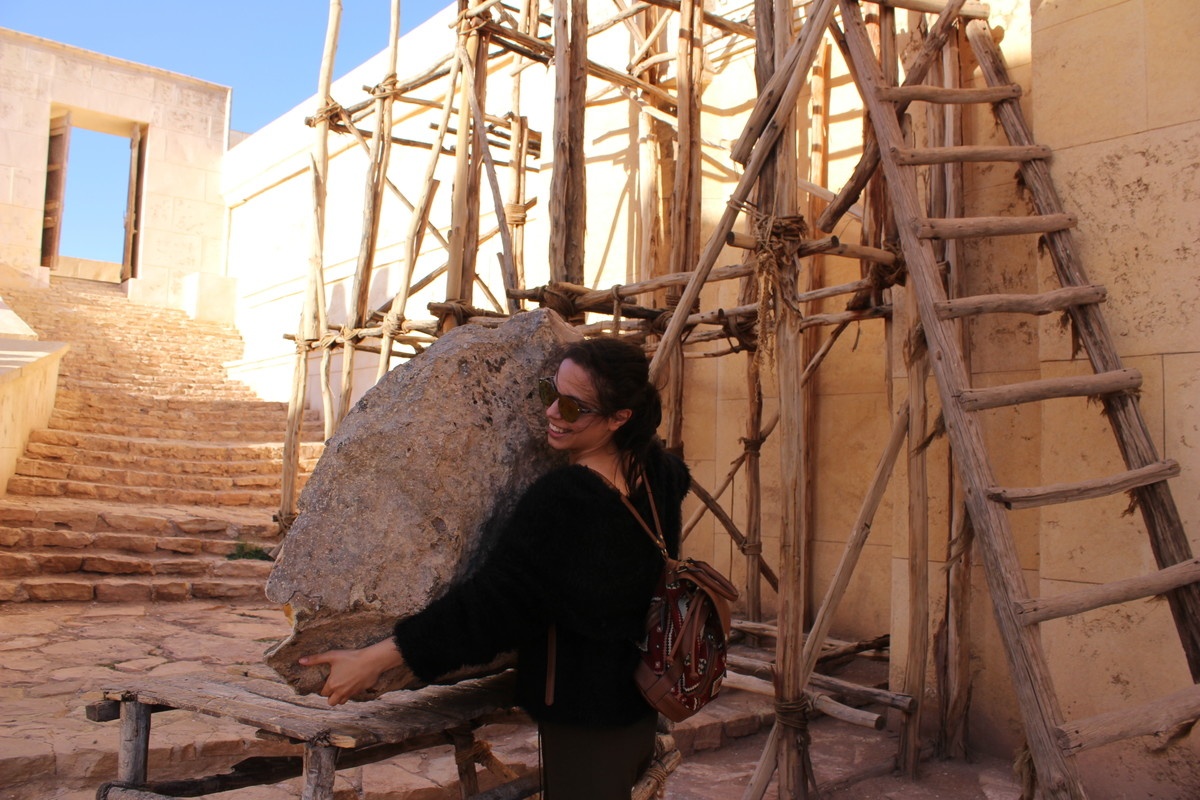
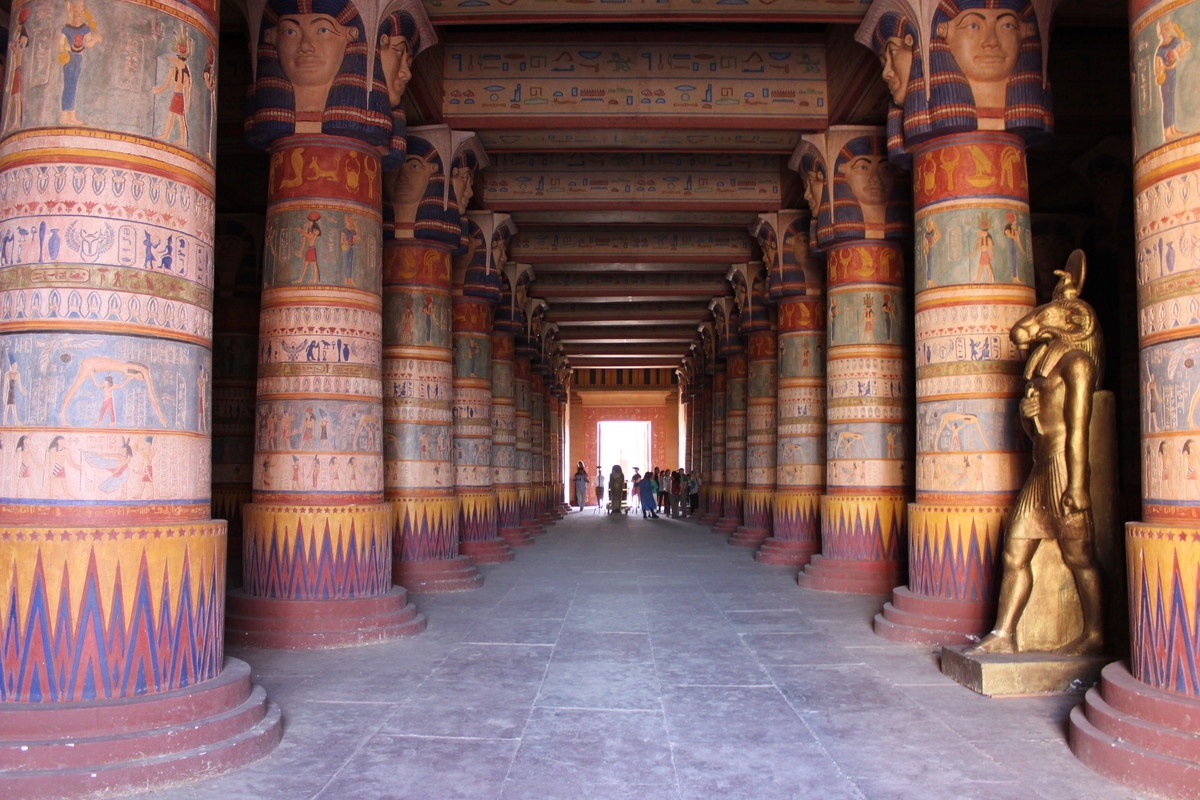
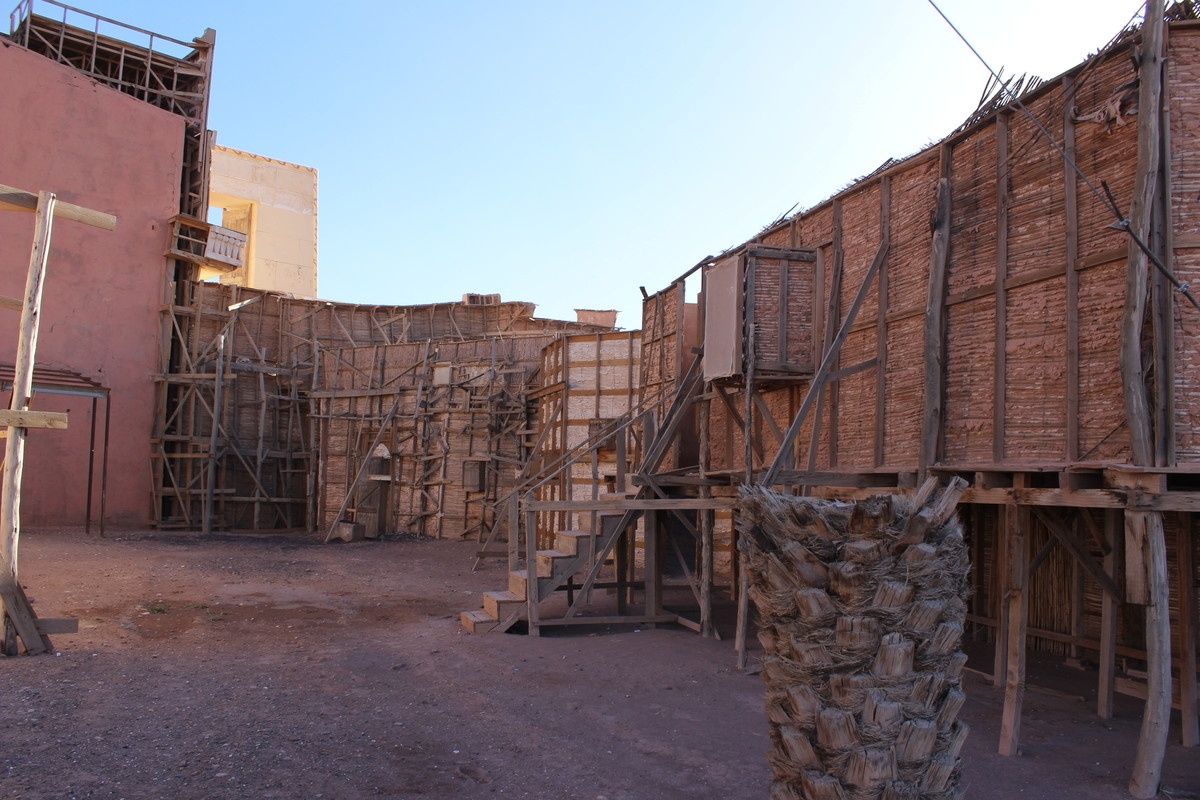
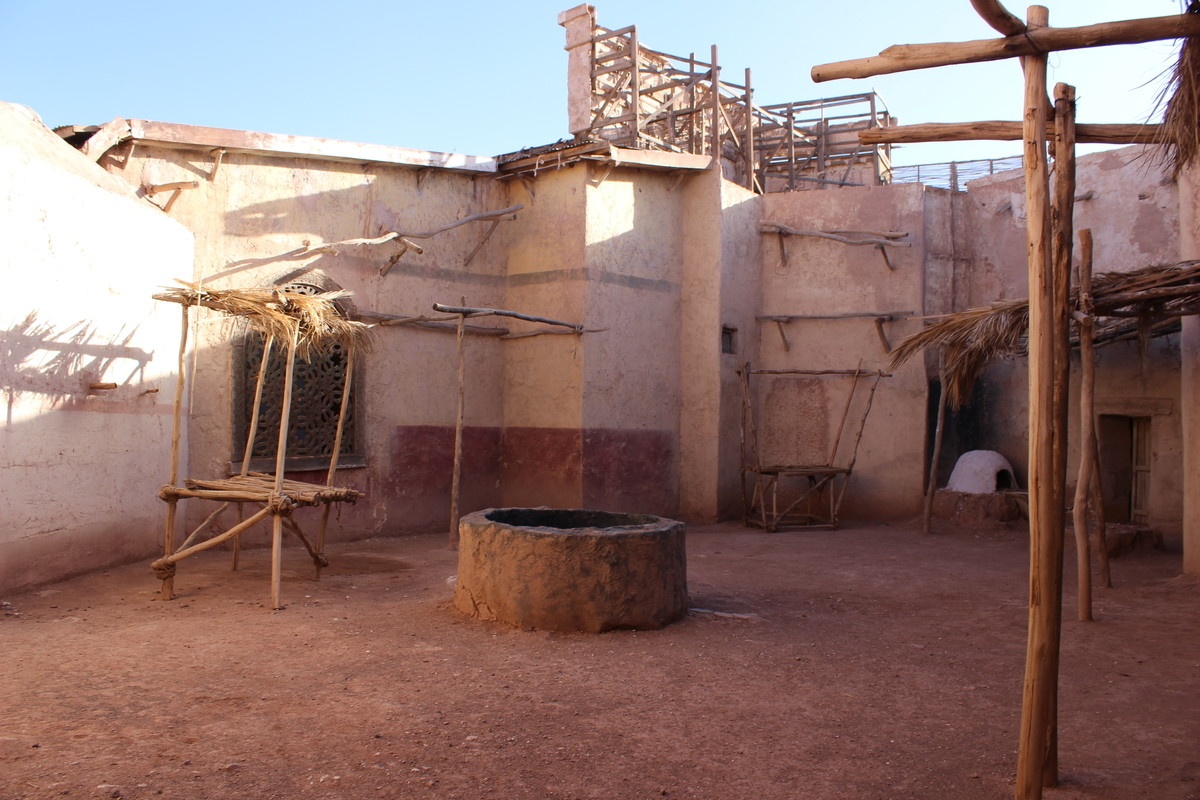
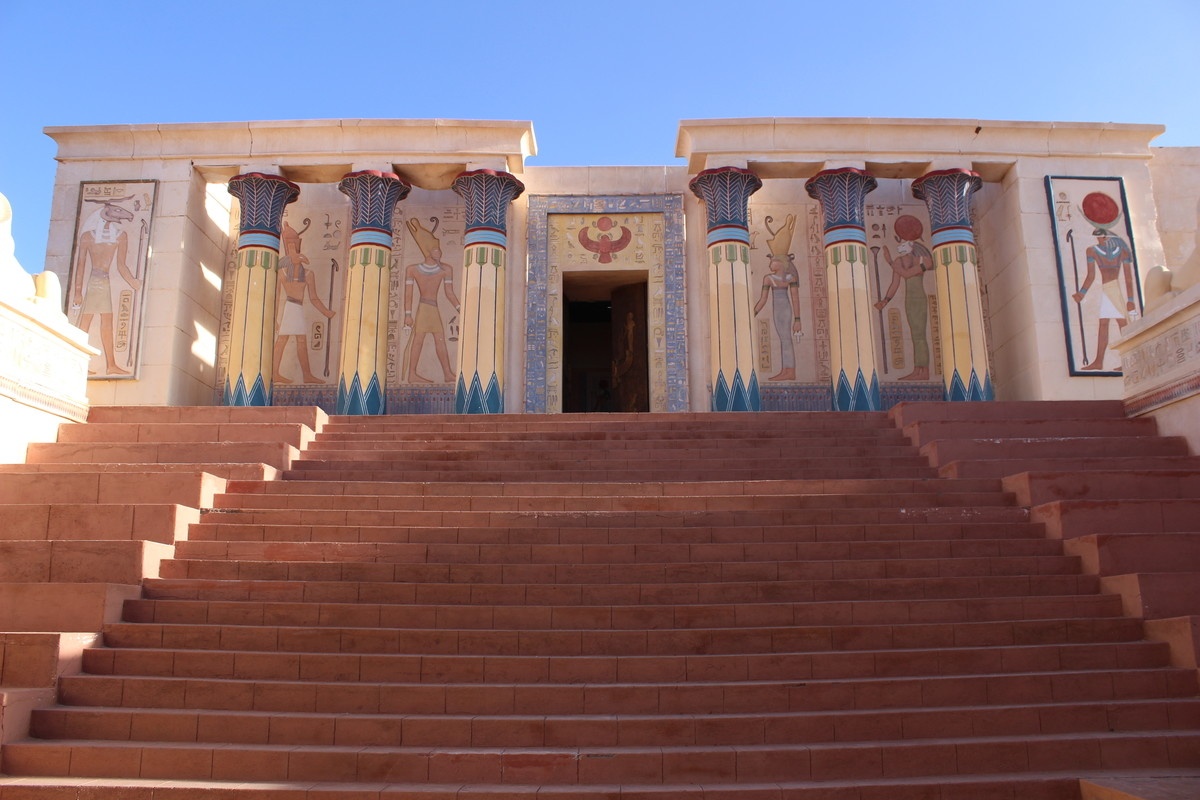
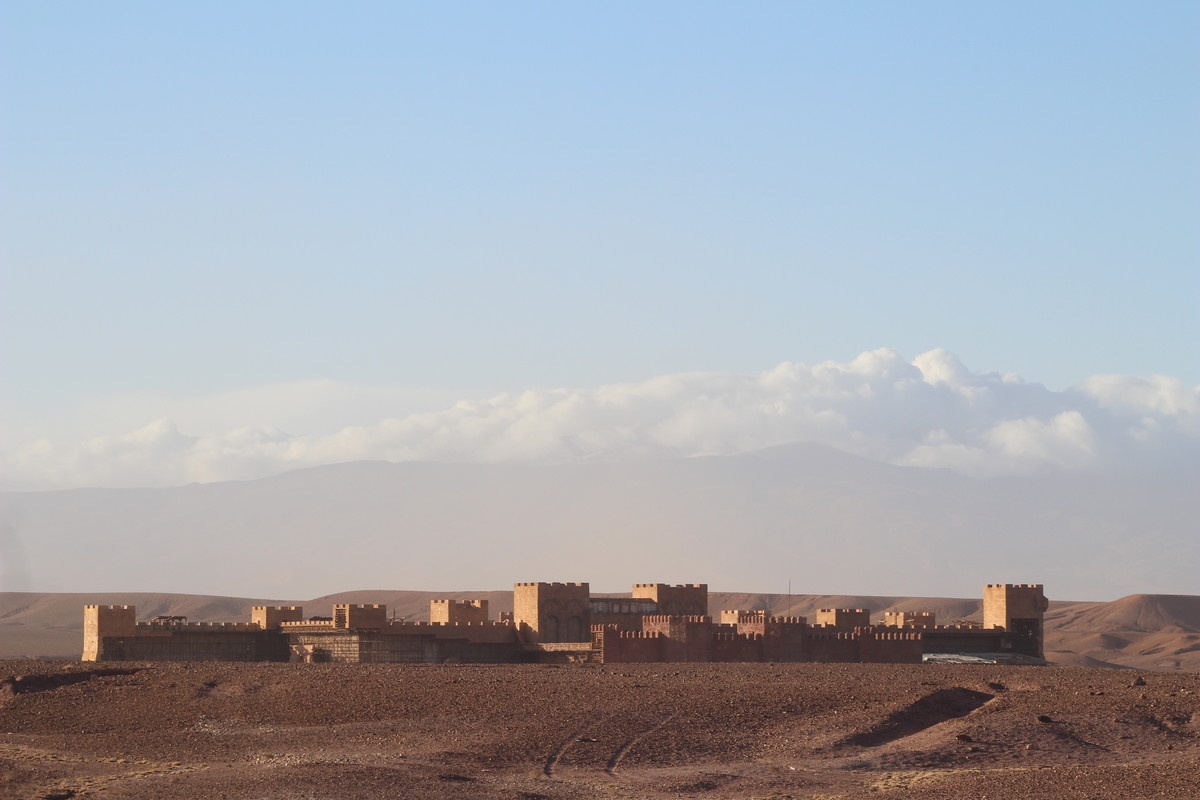
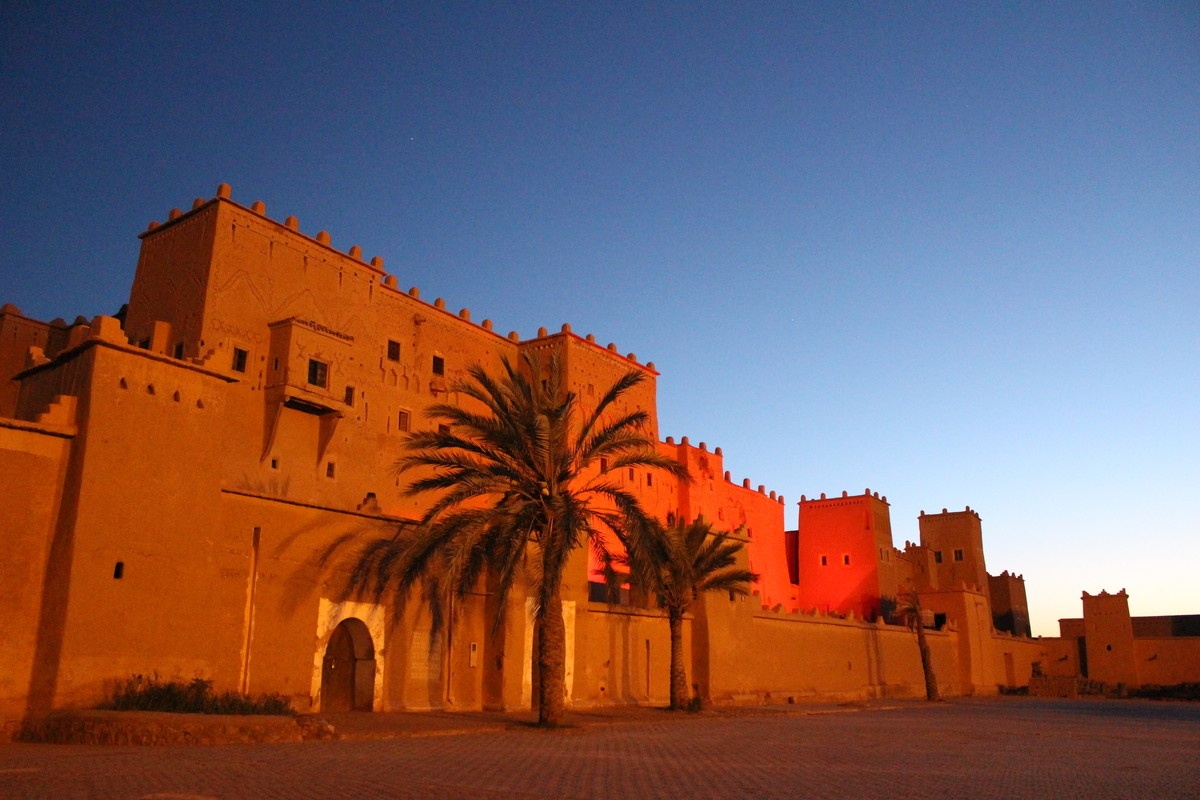
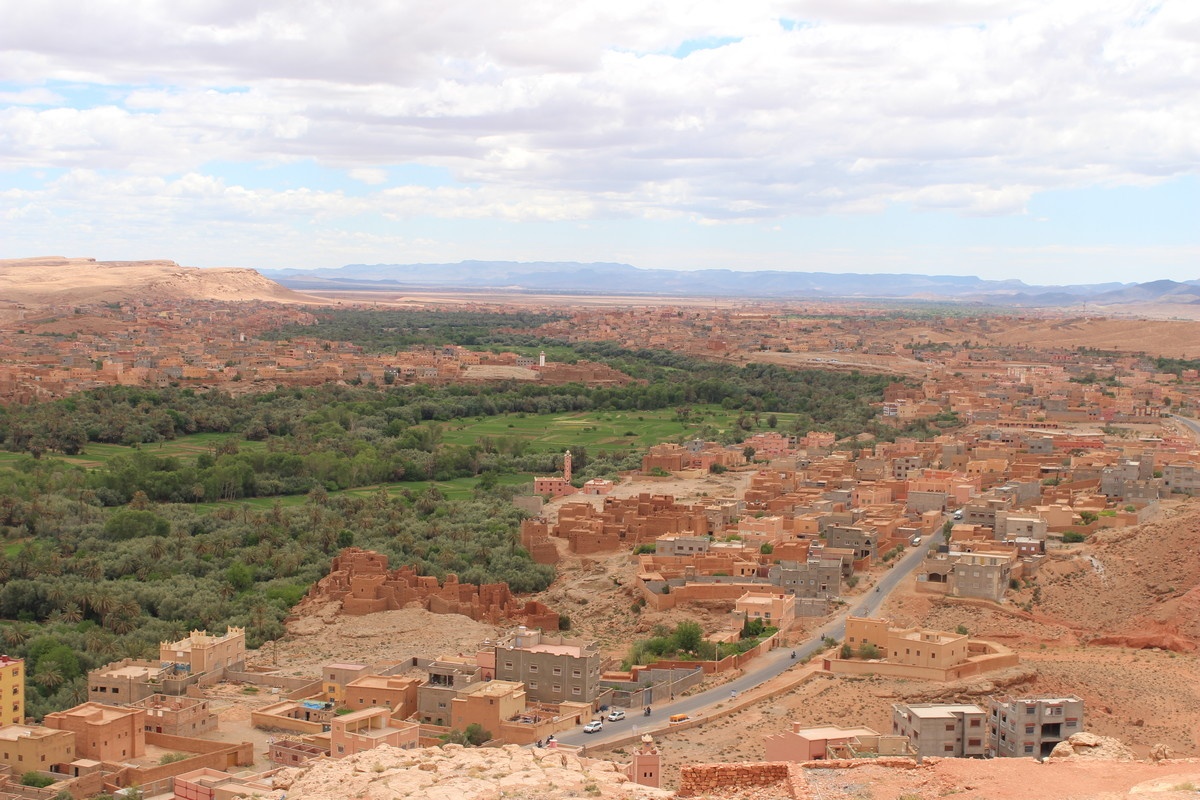
We didn’t stop in the city of Tinghir; instead, we drove straight to the Todra Gorges, an impressive river canyon whose steep walls reach 400 metres in some places.
There we crossed paths with a group of Portuguese motards who’ve been doing road trips through Morocco for several years.
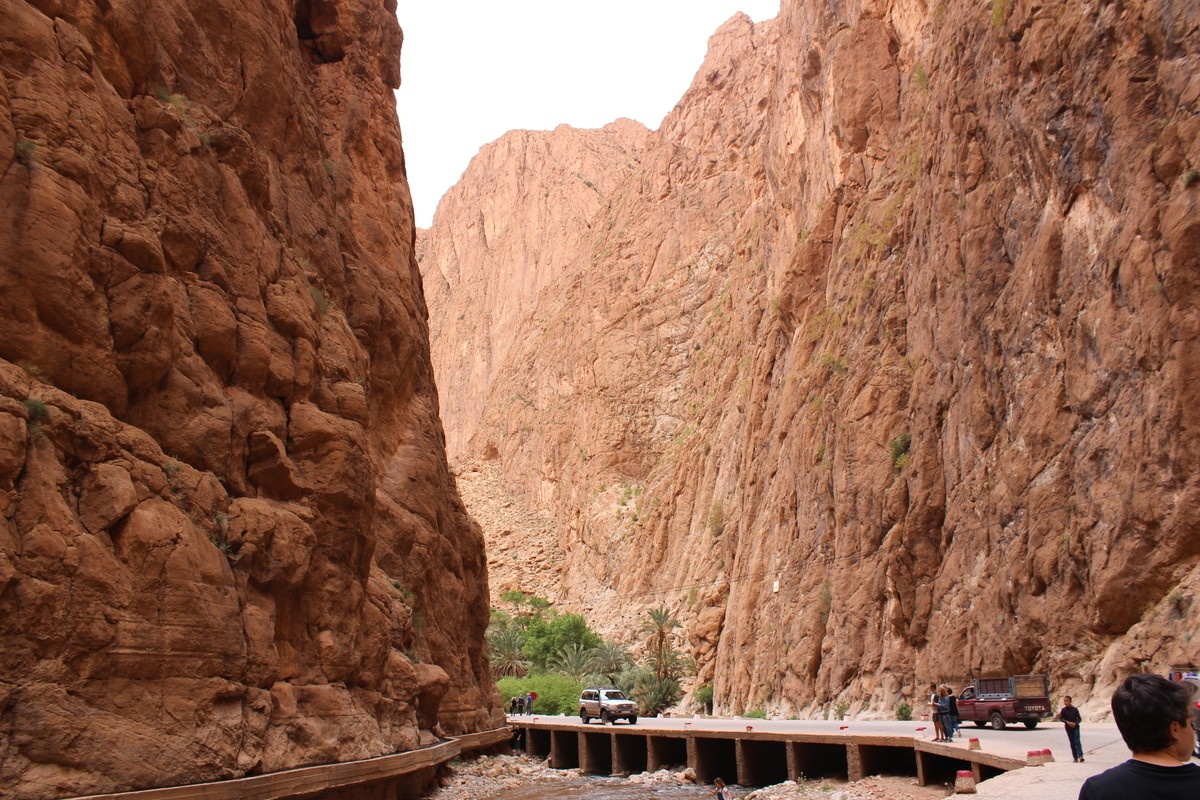
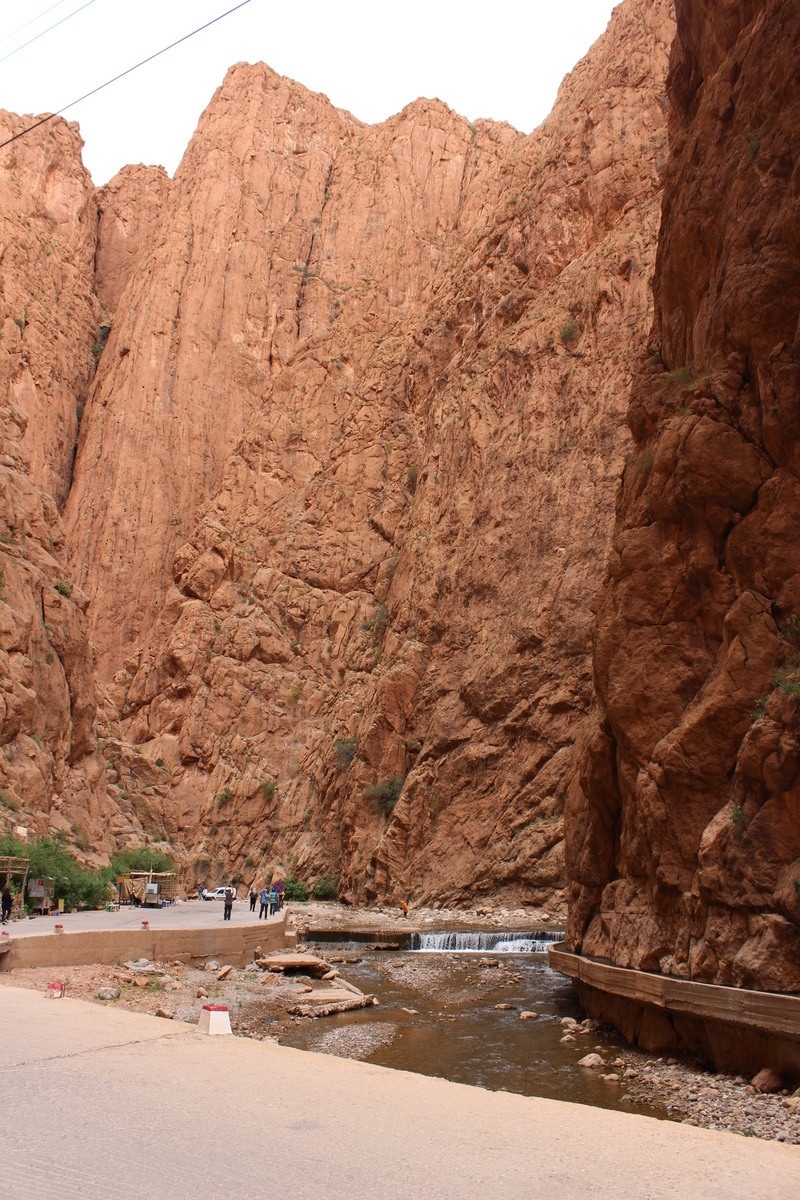
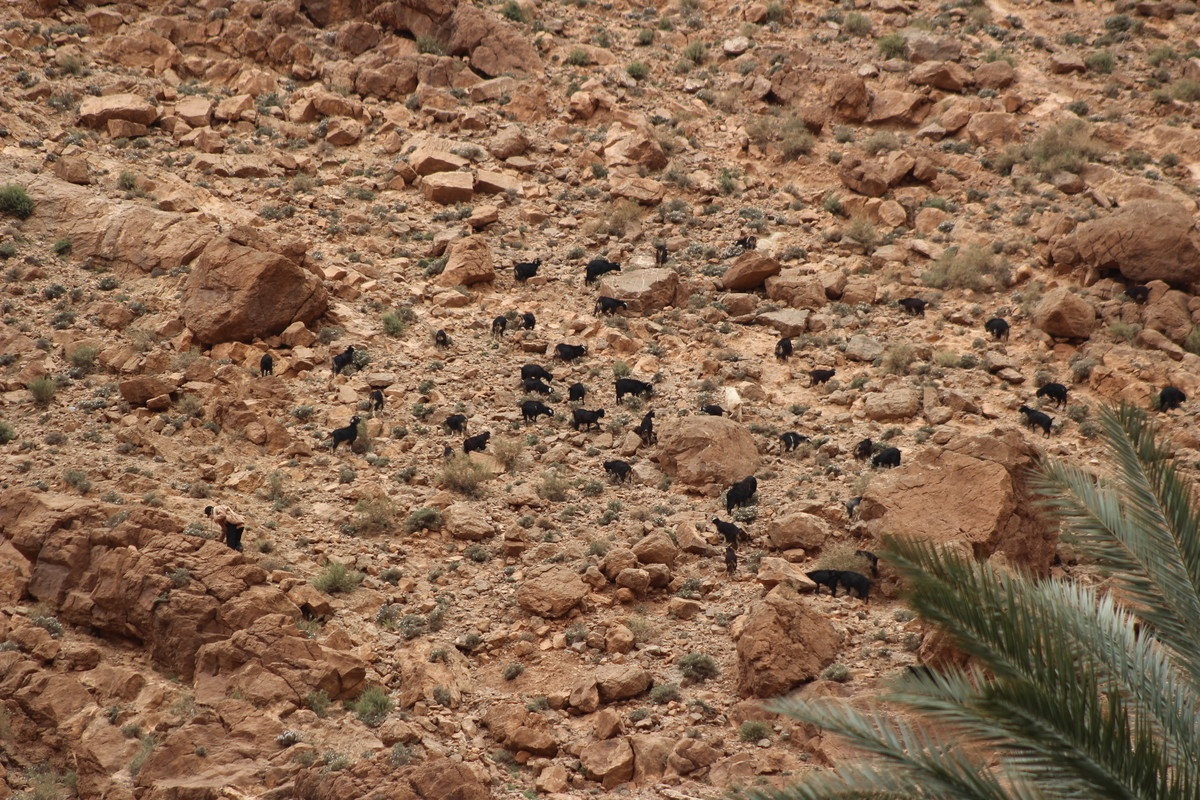
As we drove toward the end of our road trip, we also drove closer to my favorite part of the journey. Merzouga is a Berber village in the Sahara desert, very close to the largest dune set in the country. It is therefore known for the activities in the desert, such as camping.
The magnitude of the landscape combined with the isolated and quiet environment makes camping in the desert a truly unique experience: as if the giant orange dunes weren’t impressive enough, seeing the night sky in the middle of nowhere is always refreshing. And watching the sunrise in the desert will surely be engraved in my memory for a long time.
The camp, in the foothills of a dune, was very enjoyable; the tents and common areas are lovely and the reservation included a dinner menu with a selection of tasty traditional dishes followed by a music performance by the camp staff. You can understand by the photos that we made our way from the village to the camping site riding camels. There’s been a lot of discussion the past few years about how camels and other animals are often treated poorly for the sake of tourism. I didn’t see evident signs of this, but I’m no expert and might misread things. If you’re concerned about this, I recommend taking the jeep—I did that on the way back to Merzouga and riding the dunes in high speed was quite exhilarating (bonus: you don’t get sore from the camel ride).

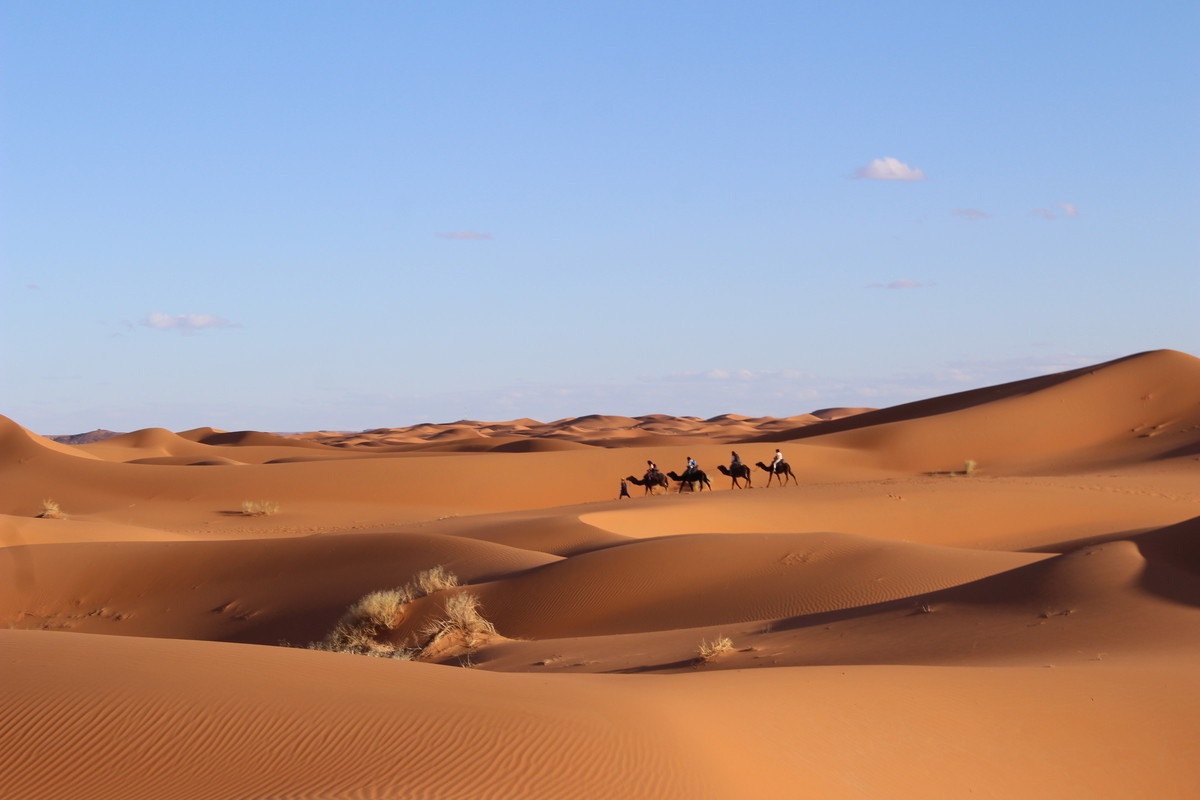
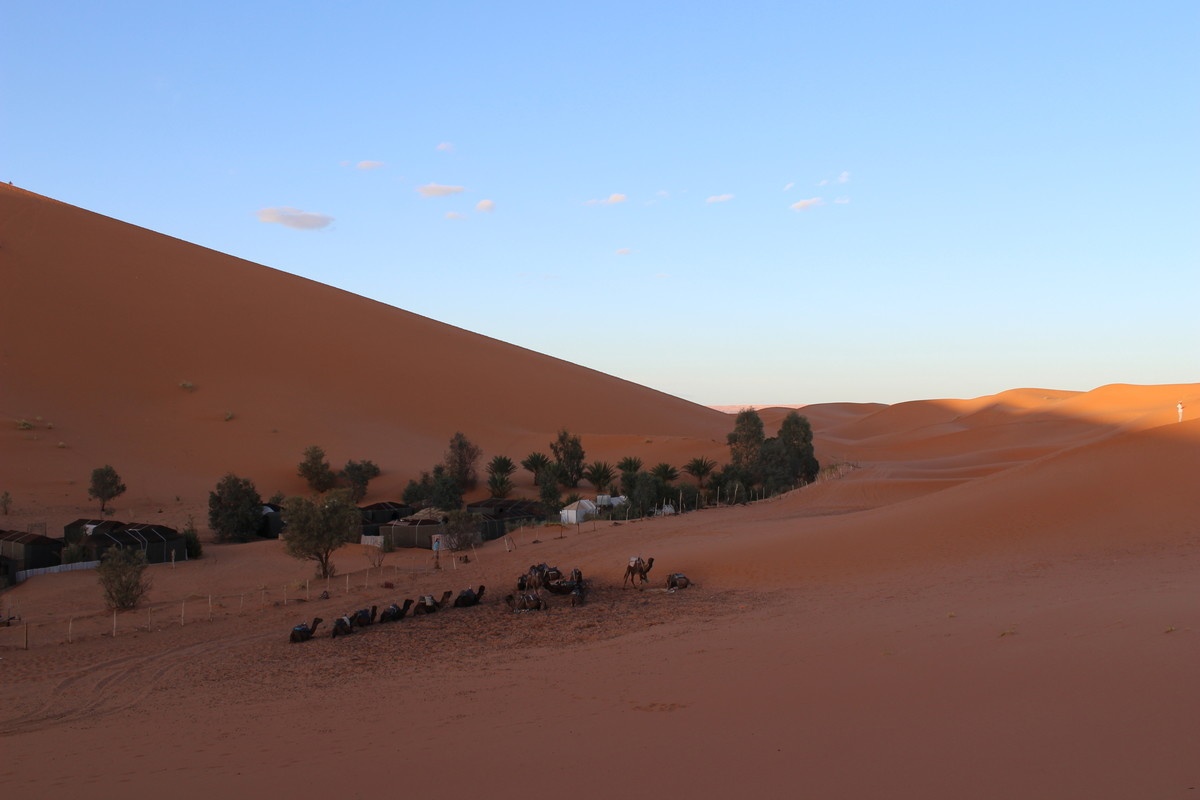
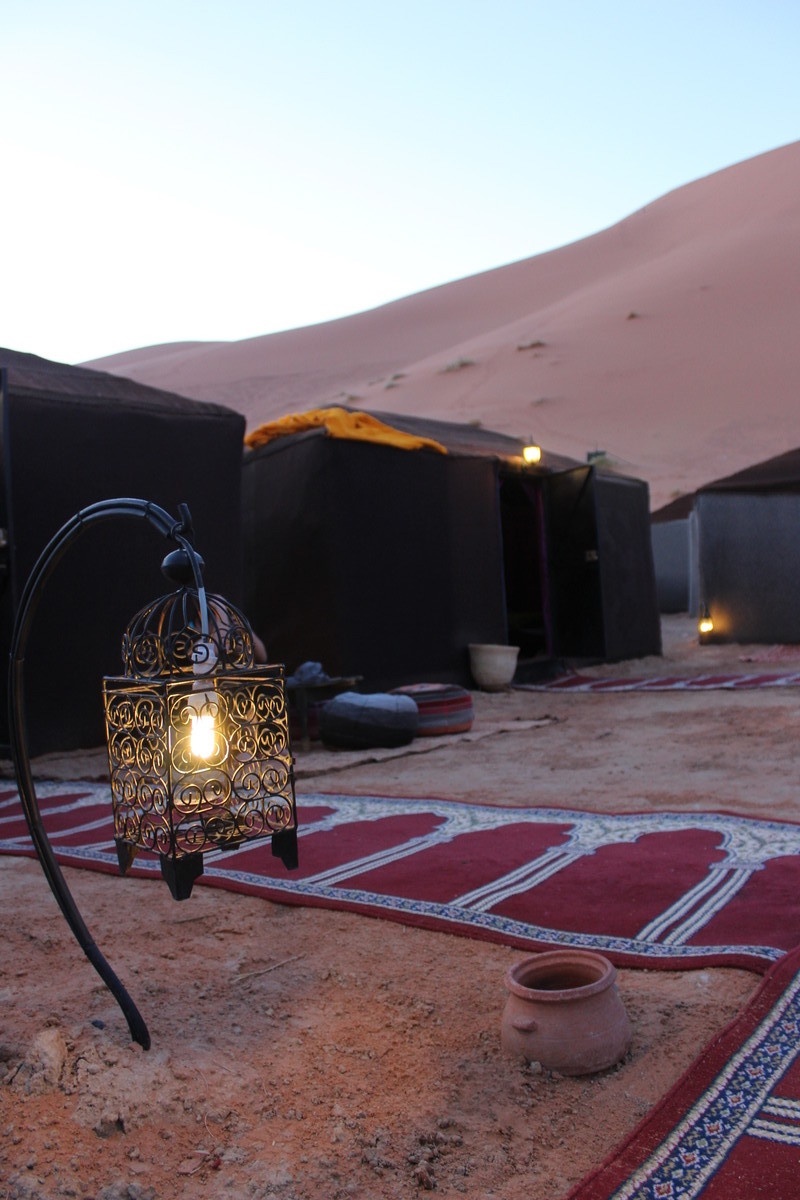
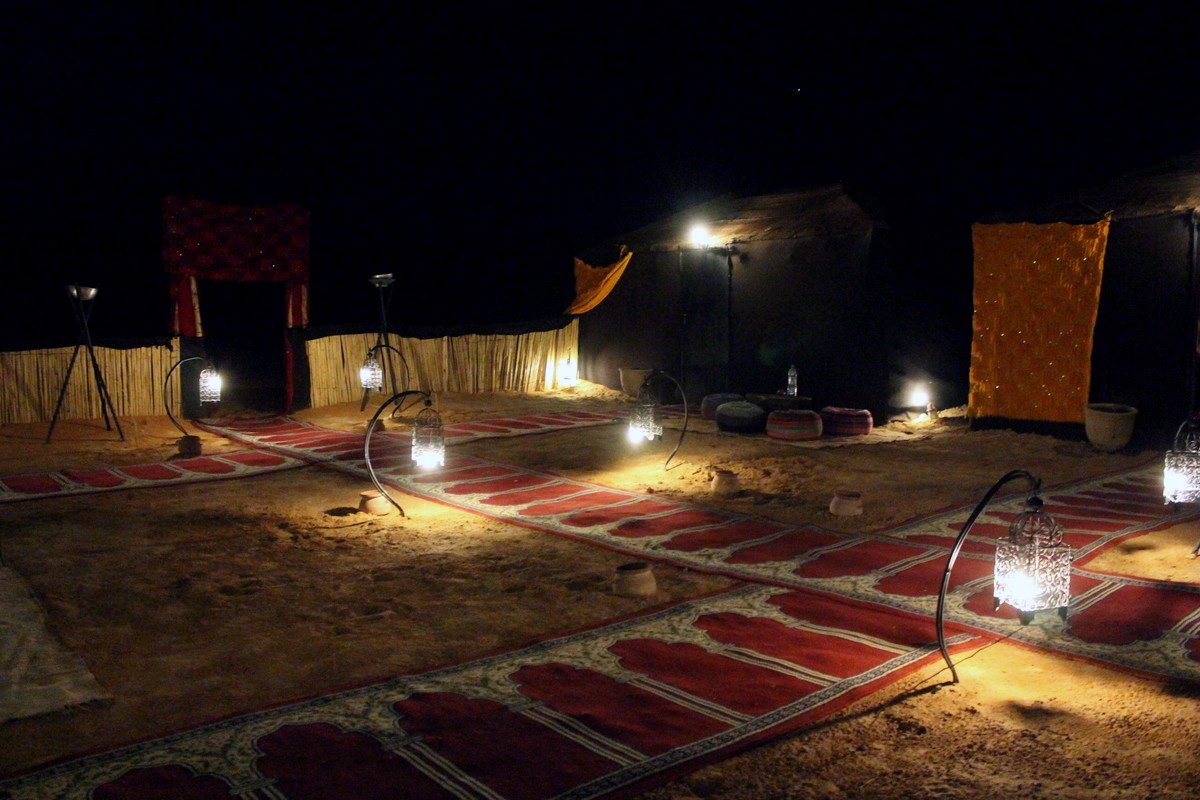
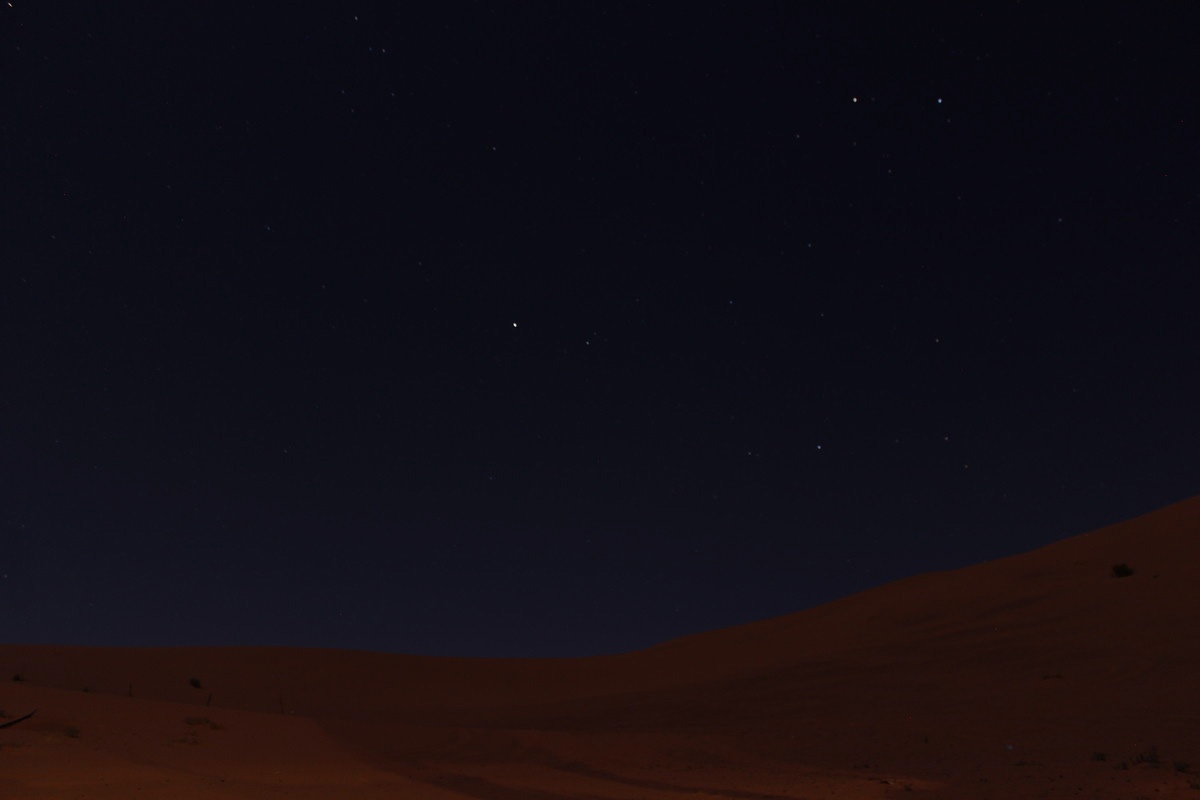
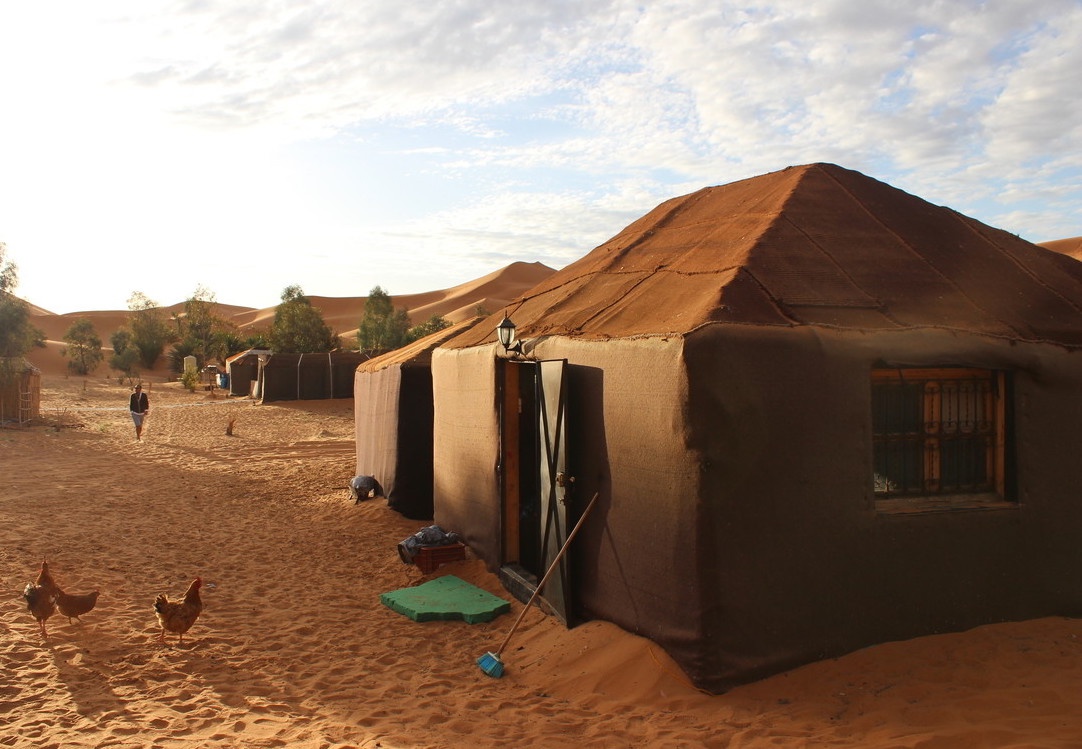
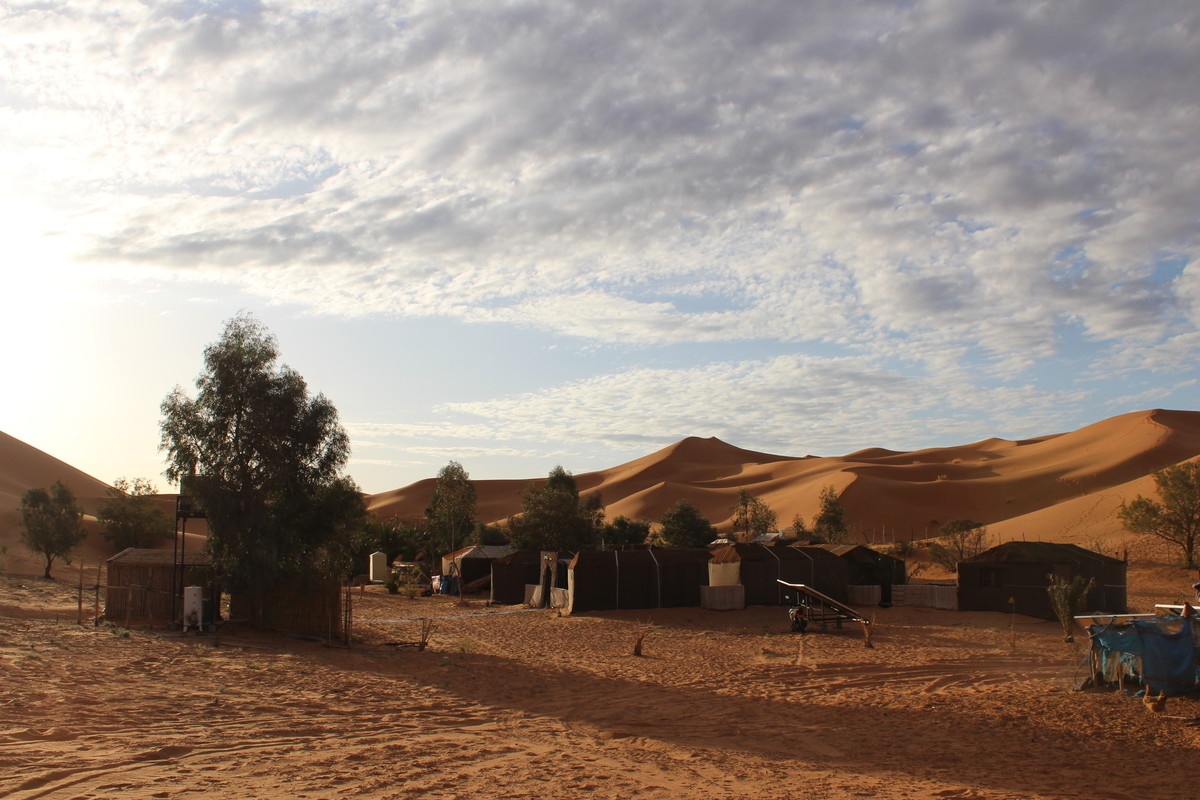
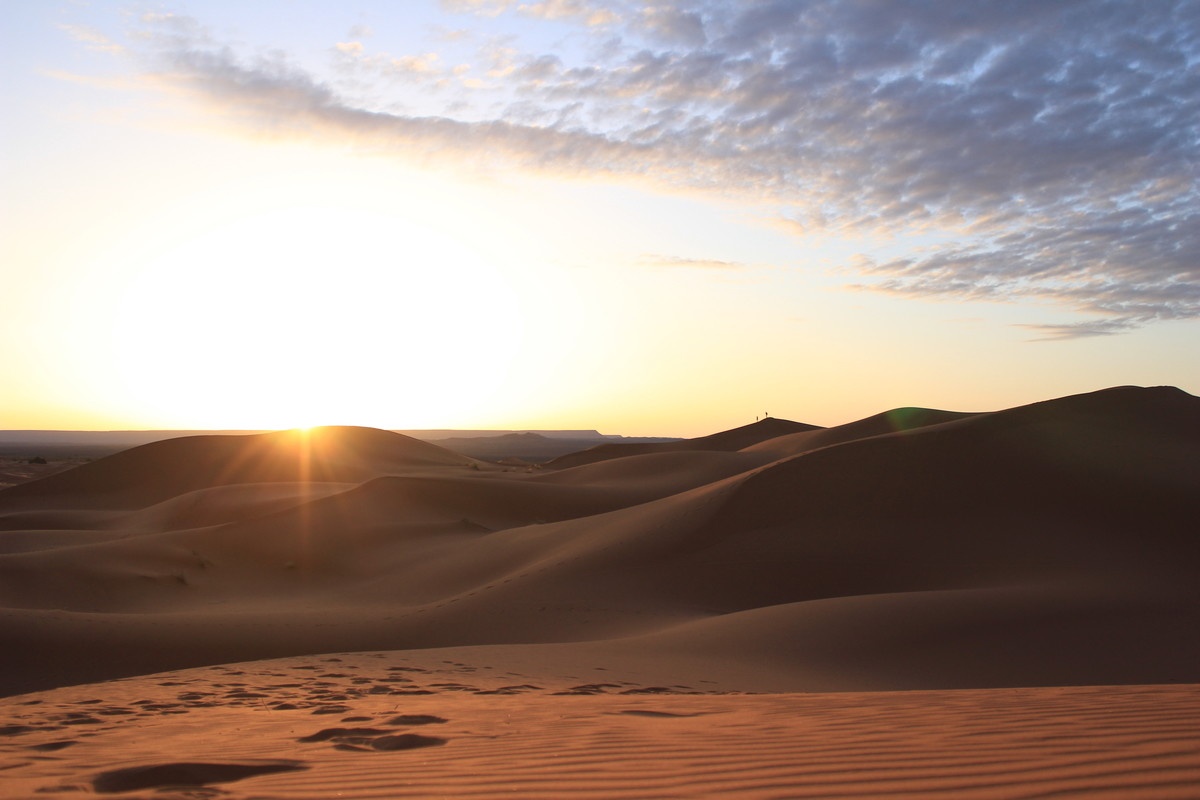
Fes
Our last stop was the city of Fes, the second most visited destination in Morocco, right after Marrakesh. The appeal of this city is that tourism doesn’t seem to have changed it as much as Marrakesh, with over 150.000 people still living in somewhat medieval conditions inside the chaotic maze of the old medina. We too stayed two nights in the medina, giving us an overwhelmingly authentic experience: narrow streets crowded with merchants and artisans, donkeys and hand-pulled cars as the only means for transportation, good and bad smells—all included.
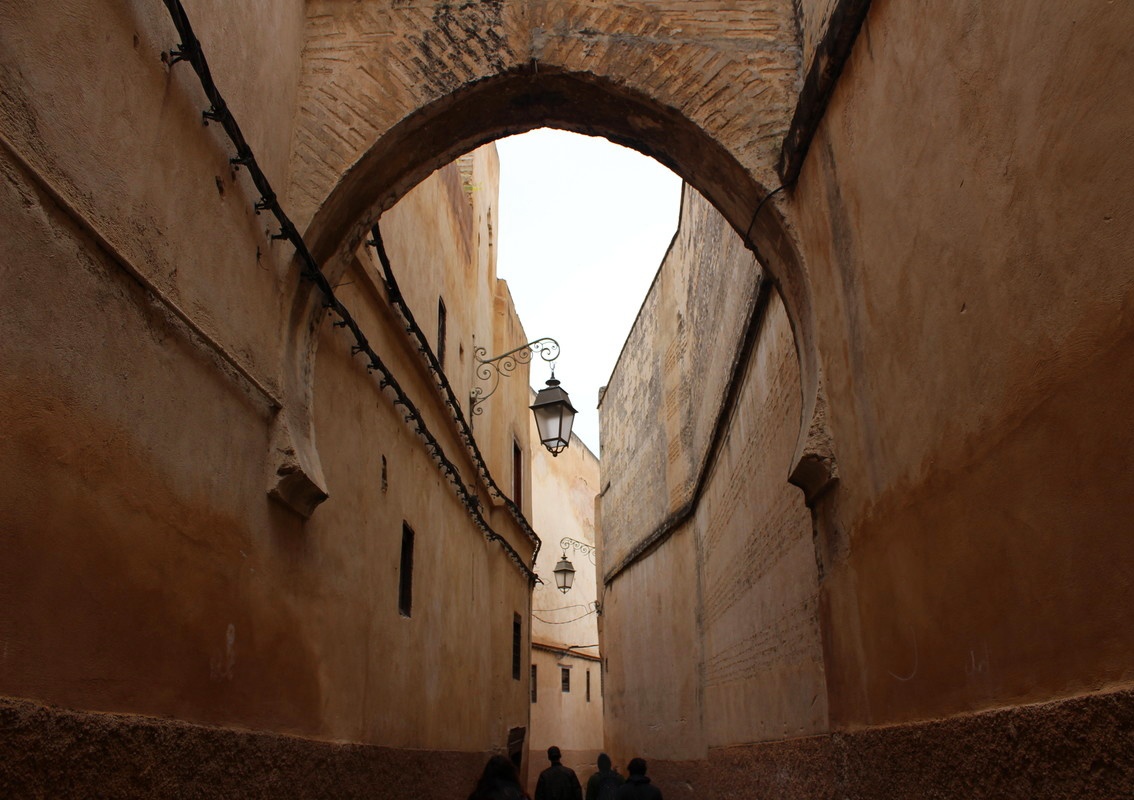
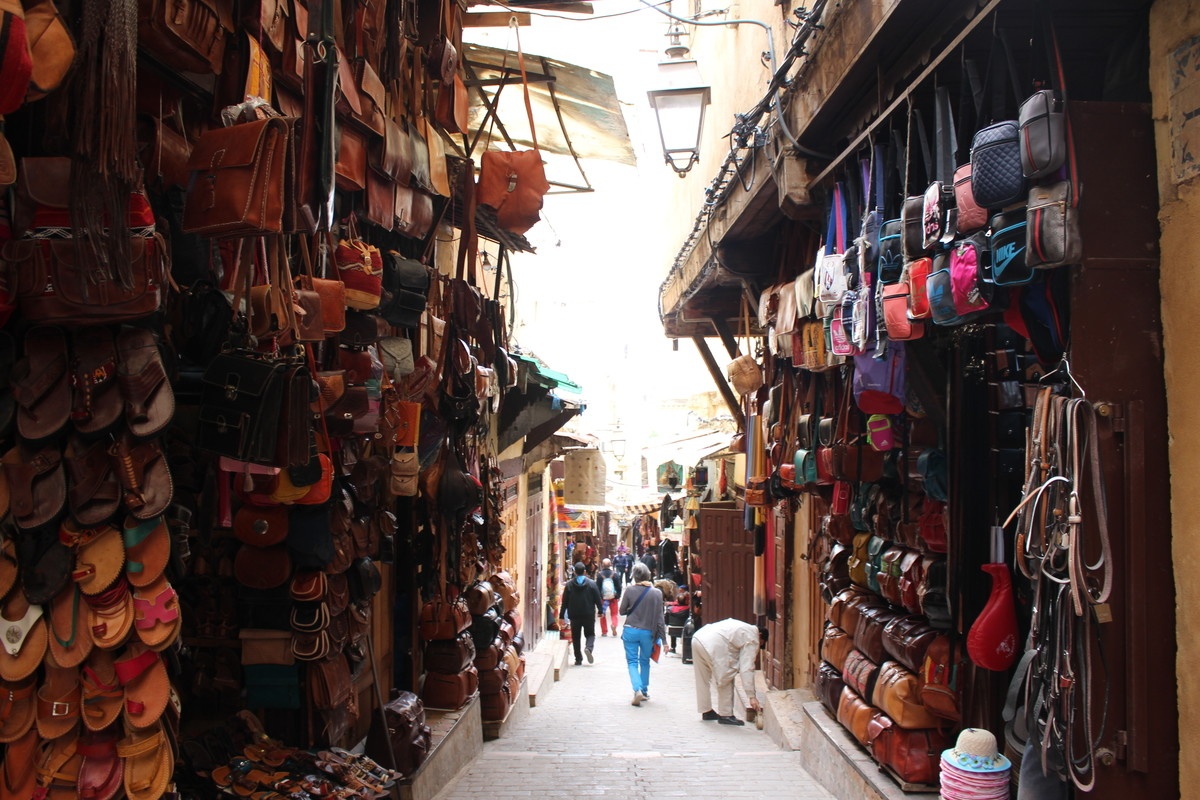
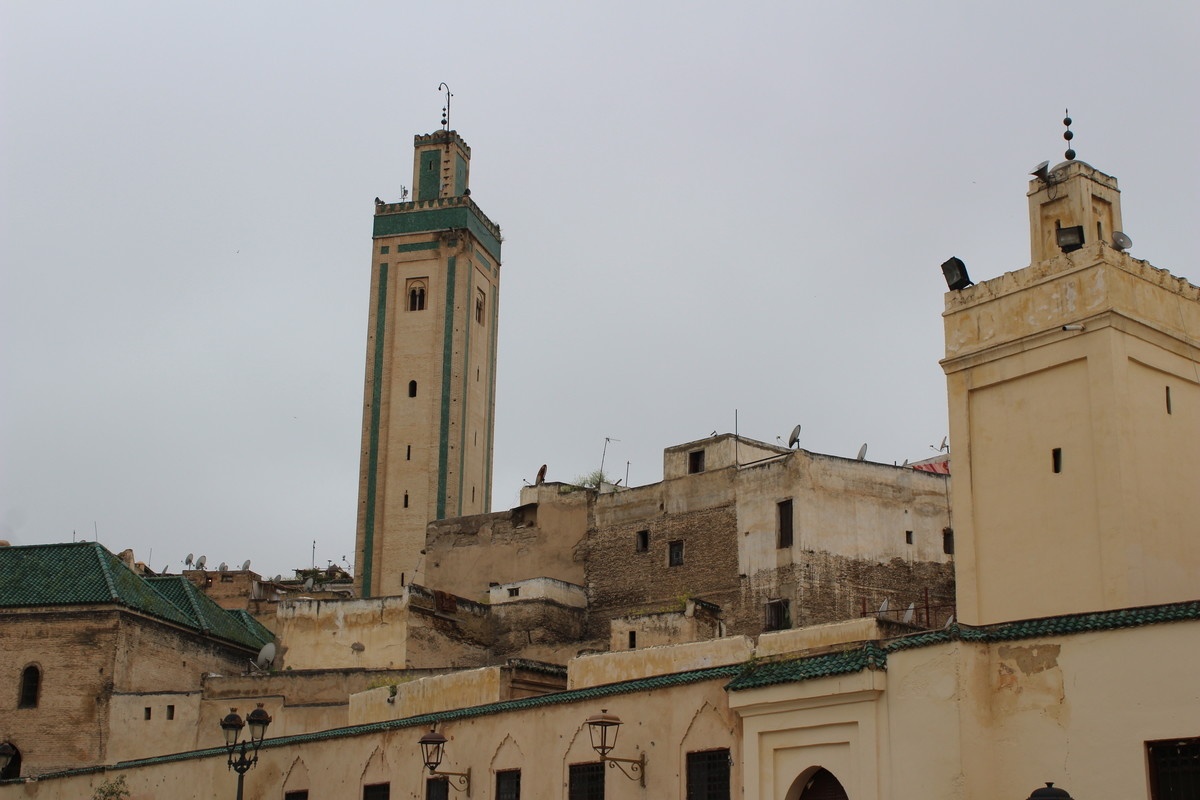
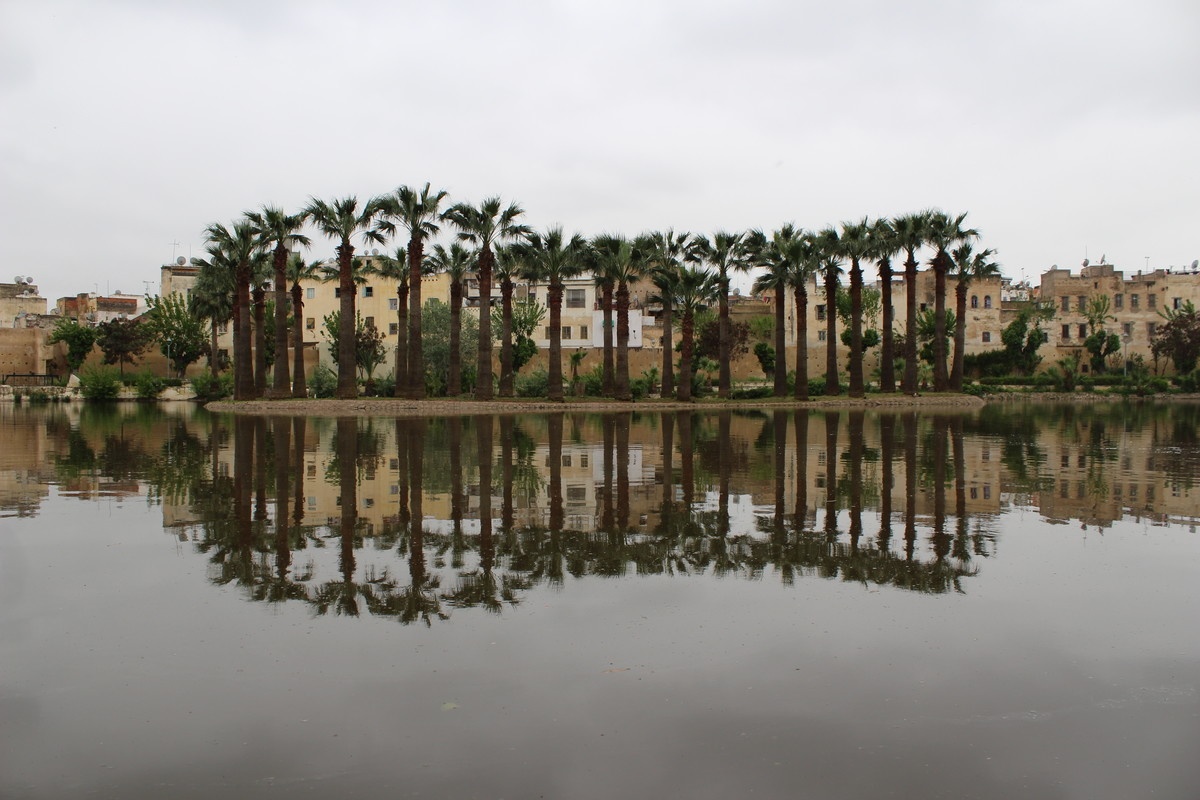
Speaking of smells, the Tanners Quarter is a must-see in Fes, but be prepared because the experience is as interesting as painful. In the tanneries, you’ll see barefoot workers dyeing skins in all kinds of shades. But because the skins are treated with cow urine and pigeon droppings, the odor inside the tanneries is almost unbearable. While in the quarter, we were approached by several locals wanting to show us the tanneries. We decided to go with one of them, but if you don’t feel too adventurous you may try to book a guided tour with your hotel. Of course after the tour, the "unofficial tour guide" bargained with us for high amounts of money and also led us into his uncle’s spice shop, but it all went well. He even showed us the poor accommodations of the workers and a hill with a splendid view of the medina.
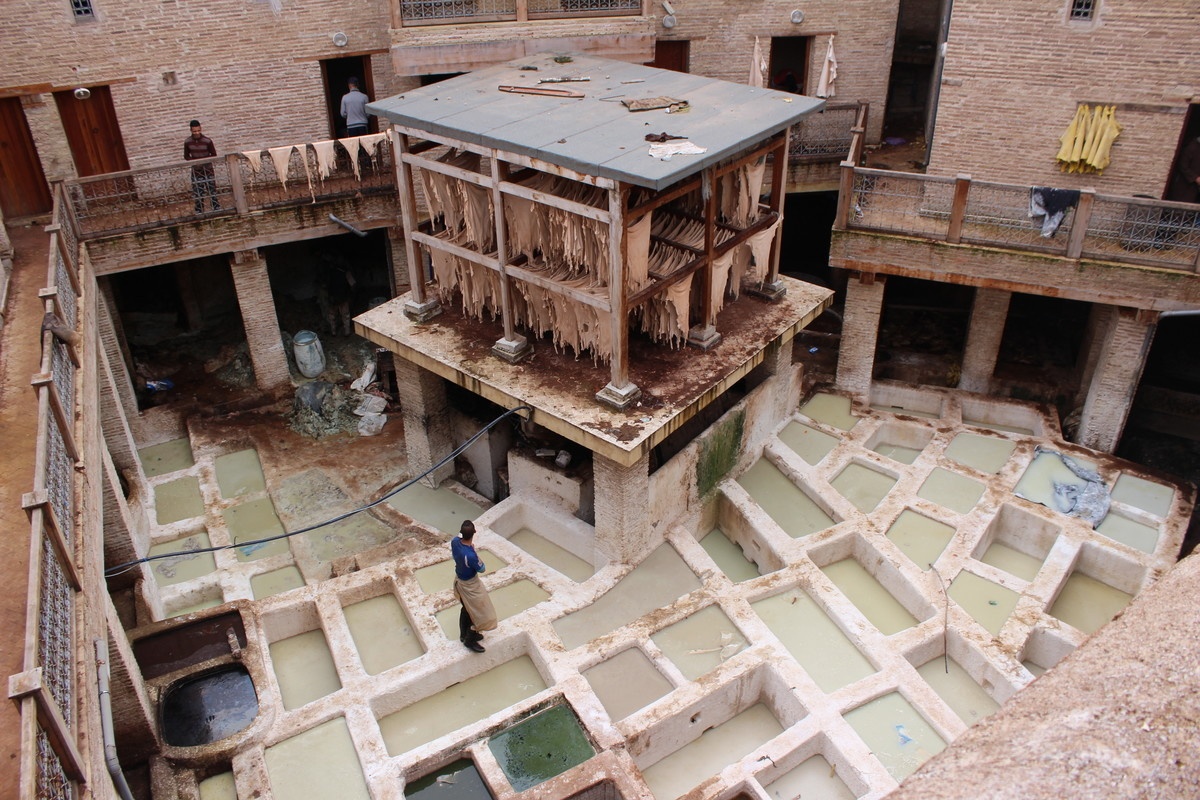
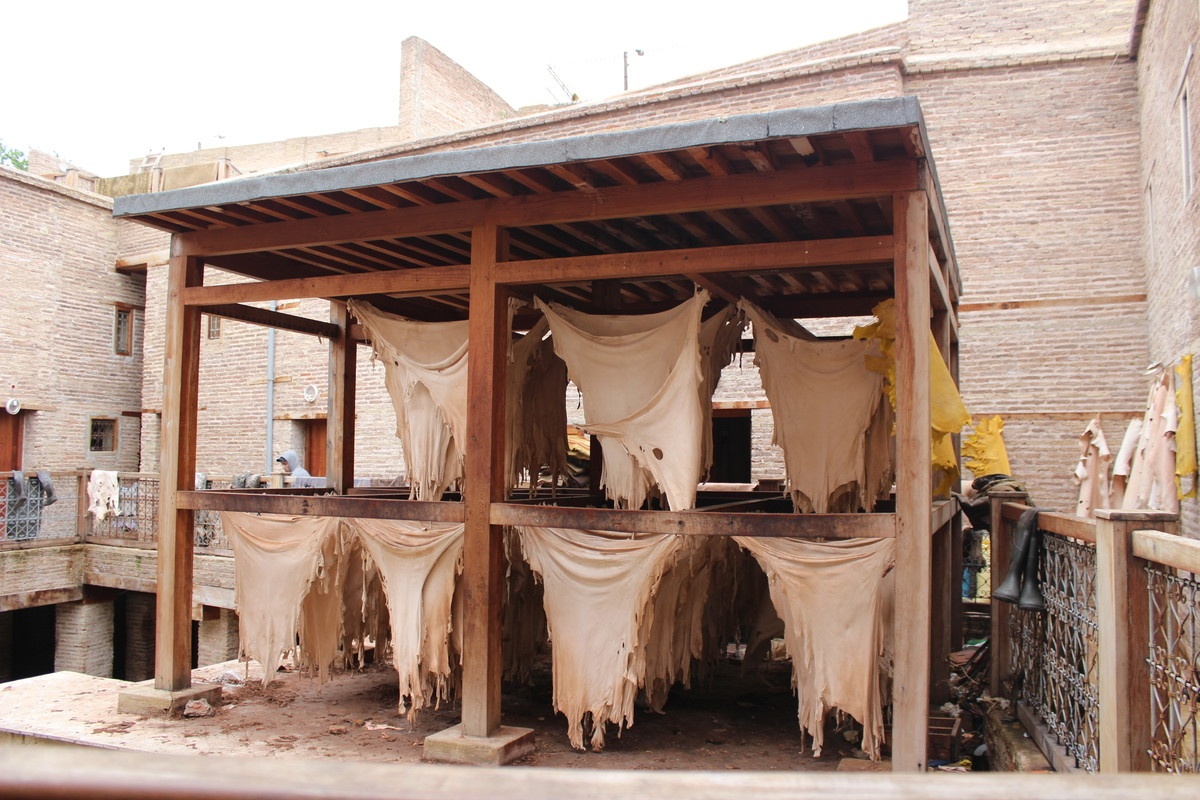
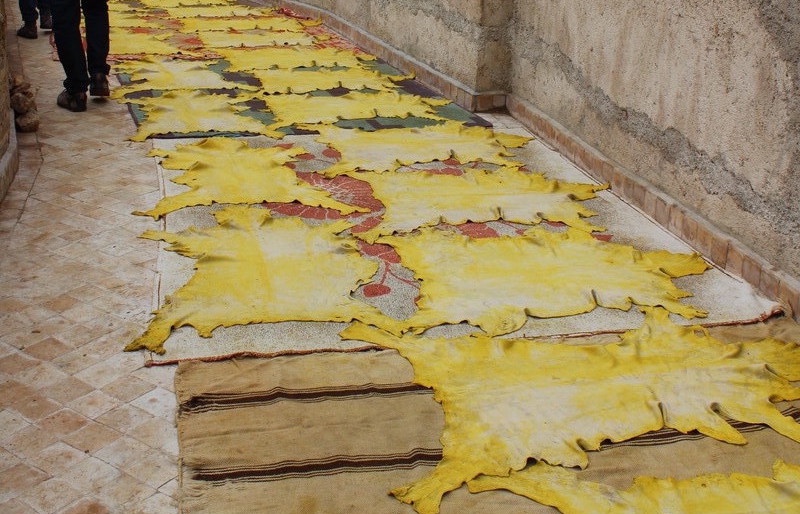
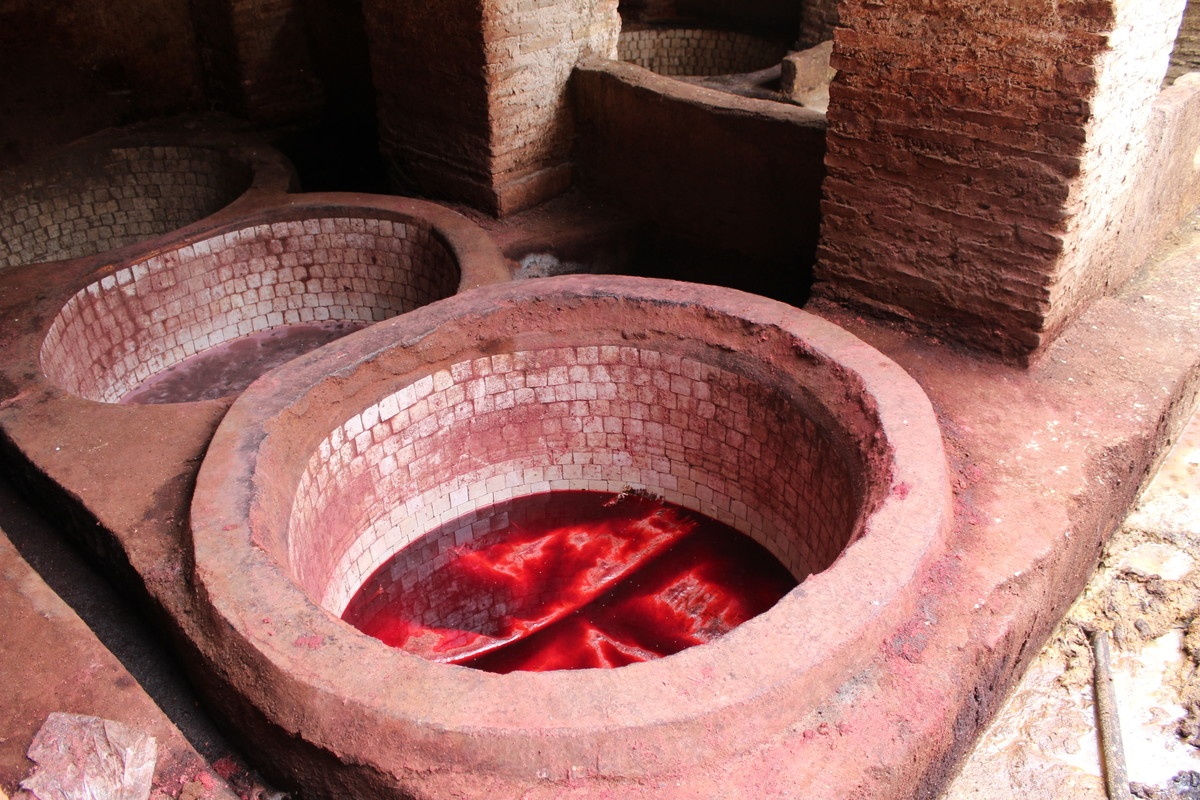
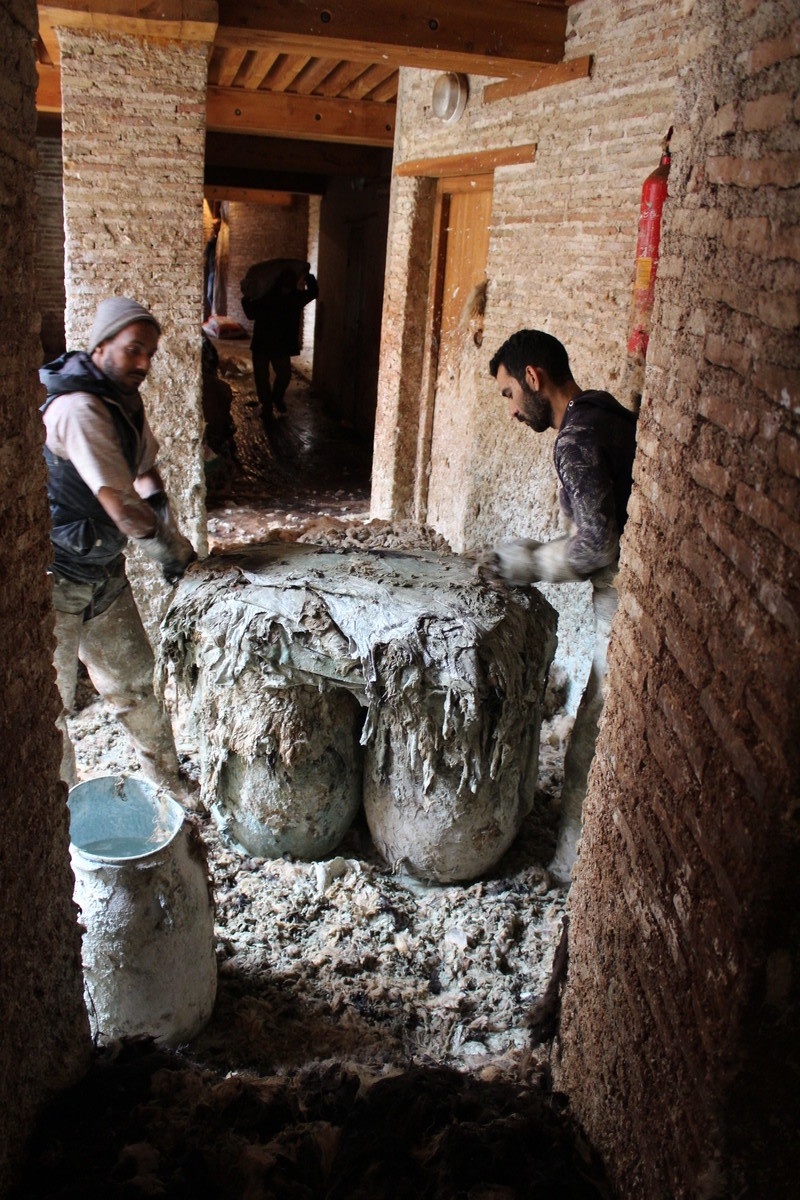
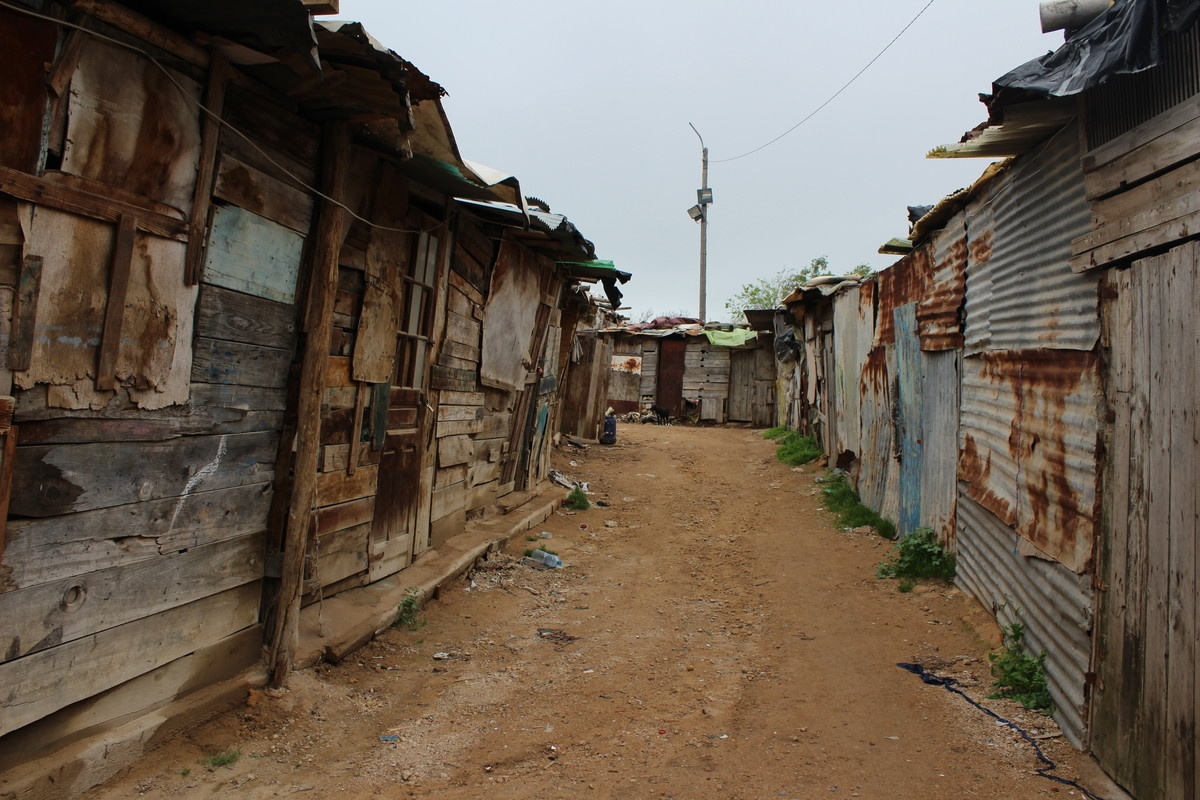
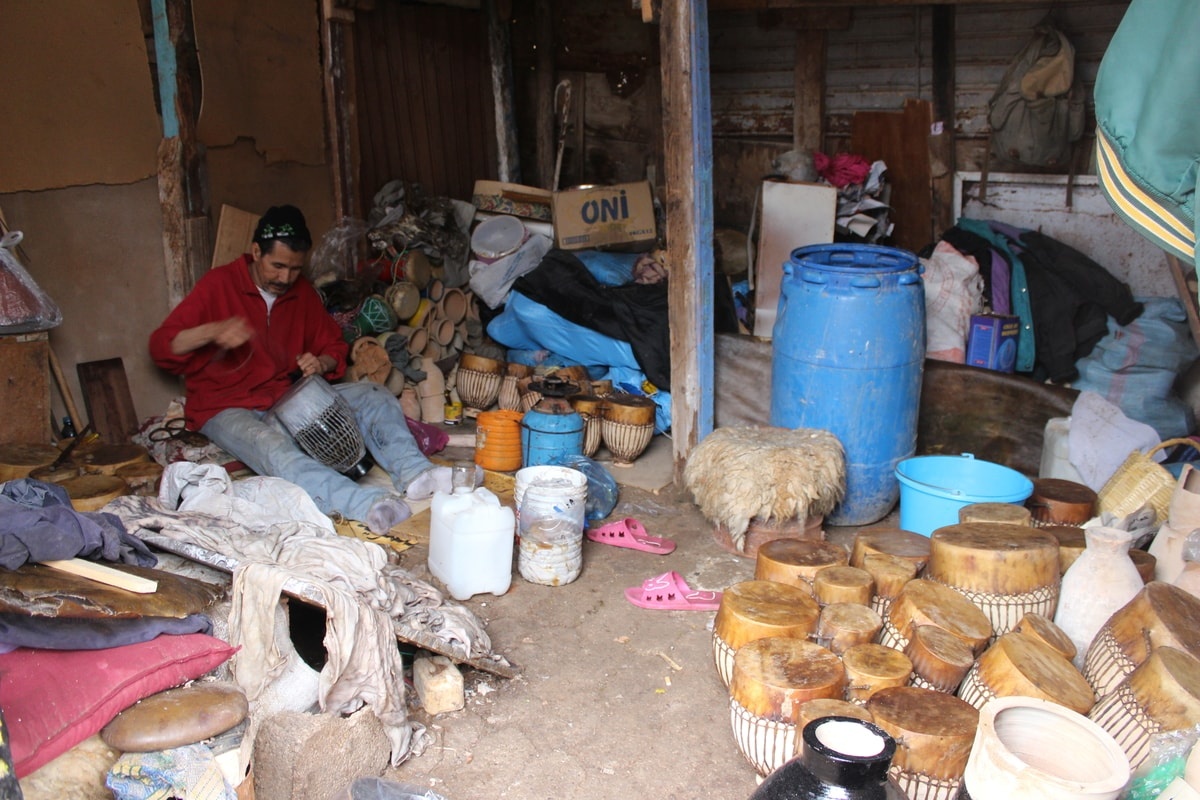
I loved visiting Morocco, as it was the most different culture I’d ever had contact with. I can’t recommend the destination enough, and please don’t stay enclosed in a resort, explore the country!
To my uncle and aunt, who planned the trip from start to finish and took me with them: a heartfelt thank you for showing me the most beautiful things, as always. ❤